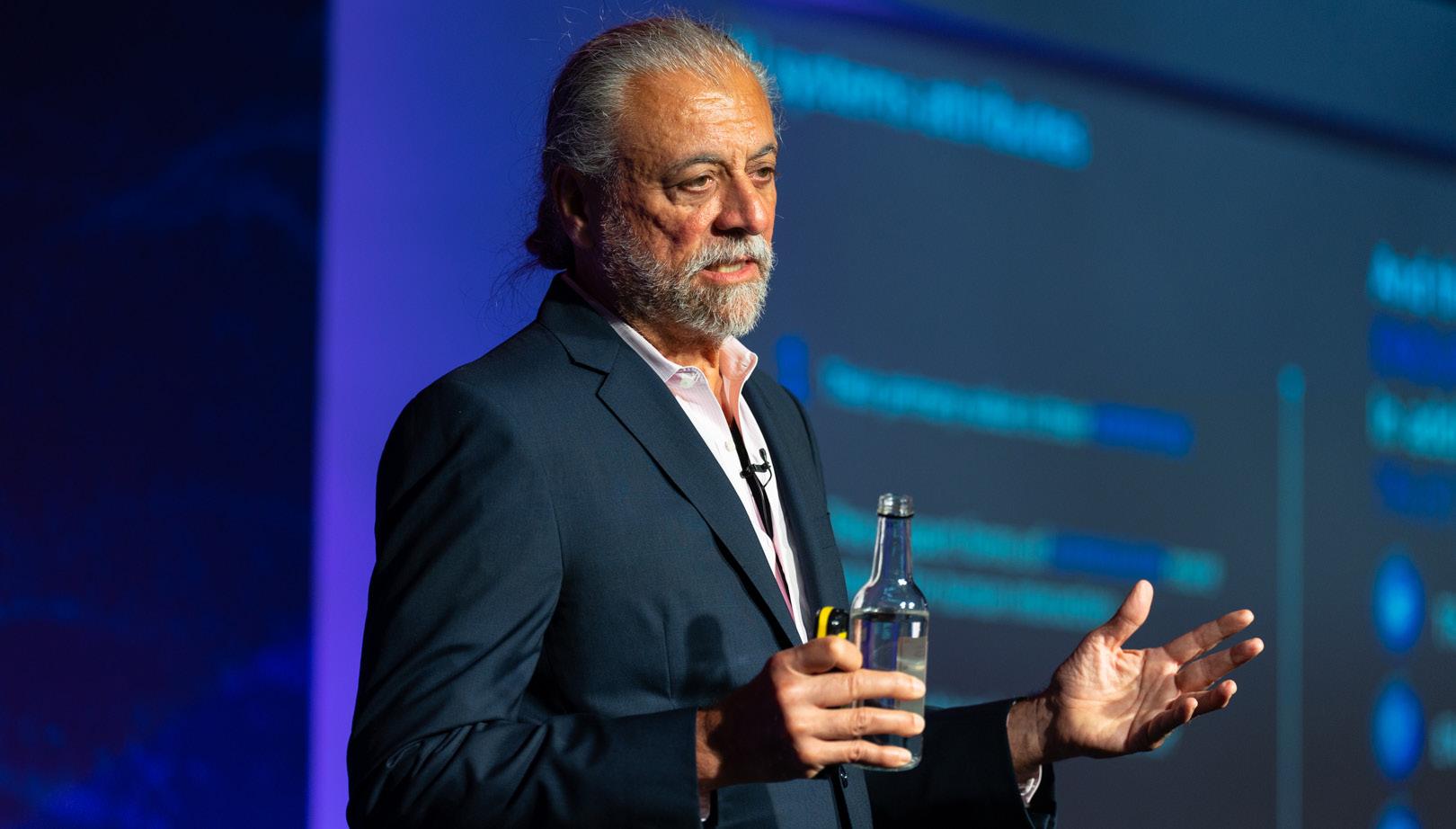Women in data centres
DESIGN & BUILD
CBRE’s insights into data-driven market expansions
SUSTAINABILITY
Designating diversified data as DC sustainability saviour

Women in data centres
DESIGN & BUILD
CBRE’s insights into data-driven market expansions
SUSTAINABILITY
Designating diversified data as DC sustainability saviour
Marcos Peigo, Co-Founder and CEO, outlines how Scala Data Centers is enabling Latin America into the future
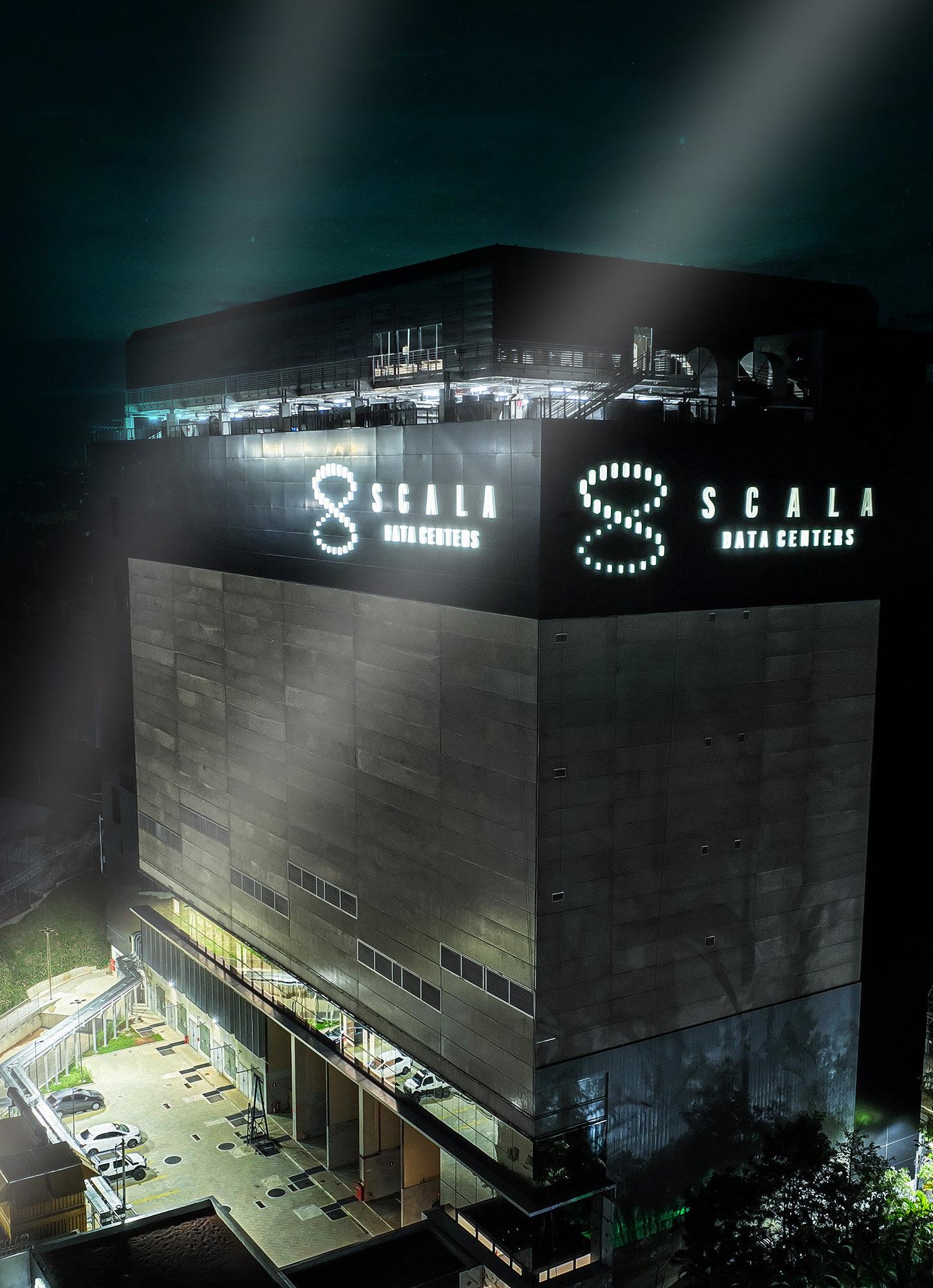










Are you looking to be ahead of the curve on all sustainability topics? To become a part of the conversation, cement existing relationships, and make meaningful new business connections?






On April 19th 2023, Sustainability LIVE New York is bringing together the greatest voices in the industry to further the discussion about what should, can, and must be done for a sustainable future. Brought to you by BizClik, and in association with Sustainability Magazine, this exclusive one-day virtual event, which includes renowned keynote speakers, engaging fireside chats, and panel discussions are a crucial deep dive into challenges facing the future of sustainability, net zero, and ESG.

It’s time for DISRUPTION.
This is your chance to share your innovations with the Sustainability community by making an impact in front of fellow groundbreakers, decision-makers and influencers at Sustainability LIVE New York 2023.
Position your business as a pioneer in Sustainability, access thousands of potential partners and influence businesses at the highest level.
Both global giants and innovative start-ups alike can discover the ideal platform with easy access to an engaged and active audience.
See you on 19th April 2023
Be part of the revolution. One of the innovators changing the industry by doing things differently. It’s time to change the rules of the game.▶ Watch our promo video for Sustainability LIVE New York Virtual 2023
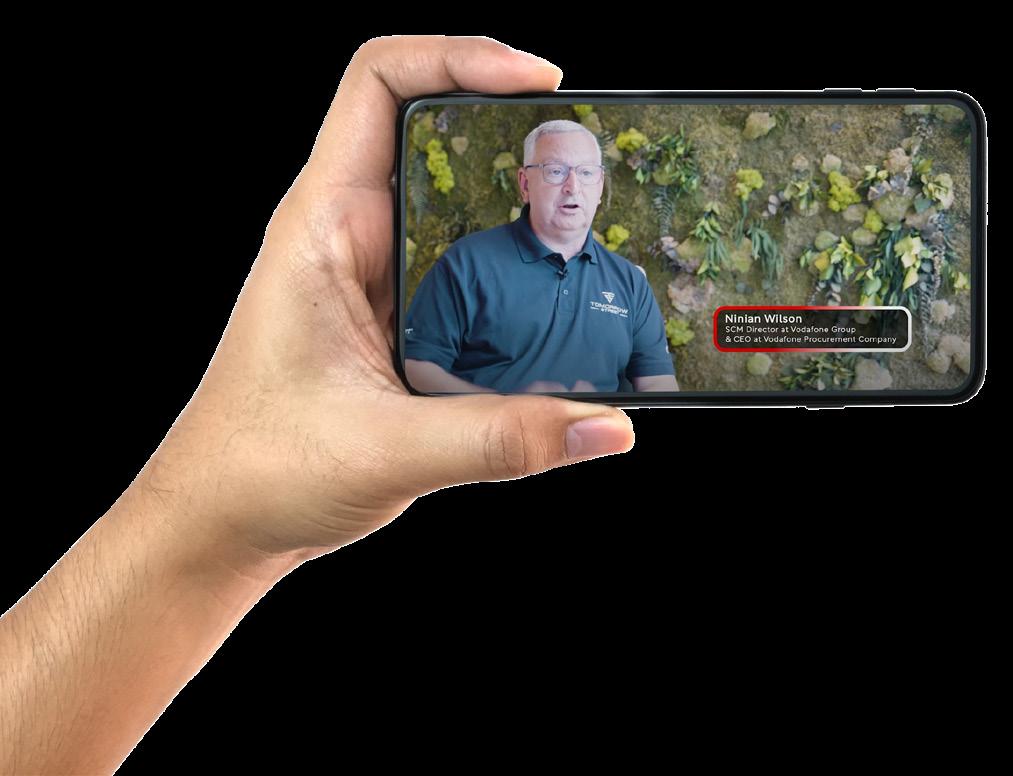


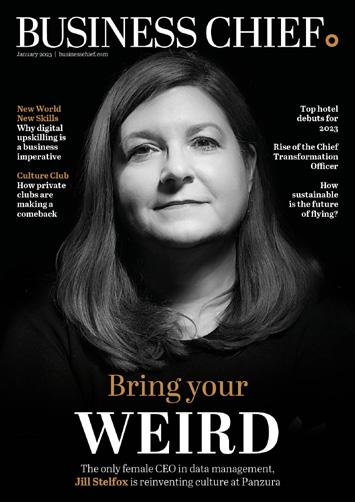

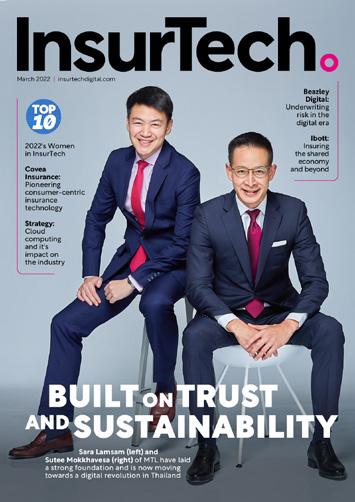

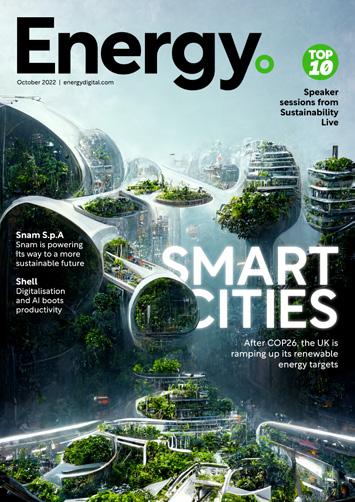


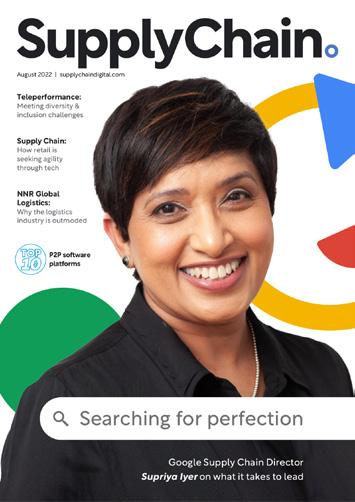
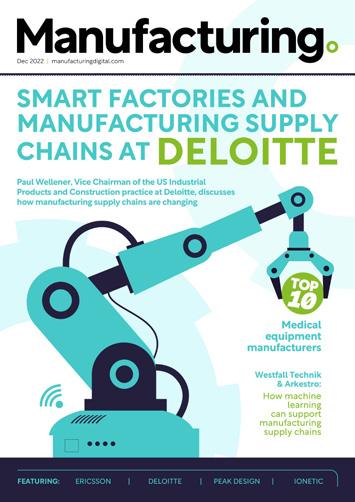
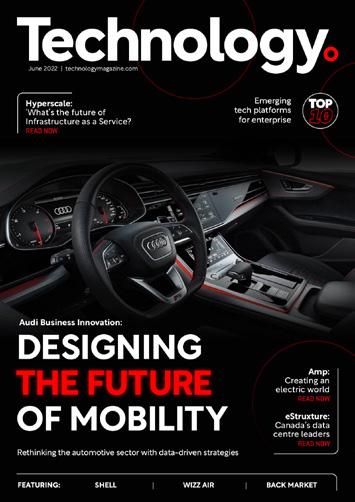


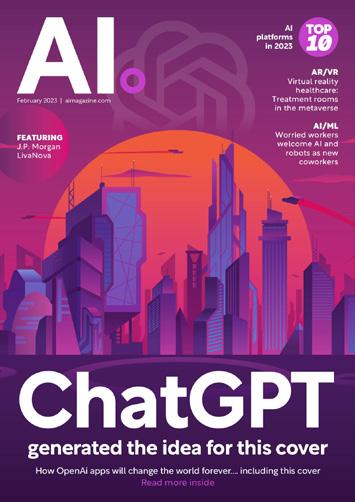

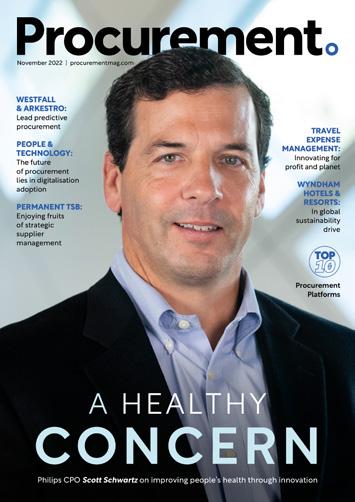







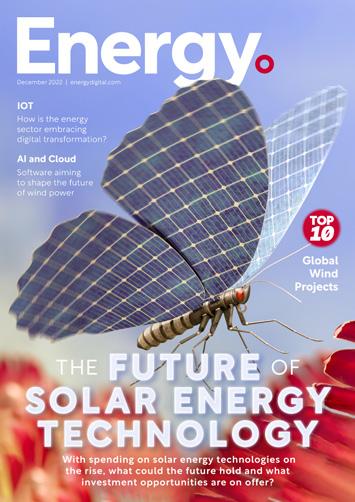
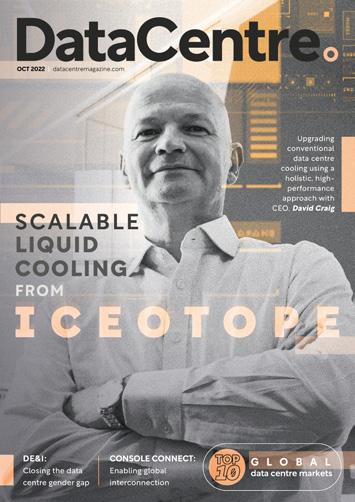

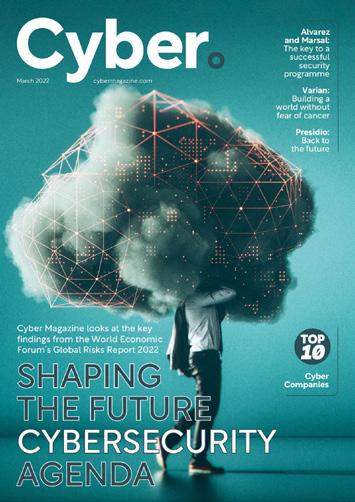


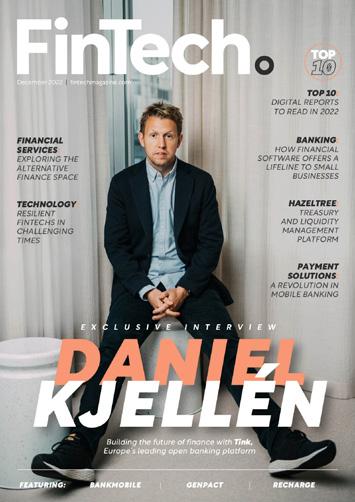



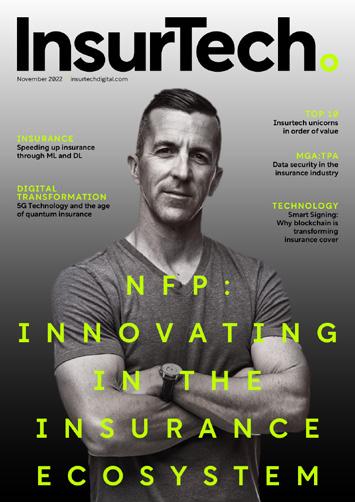



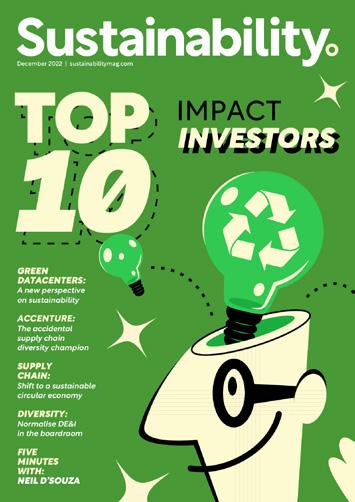
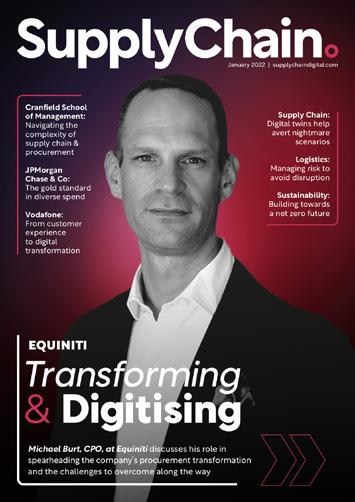





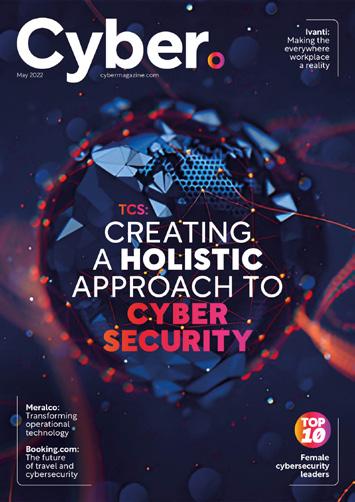

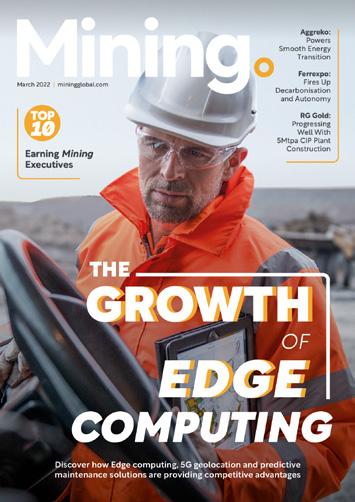




We produce Digital Content for Digital People across 20+ Global Brands, reaching over 15M Executives
Digital Magazines

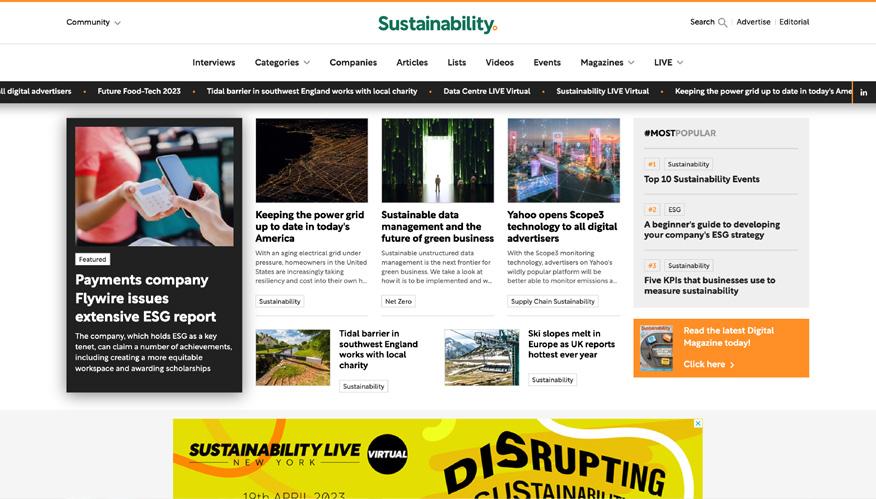




Websites
Newsletters
Industry Data & Demand Generation
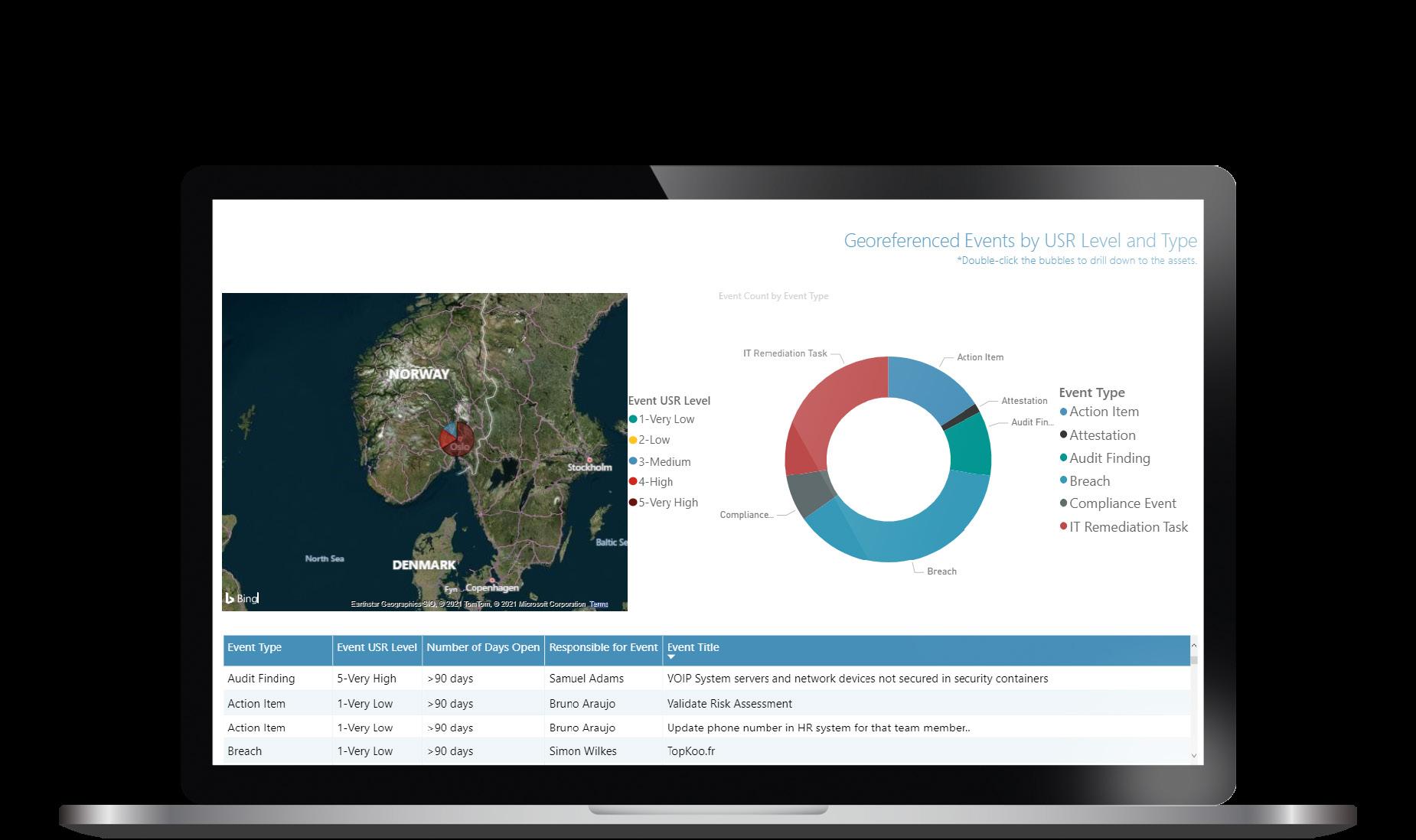

Webinars: Creation & Promotion
White Papers & Research Reports
Lists: Top 10s & Top 100s
Events: Virtual & In-Person




Work with us






Data centres are by no means the only tech sector that is suffering from an evident gendered talent gap. But, thanks to the growing network of pioneering role models, we’re starting to see this industry-old divide diminishing

According to a recent Uptime Institute survey, over 75% of data centre operators said that their workforce consists of a maximum of 10% women.

In fact, almost a quarter of those surveyed revealed that they don’t have any women in their design, build, or operations teams.
Across the board, technology is a sector that has long struggled with its diversity standards.
But, with the growing presence of female mentors and inspiring role models, there are finally signs of a shift in the data centre talent pool.
So, it is with no small amount of personal pride that, in this month’s Data Centre Magazine, we shed a spotlight on the Top 10 women in data centres for 2023.
This issue, we have showcased the new ground that they are breaking in the industry – not just in terms of their remarkable individual achievements, but the torches that they are bearing for all women establishing themselves in this field.

“WITH THE GROWING PRESENCE OF FEMALE MENTORS AND INSPIRING ROLE MODELS, THERE ARE FINALLY SIGNS OF A SHIFT IN THE DATA CENTRE TALENT POOL”
12 BIG PICTURE Green Mountain's Norwegian Lobster Farm

14 THE BRIEF Data Centre Live Global 2023
16 TIMELINE Data centre sustainability and the European Green Deal
18 TRAILBLAZER Bill Kleyman
22 FIVE MINS WITH Andrew Filev

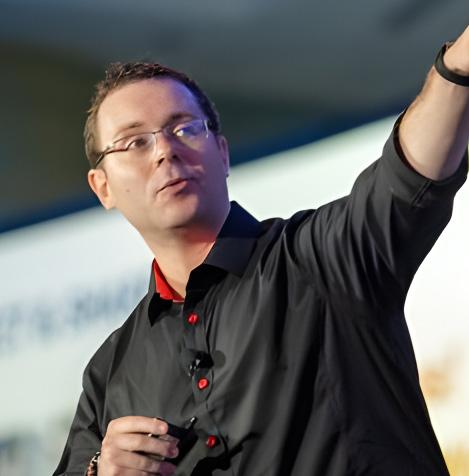





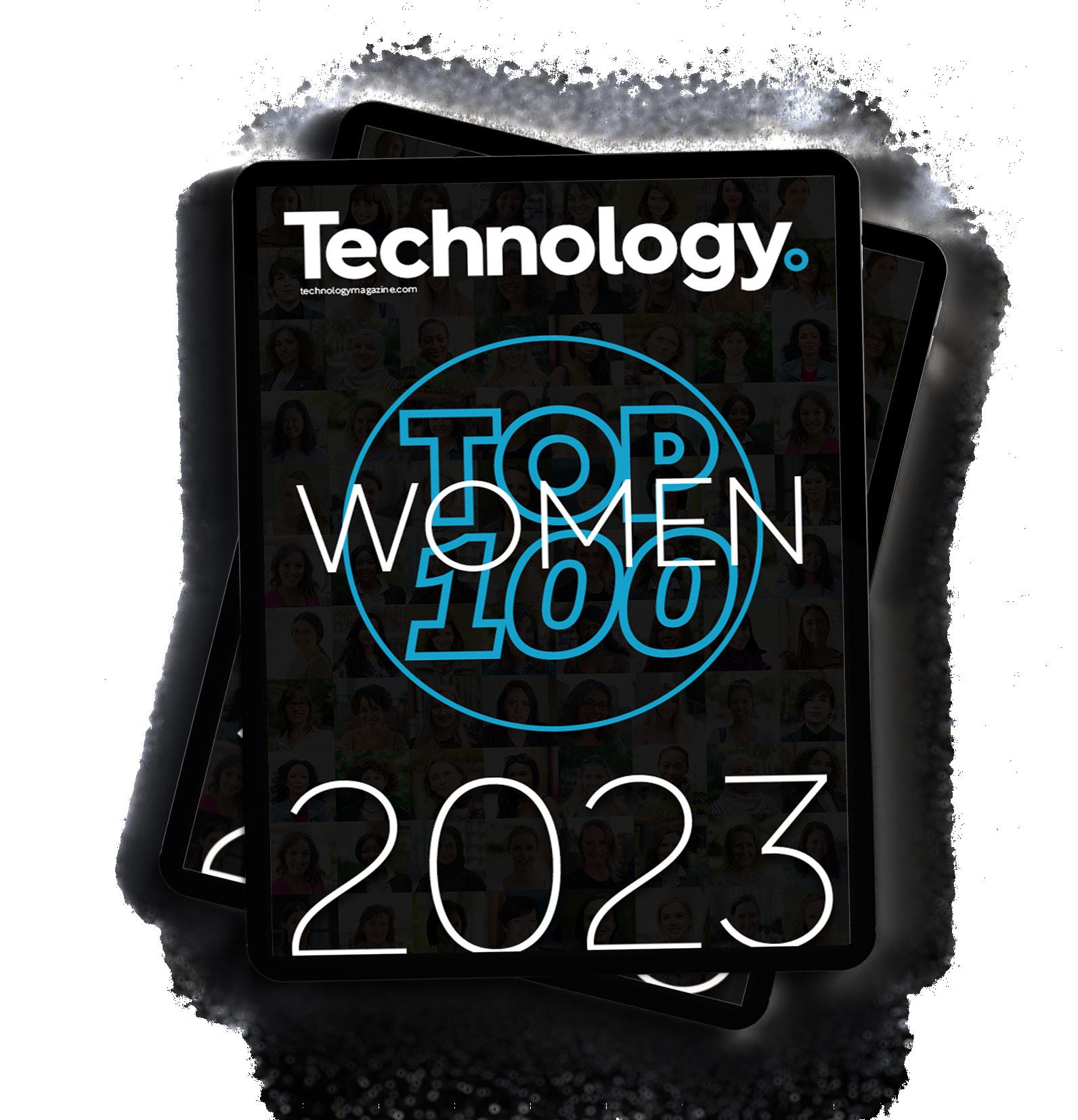

28 SCALA DATA CENTERS
Enabling Latin America into the future
62 SWITCH DATA CENTERS
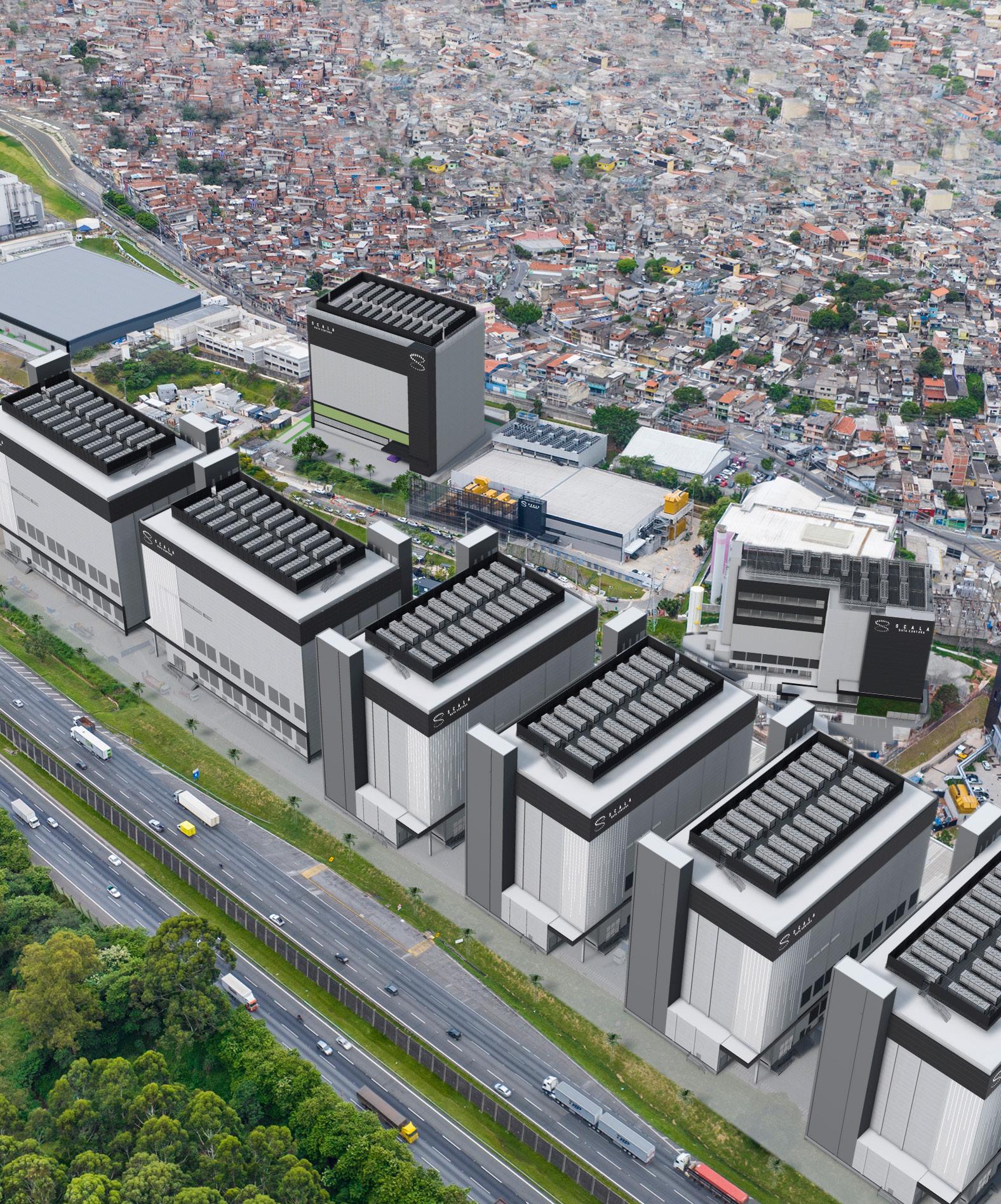

Sustainability strategies and getting the public on-board
90 EXA INFRASTRUCTURE
Enabling expanding data centre interconnectivity


Green Mountain and Norwegian Lobster Farm have formed an agreement regarding the reuse of wasted heat from the SVG1-Rennesøy data centre.
To achieve optimal growth, lobsters require a seawater temperature of 20°C. Now, thanks to the collaboration, heated wastewater can be taken from Green Mountain’s data centre and redirected to the farm, providing the perfect conditions without requiring any additional energy expenditure.
This solution will be used to support the operations of the world's first landbased lobster farm, while representing a pioneering example of data centres driving a circular economy.





We really believe that digital infrastructure is the way to pave the future for these countries and to enable the growth in a sustainable manner
Marcos Peigo Co-Founder & CEO, Scala Data Centers


R$2BN
Scala Data Centers has announced a major investment in improving sustainability standards, with industryleading green energy efficiency expansion projects debentures, totalling R$2bn, with maturity of five years. This transaction represents the largest of its kind in Brazil, and the first in the country’s data centre sector.
£500MN
Vantage Data Centers has made its first move into London – the largest data centre market in Europe – with a £500mn investment and 48MW campus. This marks just one part of Vantage’s UK data centre expansion plan: alongside this, the hyperscale provider has also opened a second 40MW data centre on its existing Cardiff campus.
According to Accenture analyses, migrating to infrastructure as a service (IaaS) can reduce energy usage and carbon emissions by a staggering 65% and 84%, respectively.
4%
78% of the companies that are successfully using data (referred to as Data Leaders) increased their revenues over the past 12 months.
96% of Data Leaders are seeing the most effective use of data in their environmental, social and governance (ESG) initiatives.
Just 50% of those with lagging data strategies (defined as Data Followers) have seen an increase in revenue.
Only 41% of Data Followers say that they are deploying effective ESG initiatives.
Figures from Lenovo’s Data for Humanity report
APR
2023
W I N N E R S L O S E R S
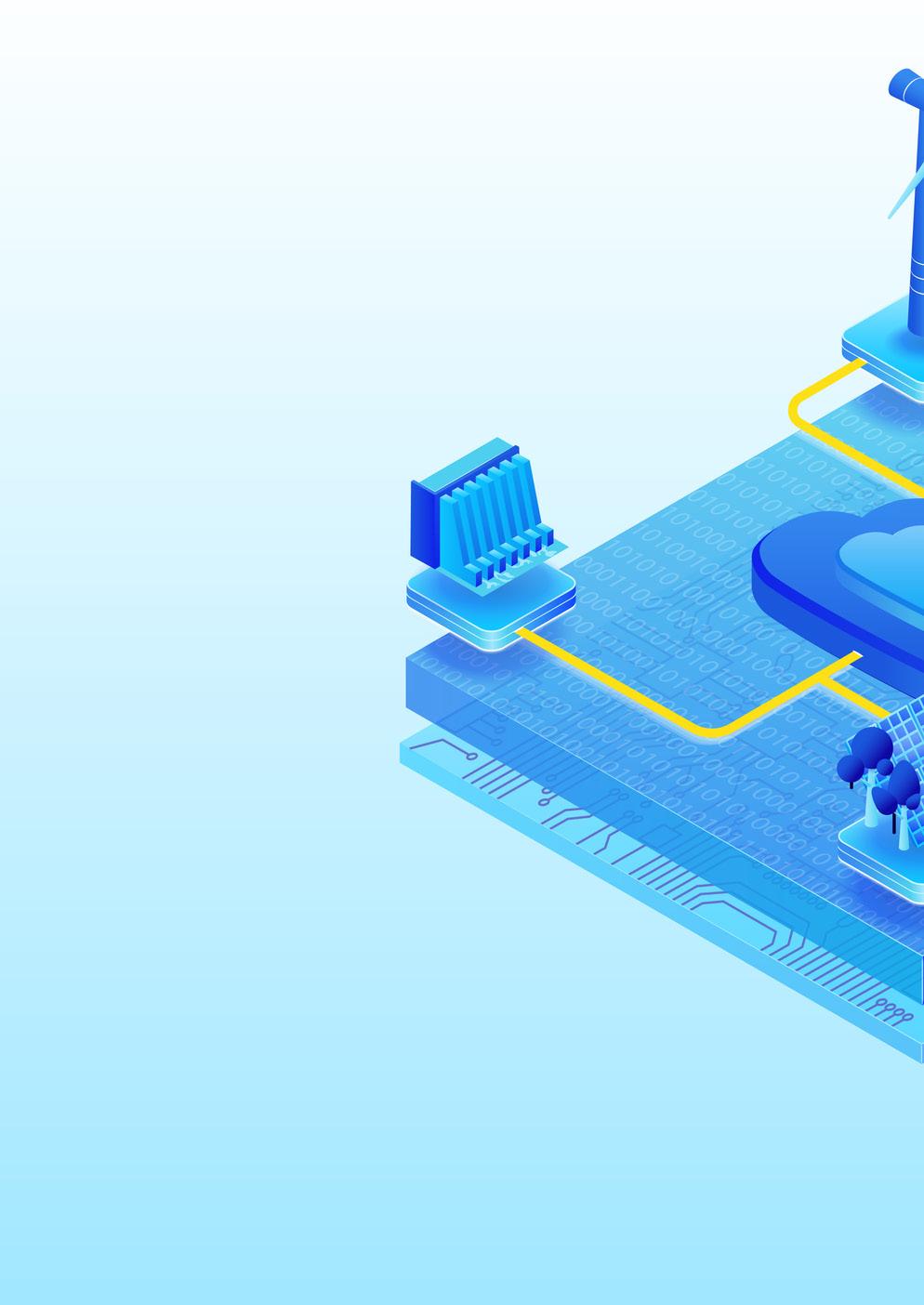
According to Ursula von der Leyen, the President of the European Commission, the European Green Deal would represent the continent's "man on the moon moment". The signing of the European Green Deal was a critical moment in the sustainability efforts of not only data centres, but the entirety of Europe. In this month’s timeline, we explore the influence that this deal has had on the industry, and the pioneering achievements of Europe’s data centres – both after the deal was formed and predating this initiative.
The Scottish cloud and IT company iomart was one of the first in Europe – and, indeed, the world – to reach carbon neutrality. In 2007, it achieved the carbon neutral status for its English data centre – a feat that was reached long before this sustainability metric was the focus of popular discussion.
In advance of the European Green Deal, the Climate Neutral Data Centre Pact was established to provide Europe’s data centre industry with a clear path to sustainability. The self-regulated initiative implemented a number of goals – spanning energy efficiency, green power and heat reuse – including an agreement to make data centres climate neutral by 2030.
industry launched its Climate Neutral Data Centre Pact. This landmark pact has been signed by over 25 key players in Europe’s data centre industry, including the likes of Google, Equinix, and Iron Mountain. This represents both a key advancement towards the European Green Deal targets, and a clear indication of the shared focus of Europe’s data centres.
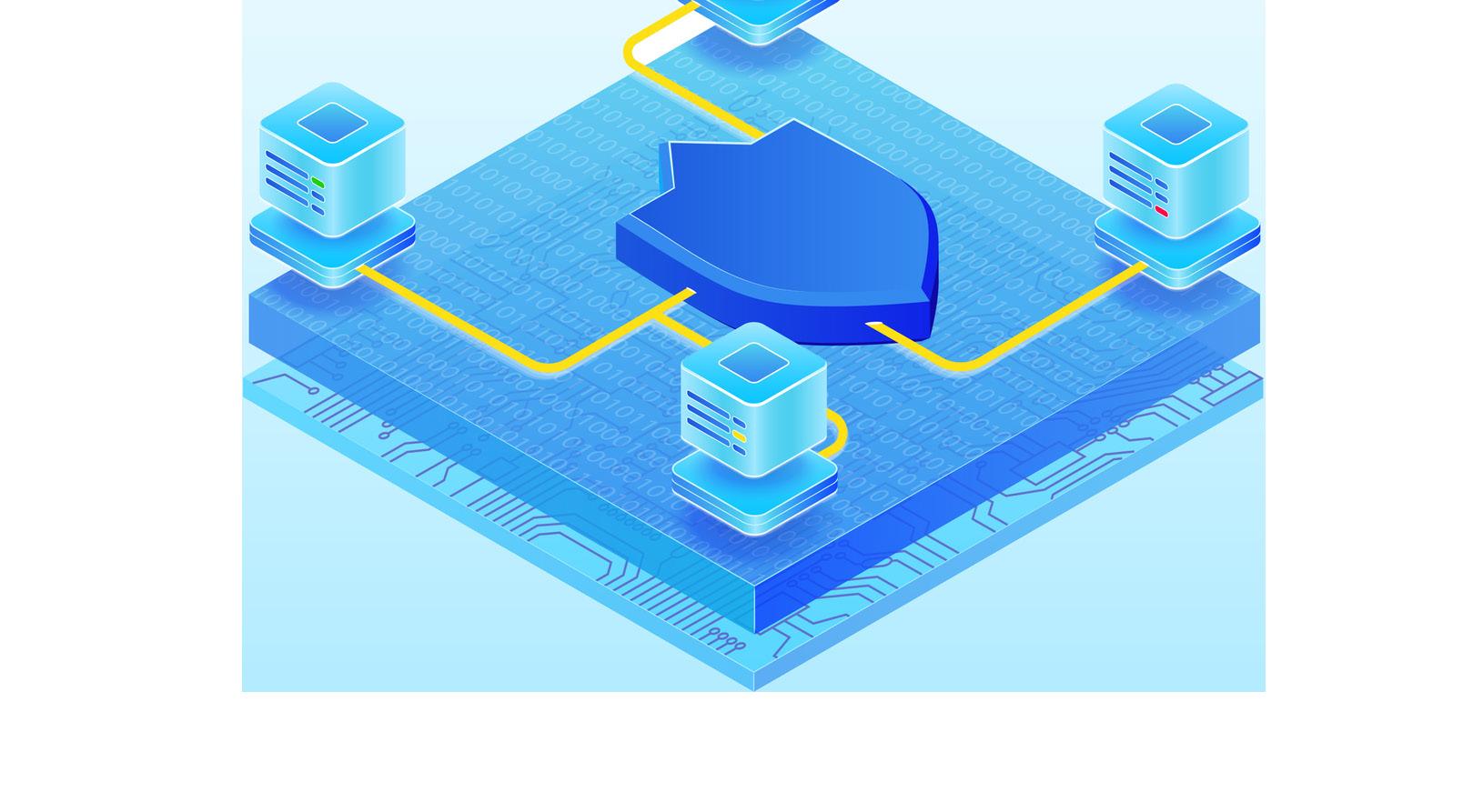

The European Green Deal was approved in 2020 and marked the launch of the European Commission’s pioneering new policy initiatives. The core goal established by this deal was to make the EU climate neutral by 2050.
renewables for its EMEA data centres
In the same year as the formation of the Green Deal, the global data centre giant Equinix announced that it had successfully achieved 100% renewable energy usage across all of its EMEA data centres.
BOARD
As the Millenials/Gen-Z Group Chairperson for Infrastructure Masons, few know more about communicating with the next generation of data centre talent than Bill Kleyman
Bill Kleyman is an award-winning data centre, cloud, and digital infrastructure leader, with a passion for showcasing new technologies through education and thought leadership.
He is currently a Board Member and Investor at Neu.ro, Chair of AFCOM Data Center World Program, and Advisory Council Member and Millenials/Gen-Z Group Chairperson for Infrastructure Masons. He also lectures at the USC School of Engineering and at the iMasons Graduate Capstone Programs, alongside his work as a freelance analyst, advisor, speaker, and author.
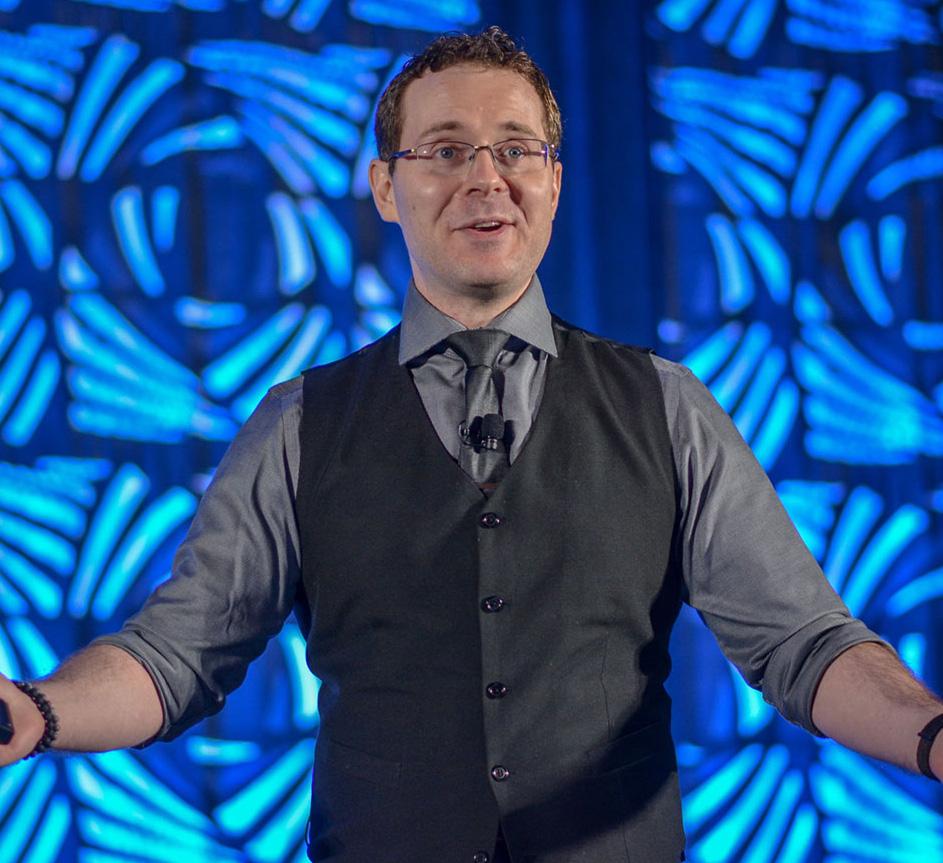
Recently, Onalytica ranked him as 16th in its global review of the top 100 most influential individuals in the cloud landscape, and 4th in a study examining the industry’s top Data Security Experts.
Kleyman sums himself up: “I love technology. And not just the cool aspects of a new gadget; I love empowering people and changing lives.”
Kleyman is passionate about sustainable growth within technology, and he currently sits as Board Member and Investor for Ukrainian company Neu.ro, a technology

company using state-of-the-art Machine Learning (ML) and Deep Learning (DL) to solve real-world problems for business and science.
“What makes Neu.ro special is that we do data modelling sustainably,” Kleyman explains.
“Built on 100% green and sustainable infrastructure, Neu.ro is the only data model training solution with built-in sustainability reporting and intelligent training scheduling to optimise data modelling and lower costs”.


Alongside Neu.ro, within his role as AFCOM Data Center World Program Chair, he works with speakers, keynote sessions,
and MCs at the AFCOM Data Center World conference, promoting technology at a conference level.
A leader at the forefront of industry Kleyman’s 15-year journey in technology started at a small IT firm, where he was a systems consultant and “learned the language of the business”, building an understanding of “the alignment between tech and the goals of an organisation”.
Since then, his roles have included Executive Vice President of Digital Solutions of the American technology infrastructure ecosystem corporation Switch, where he

“interacted with the best and brightest in the cloud, data centre, and hyperscale space and worked with cloud, design, strategy, branding, and marketing teams to help our industry build a sustainable digital future”.

Kleyman was also at ATSG (MTM Technologies) for nearly a decade from 2011-2021, where he held multiple roles including Advisory Board Member and Chief Technology Officer, working to develop the transformational technologies and digital infrastructure.
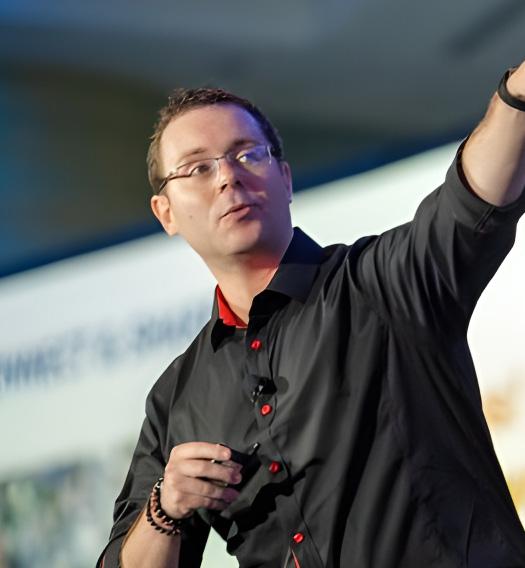
From 2018-2019 he was Director of Technology Solutions at EPAM Systems, where he worked with digital innovation and engineering teams delivering solutions around DevOps, AI, ML, Blockchain, Robotics Process Automation (RPA), advanced cloud architecture, and more.
“My role allowed me to touch on a variety of advanced technologies to help organisations create competitive advantages, impact their users positively, and leverage new solutions and tools to their utmost capacity,” Kleyman recounts.
“Leaving EPAM was one of the most challenging career decisions ever; I'll always be an EPAM fan.”


“I came to the USA in the ‘90s as a political asylum refugee, fleeing the now-former USSR. I was born in Kyiv, Ukraine, and I still vividly remember my life as a young person in Soviet Ukraine.”
Kleyman also recounts how his brother would participate in communications competitions, and how this eventually laid the foundations for his own telecoms career.
“My brother used the telegraph; he had all the tools, the headphones, the telegraph switch, and I watched him
while he competed, rapidly moving his fingers to send messages to others across the country.”


“I heard the beeps and sounds of an incoming transmission and worked with my brother to feverishly write down what the other person was saying. It marked the start of my fascination with communication and bringing people closer together with technology”.

Inspiring technology’s pioneers of tomorrow Kleyman’s passion for education and the future of technology is clear, right from the outset.
“My proudest achievement has been the work I’ve been doing with students as part of a Capstone Project initiative with the Infrastructure Masons,” he says.
“It has been a lifelong dream of mine to be an educator, and with this Capstone programme, I can meaningfully give back to society.” The programme encourages more diversity to join the industry, with patrons including Kleyman working with students from multiple disciplines and backgrounds.
“I work with electrical, mechanical, civil, and computer engineers to show how their studies directly tie into the data centre industry”.
His work with Infrastructure Masons was formally recognised when he received the 2020 IM100 Award and the 2021 iMasons Education Champion Award for his work with numerous HBCUs and for helping diversify the digital infrastructure talent pool.
“ I love technology. And not just the cool aspects of a new gadget; I love empowering people and changing lives”
is the CEO and Founder of Wrike, a SaaS platform that was instrumental in creating the collaborative work management category back in 2006. Today, he oversees a 1,000-strong team of employees, who are working to build one of the world’s most powerful cloud-based collaboration platforms



» When I reflect on my education and career path, I can’t help but compare my upbringing to that of my kids. There was very little “screen time”. We didn’t have tablets and streaming services, so I spent my childhood reading books and playing chess with my grandfather.
The first time I saw a computer, it looked like magic to me, and I became extremely eager to understand it. The problem is, I didn’t have consistent access to one for many years to come. Sometimes, I would go to my mom’s workplace and their IT guy would show me something.
Later, I changed schools to enrol in one that had a fully established computer class. Eventually, I saved enough money to build my own from secondhand parts. So, it’s not a surprise that I ended up studying computer science at college. My intellectual curiosity brought me into many other subjects as
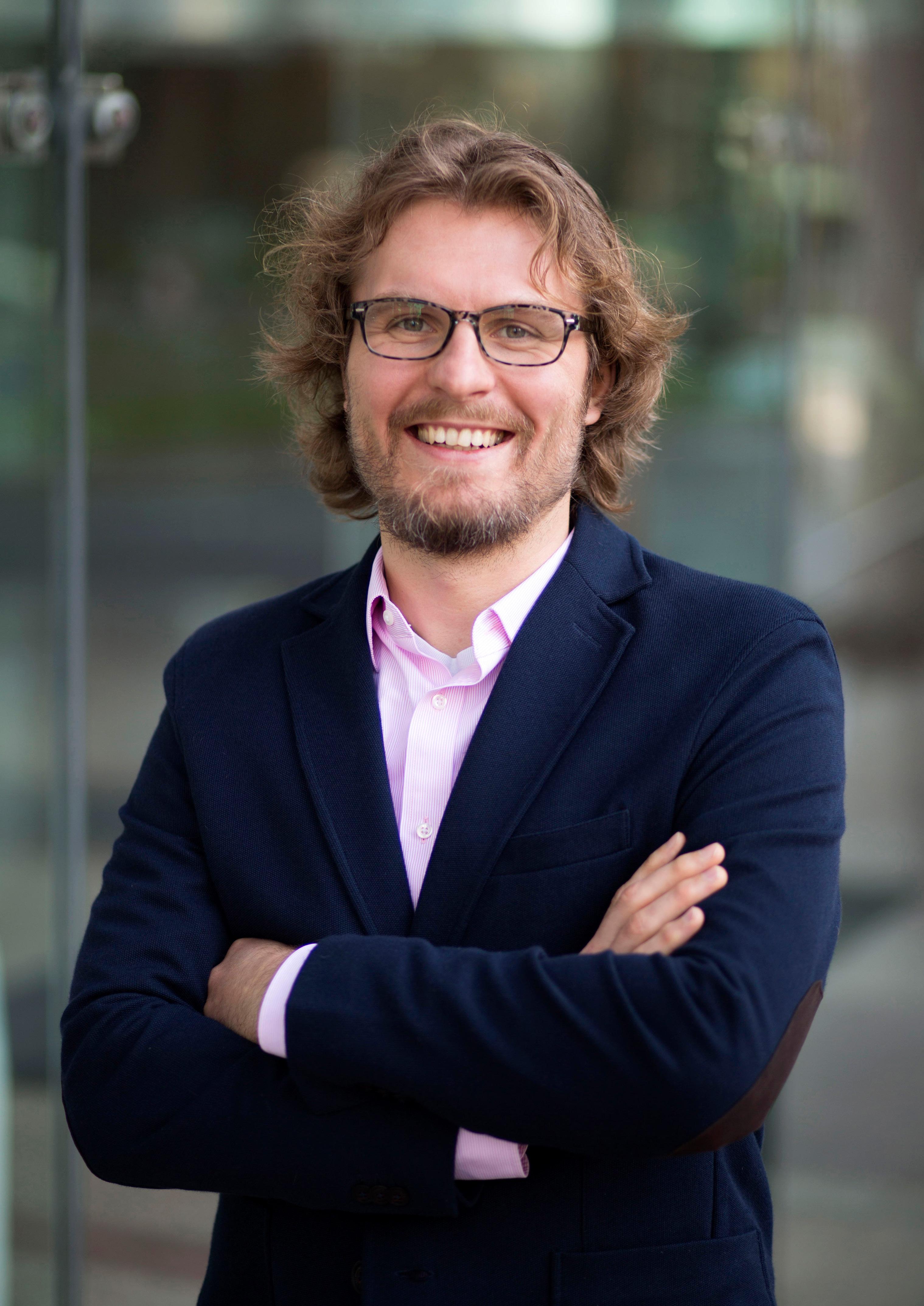



well, but my interest in “thinking machines” persists and continues to evolve to this day.
I started a full-time job in between my first and second year of college and, by the time I was in my second year, I was already running my own company.
» My first company grew at such a rapid pace that I could see the decline in efficiency between when we started the company with five employees in one room, to more than 100 worldwide.



I spent a lot of my time managing emails, spreadsheets and meetings, trying to understand who was doing what, when, and what the impact or results were. There was no real-time visibility unless I picked up the phone and asked. I knew we were not nearly as productive and efficient as we could be, and that’s when I started thinking about collaboration and project management.

At that time, I saw a critical gap in project management that needed to be filled.
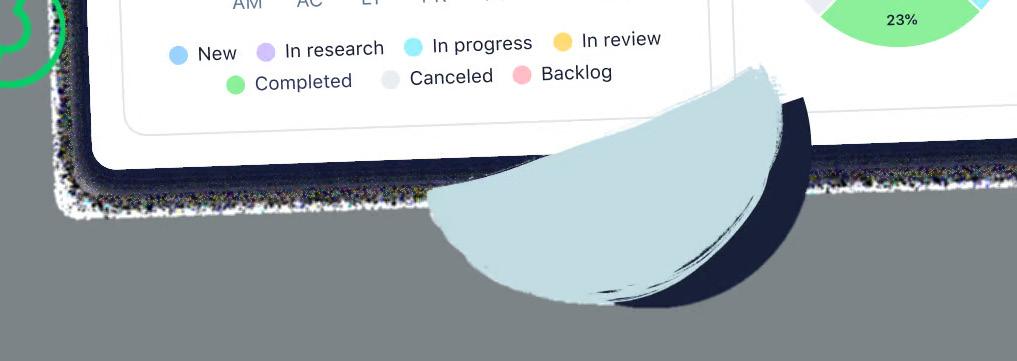
While most PM solutions were great at handling one large-scale project, they weren’t built to juggle multiple projects in an agile environment. They missed critical collaboration capabilities that teams need to work effectively. They also focused on one aspect of work – a well defined project – when, in reality, a lot of work in the company falls more into a ‘workflow’ category.
So, I decided it was time to break the silos and create a work management platform that could handle any kind of work for the organisation, and do it in a way that would scale from one project or team to hundreds of thousands. The technology was also getting there, with the tech world on the cusp of cloud and mobile revolutions. This is how Wrike was born.


Since then, we have been growing and evolving the platform to follow the pace at which the work and technologies have changed.

» I was lucky to be exposed at the turn of the century to the trends that later redefined the way we work – distributed teams, fully digital workflows, agile processes and cloud technologies. I saw firsthand how you could improve your productivity and that of your team, and it was obvious to me that different industries and departments would follow.
If there is a way to do something twice as efficient, free markets will always drive
the business community to adopt such technologies and best practices.

A big priority for IT departments and digital transformation teams in 2023 will be bringing the workflows and initiatives into one work platform, versus allowing them to stay scattered all over apps and files. I believe 85% of organisations will make it a top-three priority to invest in and implement a solution that provides greater visibility across business functions. They will look for more robust solutions that are not only cost-effective, easy to use, and get teams going upon sign-in, but ones that are more powerful and increase productivity across the organisation.
This next wave may come in the form of integrations, AI, and automation technologies that allow the solution to grow with their teams.


Belgium has its first TIER IV Data Center. Antwerp DC, one of the Data Centers of Datacenter United, has been officially certified as TIER IV by the UPTIME institute since February. The emergency power installations designed and supplied by Elinex are an essential component

Elinex designs, builds and maintains entire emergency power installations, brand independent, within the Benelux. With more than 35 years of experience, they a partner for many Data Centers. Together with Huawei, Elinex has been providing modular Data Center solutions to its customers since 2014. This goes beyond just emergency power solutions.
Jo Van Den Langenbergh, Operational Director DC United clarifies: "Maintenance can be carried out while maintaining all redundancies. In order to be Tier IV certified, the emergency power supply must also be designed to maintain redundancy during maintenance. Elinex created and implemented this design. They also supplied the racks and distributors, consisting of synchronization boards and main distribution. The UPS solution concerns the high
efficiency (+97%) modular Huawei 5000 UPS. As a result, expansion in power is easy to realize at any time.”
Jo states: "It's not just about the data, but also about the building itself. A Single Fault Tolerance applies to everything, including the BMS. Every error must come into the picture, even if that is a problem with the climate system, for example. So we have a double redundancy on everything.”
Friso Haringsma, Managing Director DC United: "For the majority of customers, TIER III is sufficient, but for heavy e-commerce companies, governments, pharma companies and companies that handle privacy-sensitive data, TIER IV is almost a must. We are pleased with Elinex's efforts, which fit seamlessly with the requirements and wishes we had for Antwerp DC. In addition to their expertise that came in very handy in this project, they are of special value because they are 'independant', just like us. We have a maintenance contract with them based on response time of 4 hours. This not only benefits Datacenter United, but especially our customers."
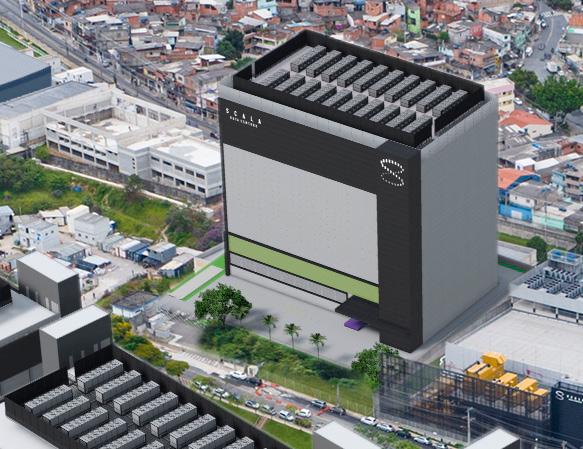
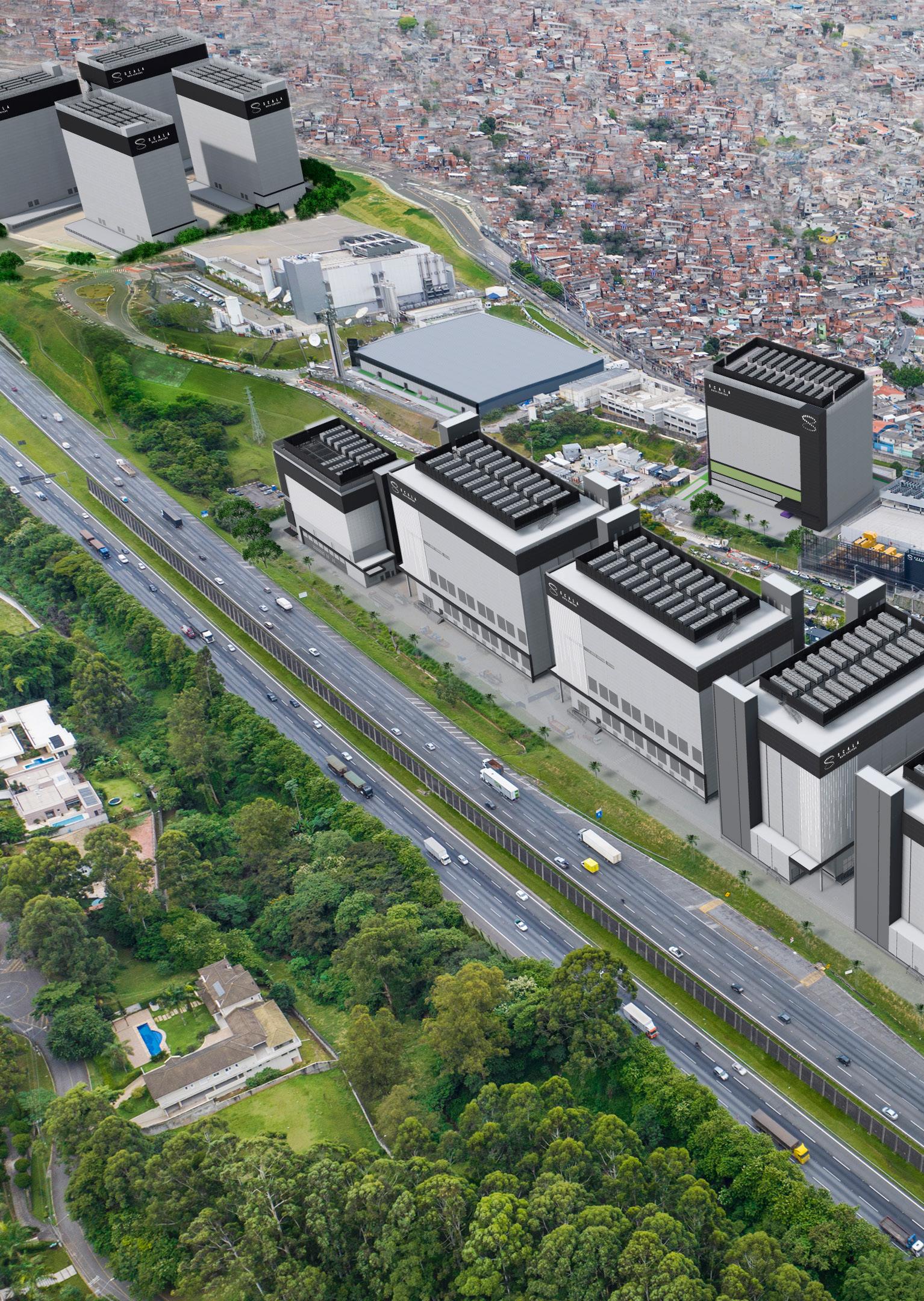 WRITTEN BY: JOSEPHINE WALBANK
WRITTEN BY: JOSEPHINE WALBANK
 PRODUCED BY: LEWIS VAUGHAN
PRODUCED BY: LEWIS VAUGHAN
Fourth largest campus worldwide
450MW IT 17 buildings
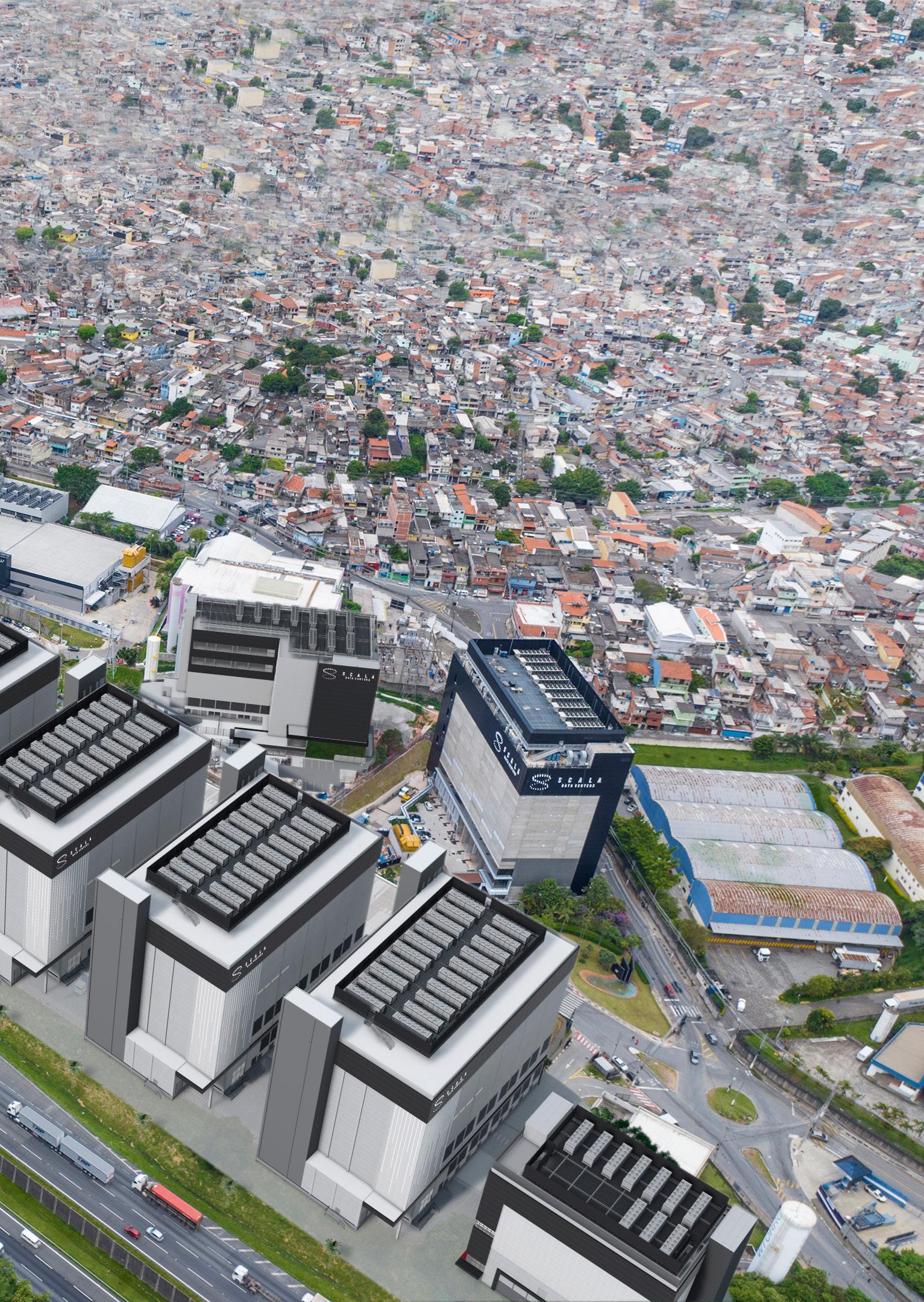
600MW total power +11,000 jobs 100% renewable energy
Campus Tamboré: The data centers in operation and those ones in 3D rendered images that will be built or are under construction
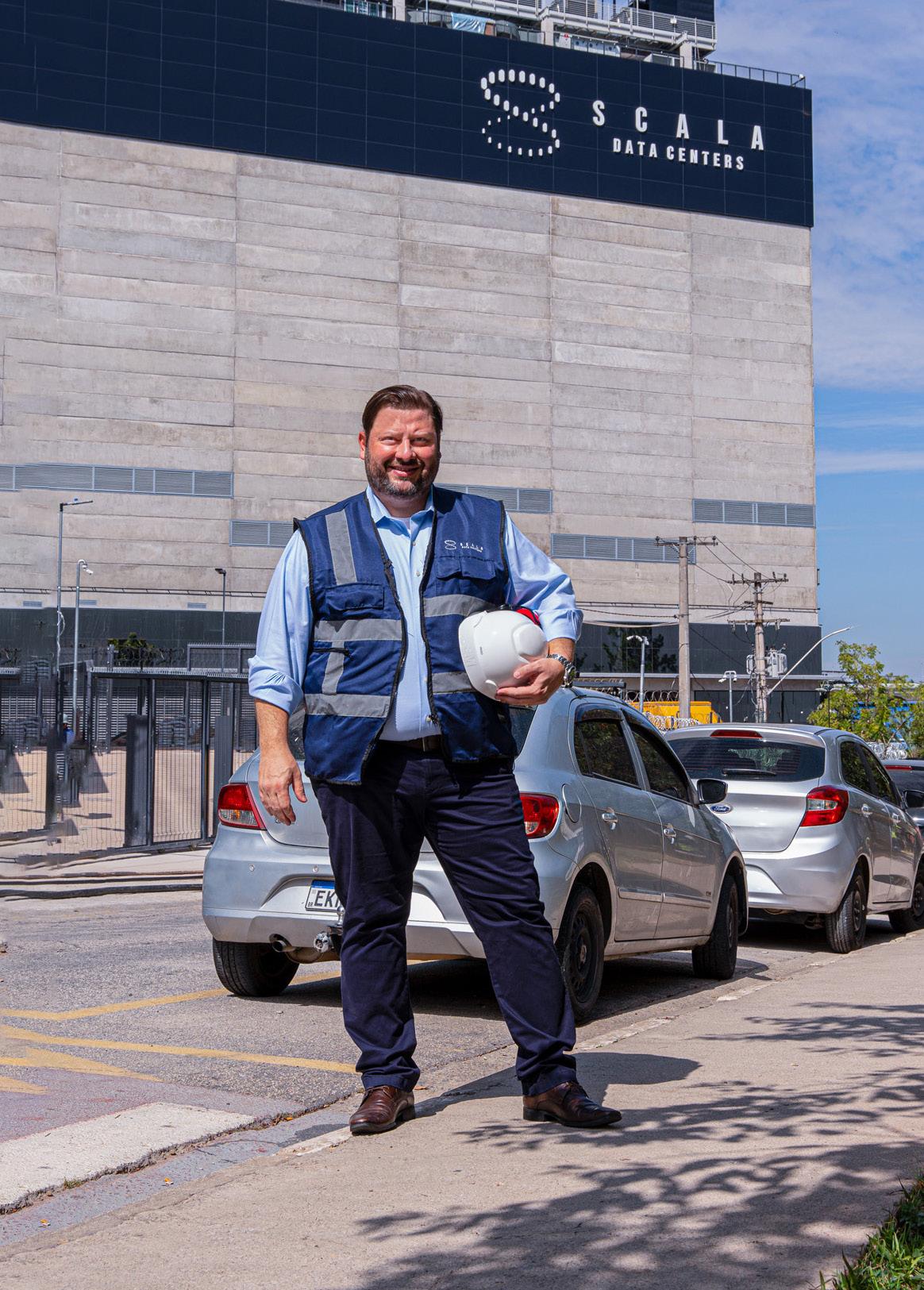
an exclusive interview with Marcos
Scala shifts the paradigm in the Latin American data centre industry by growing at real scale.

The factors that instantly set Scala Data Centers apart from its competitors are the phenomenal pace of its growth, the size of the sites that it is deploying and the extraordinary degree of its customercentric approach. Although this would be an impressive feat in any of the global data centre markets, what’s particularly remarkable is that this is being achieved in one of the most notoriously underserved data centre markets: LATAM.
Scala is scaling at real scale and, in less than three years, has grown from its starting point of 17MW in bookings to 150MW, possessing the 4th largest data centre campus in the world – the largest in Latin America by a considerable margin – and managing a team that has grown from 32 to more than 700 employees in this short period.
In an exclusive interview with Marcos Peigo, Co-Founder and CEO of Scala Data Centers, we find out more about the factors driving this growth and the DC provider’s ambitions for the next decades.
In
Peigo, Co-Founder and CEO, we get an insight into the phenomenal pace of growth that Scala is achieving
Leader in the development and manufacture of Modular Data Centers in Latin America, Modular enables and drives the technology market by developing intelligent, flexible, and high-quality solutions.






The future becomes increasingly feasible, safe, and near.



Modular is a platform for developing and producing Modular Data Centers and modular components for Data Centers that was born a leader in Latin America, combining a strategic vision of the technology market with a proven entrepreneurial and innovation capacity.



Modular designs and manufactures intelligent structures. It is rigid in complying with the standards’ requirements but flexible to its customers’ needs, aligning its solutions to the challenges of the market. The modules leave the factory tested, commissioned, and TIA-942 Ready certified, reducing the risk of field installation, optimizing deployment time, and ensuring the quality that certification brings.
Our products enable a future of possibilities with Modular support by a quality digital infrastructure fully prepared to support mission-critical environments.

We think, build, and apply state-of -the-art processes and technology in everything we develop.
With factories that serve all of Latin America and a complete portfolio for the most varied needs of our customers, we supply indoor or outdoor demands, offering smart prefabricated modular structures, which leave our factories ready and commissioned.
Formed by a group of investors, partners, and executives with decades of experience in the technology, engineering, aerospace, financial, and manufacturing industries, we were founded by the acquisition and incorporation of the engineering, manufacturing, and intellectual property assets of a former market leader in the Brazilian market.



We have developed our families of “Fast Forward” and “Good To Go” supporting demands from 2 to 60 racks and 10kW to 600kW per module to meet market needs using innovative and cuttingedge infrastructure technology.
 LEARN MORE
Cooling Room
Power Room
Data Hall
LEARN MORE
Cooling Room
Power Room
Data Hall
A late market entrance, spurring new growth mindset
Interestingly, Peigo explains that one of the principal reasons behind Scala’s trademark approach to growth is the fact that the provider came to the data centre market relatively late in the game.
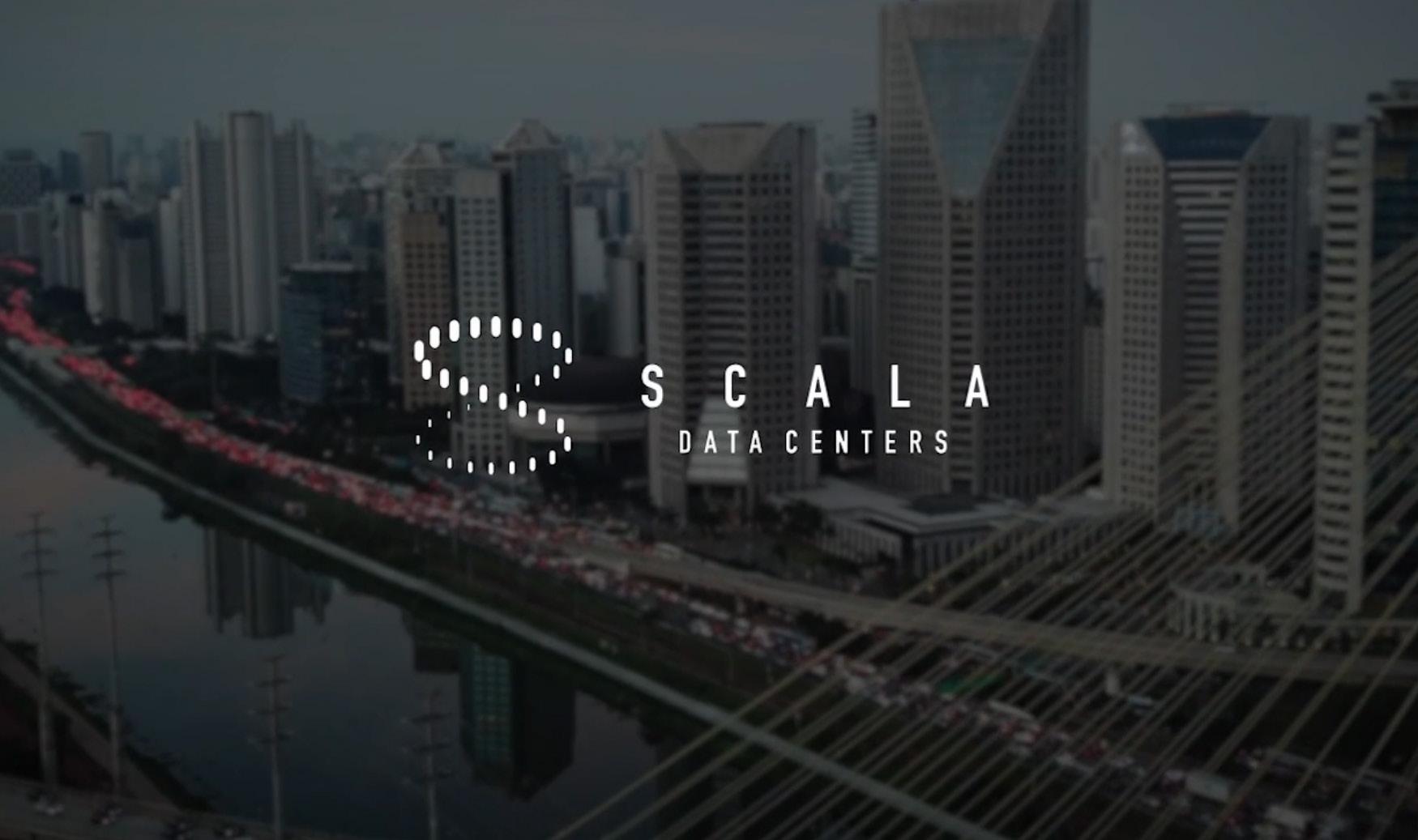
“When we arrived, our competitors were already established, with a fragmented capacity distributed among the LATAM countries. So, we decided to invest not in shared facilities, but in single tenant facilities foreseeing an expansion in the demand similar to what has happened in other more developed markets,” Peigo explains.
“Instead of starting by building one data centre and sharing space in that facility for
MARCOS PEIGO CO-FOUNDER & CEO SCALA DATA CENTERS
“ We are a partner of DigitalBridge, but I see the DigitalBridge team much more as an extension of the companies they invest in”
TITLE: CO-FOUNDER & CEO
COMPANY: SCALA DATA CENTERS
LOCATION: SÃO PAULO
Marcos Peigo is the Co-Founder and CEO of Scala Data Centers. As a seasoned leader, he provides critical insights into the Latin American data centre and IT markets, leveraging over 25 years of experience working with technology and infrastructure-focused firms in Brazil and Latin America.
Marcos studied Electrical Engineering and Economics at Pontifícia Universidade Católica de São Paulo. In 2023, Marcos was the only Latin American executive nominated by the Pacific Telecommunications Council (PTC) for the Outstanding C-Level Executive Award and, in 2022, Marcos was awarded the title of Industry Leader by DatacenterDynamics.
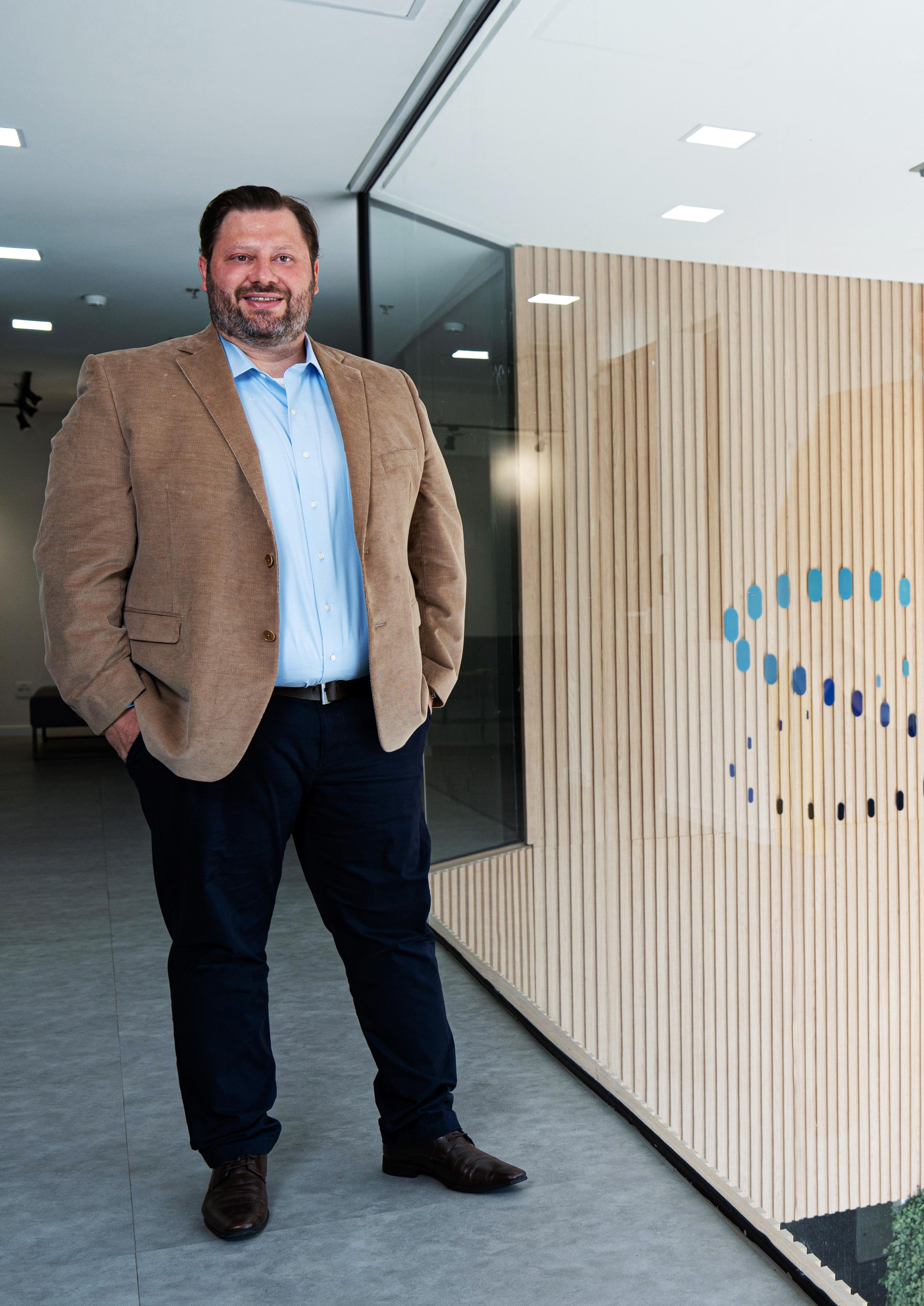
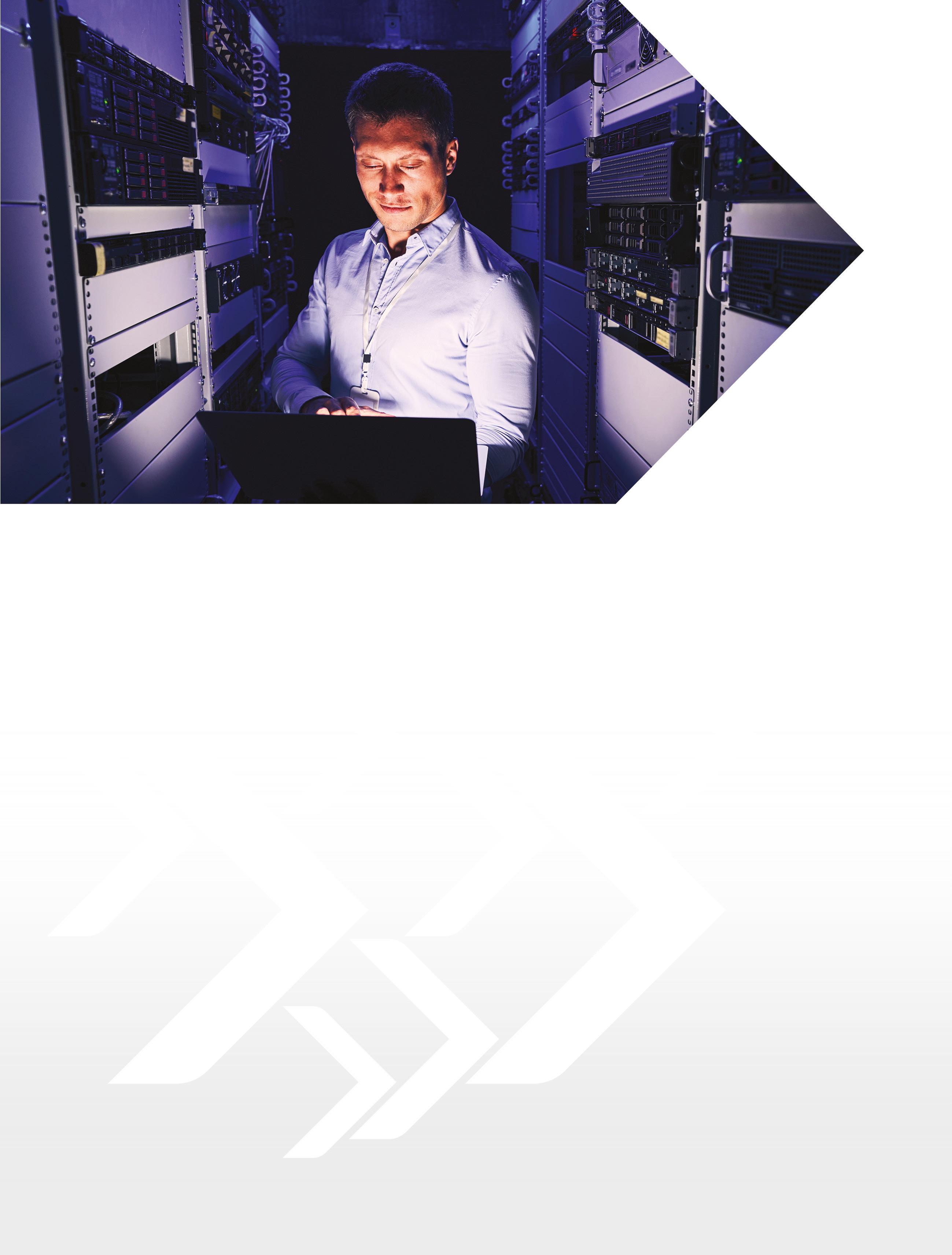
customer A, B, C and D until 70-80% of that data centre is already occupied before launching a new one, we started another approach, which was specifically designed to meet the needs of hyperscale customers. We decided to get the same four customers, and create one building for customer A, one building for customer B, one building for customer C, and one building for customer D, with reserved space for them to grow.”
In the LATAM market, besides the advance of digital transformation, key drivers of growth here are the power restrictions that are currently being experienced in North America that used to serve our region, data sovereignty regulations and currency instability concerns. Consequently, catering

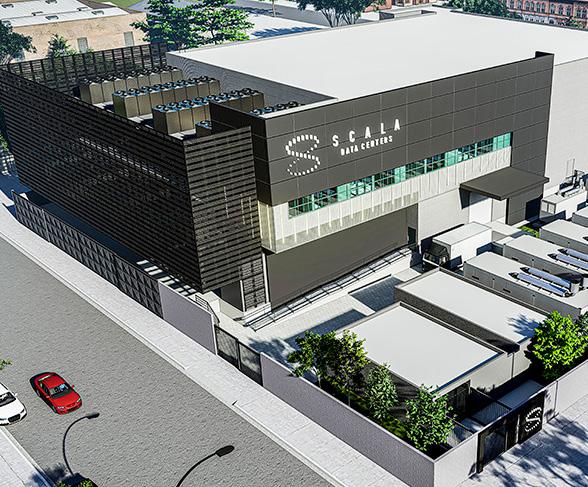
“When they sign an agreement with us, our customers have secured an avenue to grow for decades, and we assume a strong long-term expansion capacity commitment, while giving them the comfort of growing in the same location, with a trusted partner”

MARCOS PEIGO CO-FOUNDER & CEO SCALA DATA CENTERS
for this demand then shifts to the Latin American region.
In recent years, this long-standing trend was coupled with the shift brought about by the COVID-19 pandemic, during which Scala experienced a dramatic increase in demand, fuelled by the world’s pivot to cloud technologies and companies’ rising reliance on data.
“When the demand spiked, these customers triggered the reserved space and asked for more reservations within the same campuses. So, we placed our bets on building at scale, dedicating spaces for our customers for significant growth – much bigger than that which
they had experienced in Latin America in the previous years – all within large, customised, and dedicated buildings,” Peigo outlines.
“When they sign an agreement with us, our customers have secured an avenue to grow for decades. We assume a strong long-term expansion capacity commitment while giving them the comfort of growing in the same location with a trusted partner obsessed with their success.”
From there, the average size of Scala’s tickets jumped from 2MW to 8MW, then 8MW to 20MW, and so on, as Scala and its customers alike saw returns from their investments in these large deployments.
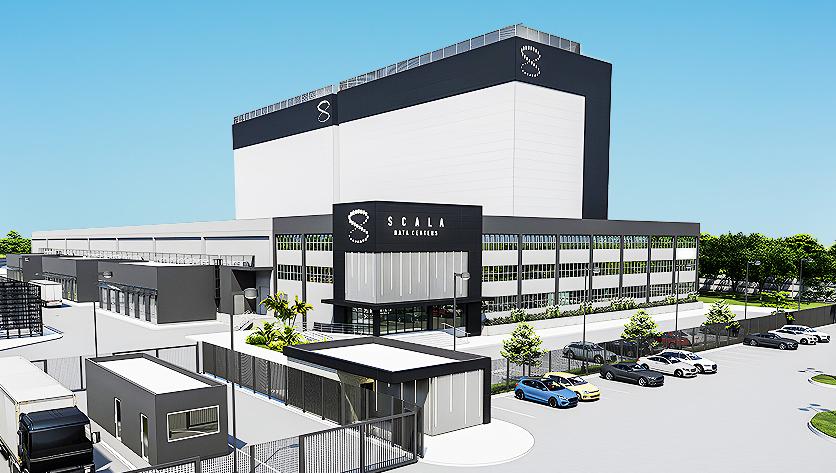
When you need to rapidly expand but not overprovision, you need to scale with confidence.

Introducing the new Vertiv™ Powerbar iMPB modular busway power distribution system. Ideal for any data center, our user-friendly system provides a cost-e ective way to ensure continued uptime of your IT load. Easily integrate power with a smart, overhead solution that keeps floor space open for additional IT equipment, scaling your data center today and getting ready for growth tomorrow.

“The combination of these factors – alongside our massive control from design to construction with sustainability practices, all developed by our own team – and this long-term view, which sees us betting on our customers’ growth, has taken us to this position where we are basically doubling the size of the LATAM market in three years.”

Now, Scala plans on opening 12 sites within the next 24 months – a testament to the quality of its engineering and construction teams. This is even more
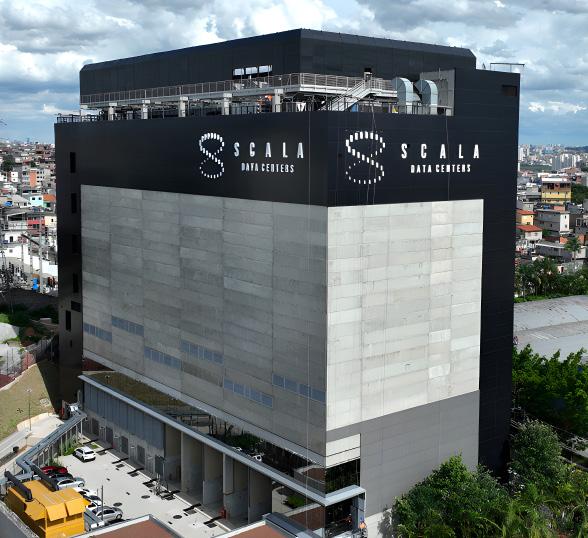
impressive when you consider that the young company started out (just a few years ago) with two sites. For Peigo, Scala’s unique relationship with its partners has proved absolutely instrumental in achieving this.
“To work with DigitalBridge is really a pleasure. DigitalBridge brings us a unique combination of global experience with Scala’s local knowledge. So, we don't see DigitalBridge as single investors – they are also operators,” Peigo explains.
“I see the DigitalBridge team much more as an extension of the companies they invest in, rather than investors that we meet in board meetings to talk about results and define targets. It's more a dayby-day relationship with strong alignment,” Peigo posits.

Similarly, the bespoke partnership that Scala has established with Brazilian company Modular Data Centers has been key to achieving a faster pace of customercentric service that has defined its success.
“Modular had all-in-one prefab outdoor modules. They sell to the market, in general, smaller deployments, at 8, 16 or 30 racks. But, based on the idea of enhancing the amount of components that we could prefab before sending to the site – so that we could achieve higher standardisation and need less time to deploy – Modular took on the challenge to build something bespoke for Scala and together we came up with the FastDeploy design where dedicated blocks of 600kW of capacity can be delivered on record time in strategically located sites that can grow up to 7.2MW of IT capacity.”
Since much of what Scala does in this region is the first of its kind, a key part of its sustainability strategy is working with local people and communities.
“We have to work with municipalities and local governments to educate them about what a data centre is and the benefits that a data centre deployment can bring. In this way, we’re working also to enable tier two markets in Latin America, bringing progress to these countries and locations, and enabling the future in Latin America,” Peigo asserts.
“We really believe that digital infrastructure is the way to pave the future for these countries and to enable growth in a sustainable manner. This isn’t something that happens in one meeting or with one press release; this is a process, and it takes time to consolidate.”

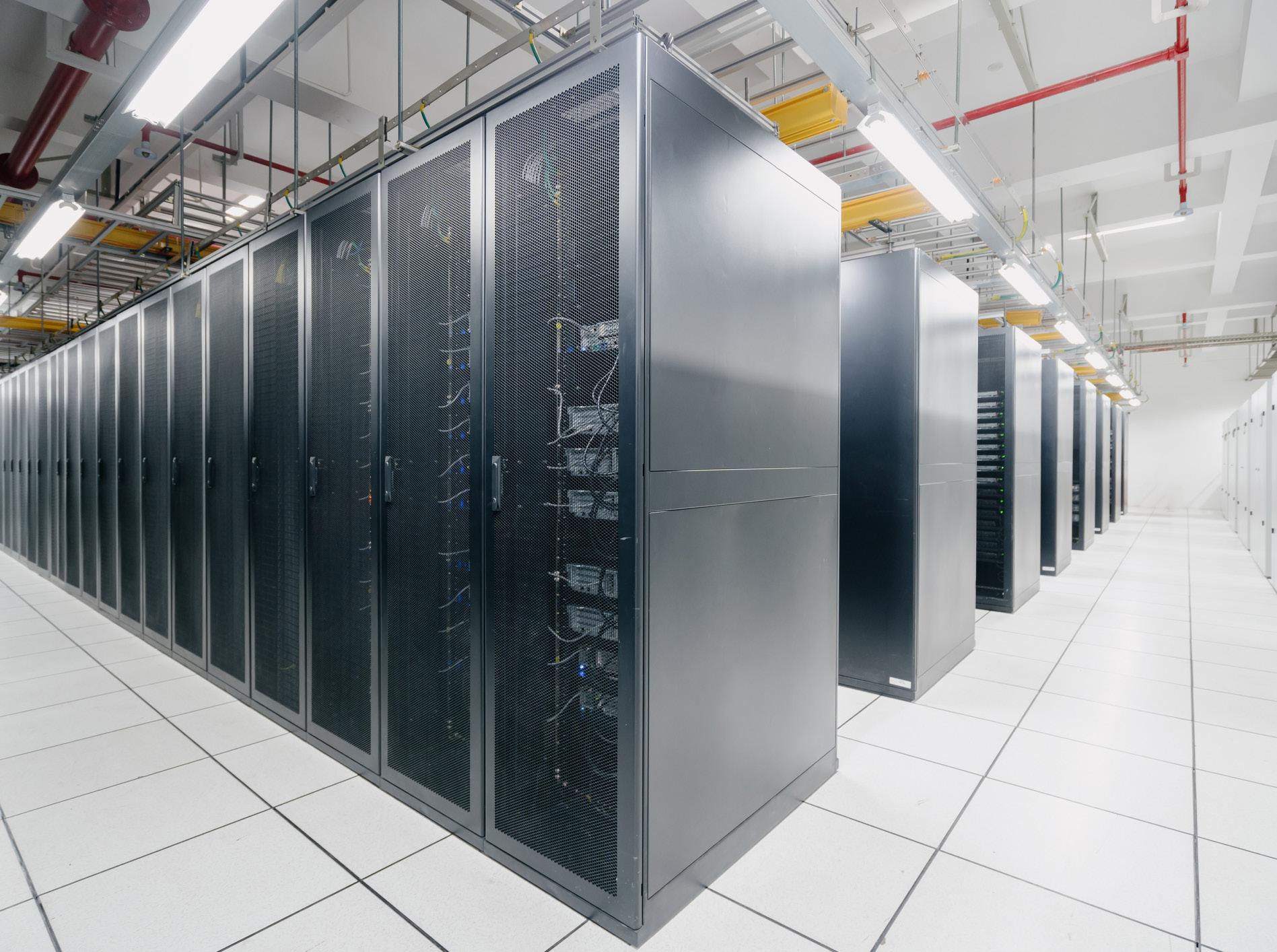
RS CONSTRUÇÕES owns highly qualified teams and a renowned structure in the fields of engineering, management, quality, security and environment, which enables us to provide our clients innovative, sustainable and profitable solutions in all projects we partake.

Scala believes that infrastructure and education contribute massively to transforming society and guided by this belief, since 2020, Scala has donated full engineering scholarships to young people in situations of social vulnerability.
“In November 2022, we expanded the programme announcing that from now on, for every MW booked, we will donate a full engineering scholarship in the area where that capacity will be deployed, plus a dedicated mentoring program with a Scala executive plus a job opportunity at the company”, Peigo asserts. “Therefore, millions of opportunities in someone's life will be created, enabling a brighter future for them and their families. In 2023 we will reach 150 full engineering scholarships.”
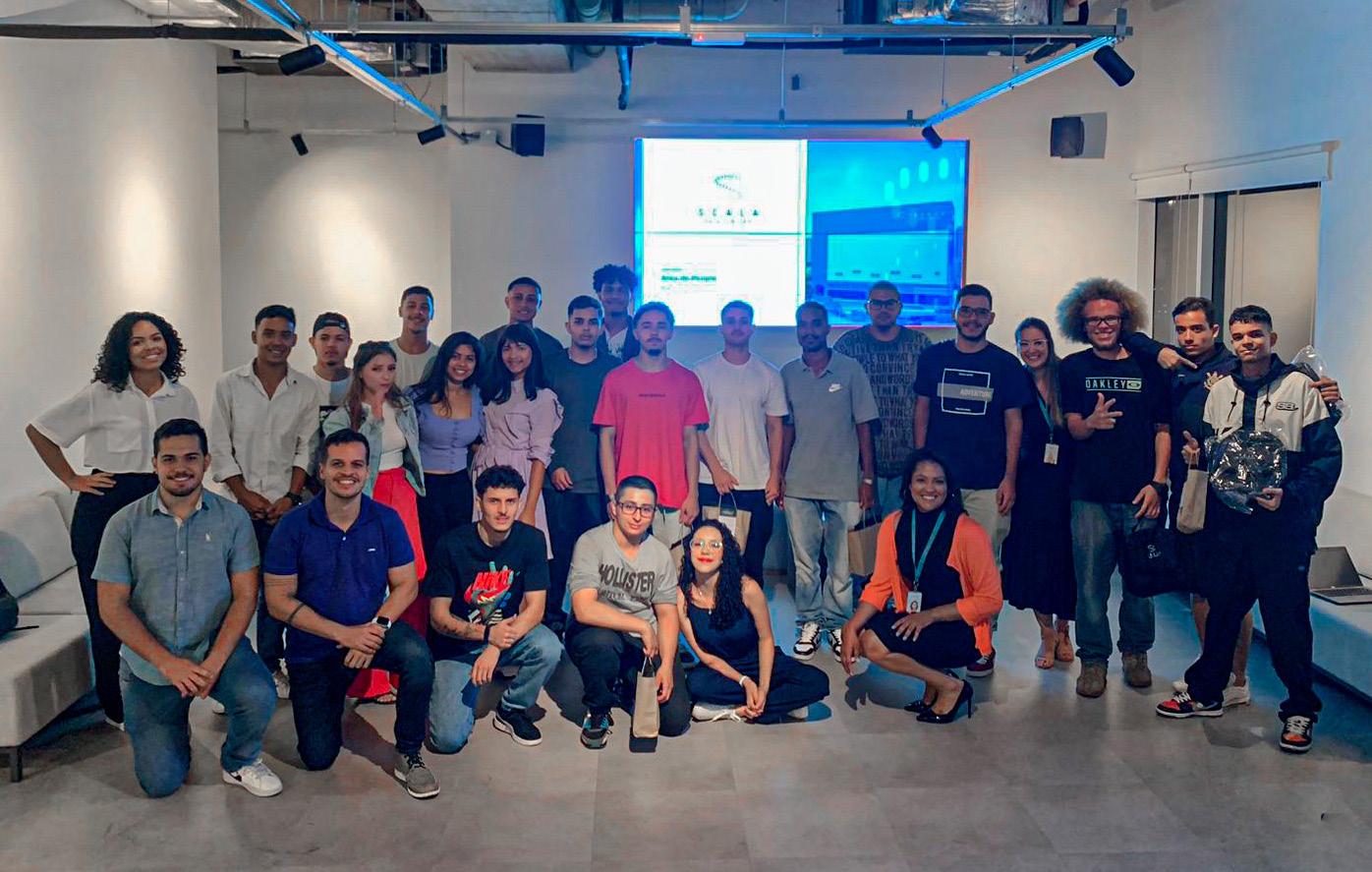
MARCOS PEIGO CO-FOUNDER & CEO SCALA DATA CENTERS
“We really believe that digital infrastructure and education are the way to pave the future for these countries and to enable the growth in a sustainable manner”

Experienced with assembling of air conditioning, ventilation and exhaust systems.
In 2017 our efforts were directed to the data centre field. In 2020 we were privileged to perform the assembling of SCALA SP3 HVAC system. Continually seeking for quality on service provision, we had the first recurrence of HVAC assembling system with SCALA SP4, and recently SCALA SP5
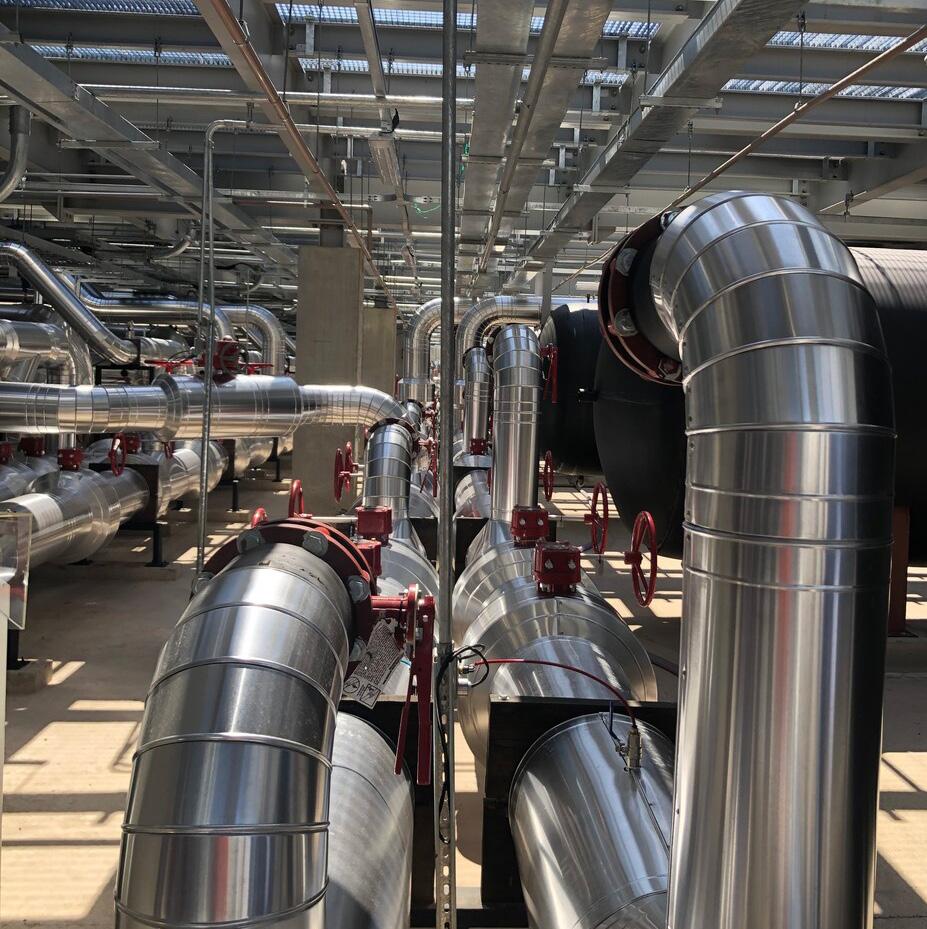


Alongside this, Scala has firmly asserted itself as a market leader in the field of green standards.
“What makes us really proud is that, since the beginning, sustainability has been a must. This means huge investments to drive lower PUEs, only renewable sourcing since our first day of operation, and being the first Latin American data centre to reach a carbon neutrality status, plus the first to operate with 100% renewable sources in the region.”
“The average PUE for data centres in Latin America is 1.74. Our average PUE in loaded sites today is under 1.35 and, in our most recent designs, we are already reaching below 1.30. We’re very proud to be leading the industry in our region in this way being the benchmark to be followed.”
Currently, Scala’s key availability zones in Brazil can be seen as a triangle of its vast Tamboré, Jundiaí and Campinas campuses. Then, running in parallel to these expansions, it is also rapidly developing its presence in other cities in Brazil – Rio de Janeiro and Porto Alegre – and also in other LATAM countries, including Colombia, Mexico and Chile.
What makes Scala so successful in this emerging market is the strategic positioning of its data centres, in order to create opportunistic availability zones, which are precisely designed to best serve customers.

Scala’s ascent to the top of the LATAM DC market began in Brazil, upon the acquisition of two premium data centres from the UOL Group.

“We quickly decided to grow, with the idea of big campuses in LATAM mirroring the US markets. Seeing this growth combined with the maturity of the applications, the constraints of power and growth in North America, plus the demand for lower latency deployments in Latin America, we drive for bigger deployments,” Peigo explains.
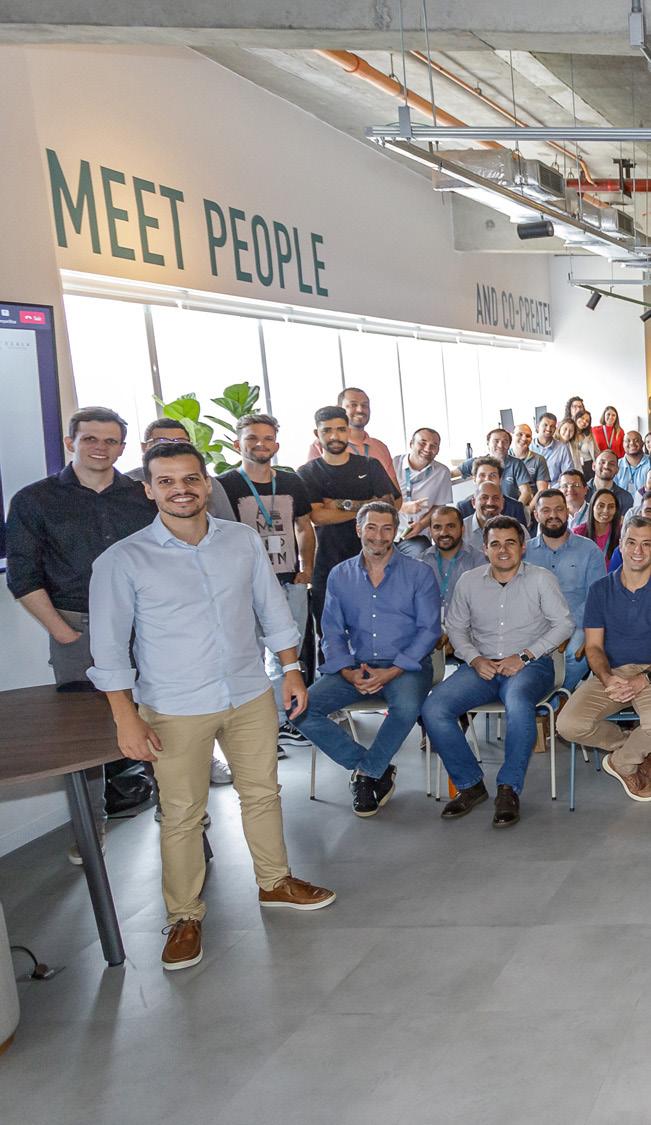
“Before 2020, the average deployments in Latin America (for a hyperscale site) were 2-3MW. Now, we’re talking about 20-30MW buildings dedicated to single hyperscale customers, not only in Brazil but also in other countries.”
In fact, Scala is currently deploying its Lampa campus which is already the biggest campus ever permitted in Chile, with 120MW of total capacity and 90MW of IT capacity when fully deployed.
“And to give you a sense of how big we plan for some locations to be, for our Tamboré campus alone, we have secured 600MW of power, which makes Tamboré the fourth largest campus in the world, and by far the biggest one in the entire LATAM market,” Peigo says.
“The average PUE for data centres in Latin America is 1.74. Our average PUE today is 1.35 and, in our new designs, we are reaching below 1.30”
Scala has grown from to more than 700 employees in less than three years

“We already have 100MW in production, and we are now adding a second substation with another 100MW and the third substation will be 400MW. It's a massive amount of capacity. To give some perspective on this, the consumption in Tamboré alone will be the same size as the consumption required for the entirety of Brasília.”
The pace of Scala’s growth – particularly in 2022 and 2023 – is massive. But why? Beyond simply a case of profit for profit’s sake, why has the speed of growth been set as such a paramount priority for the provider?
“Firstly, we understood from the beginning that this hyperscale market didn't exist in LATAM. We had hyperscale customers with capacity deployed in LATAM, but all of their capacity or all of their loads were relatively small, with one megawatt here, two megawatts there, and so on.”
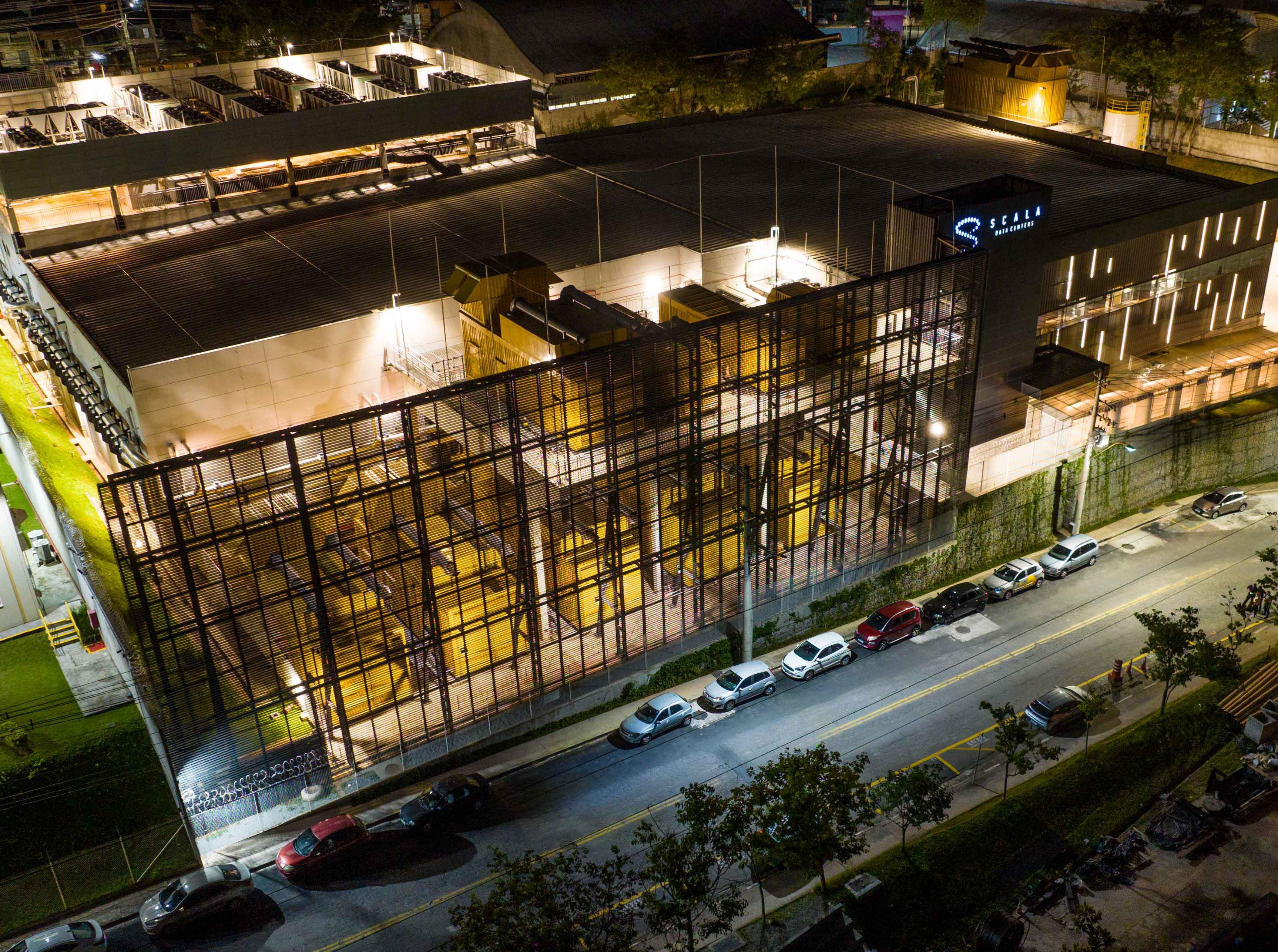
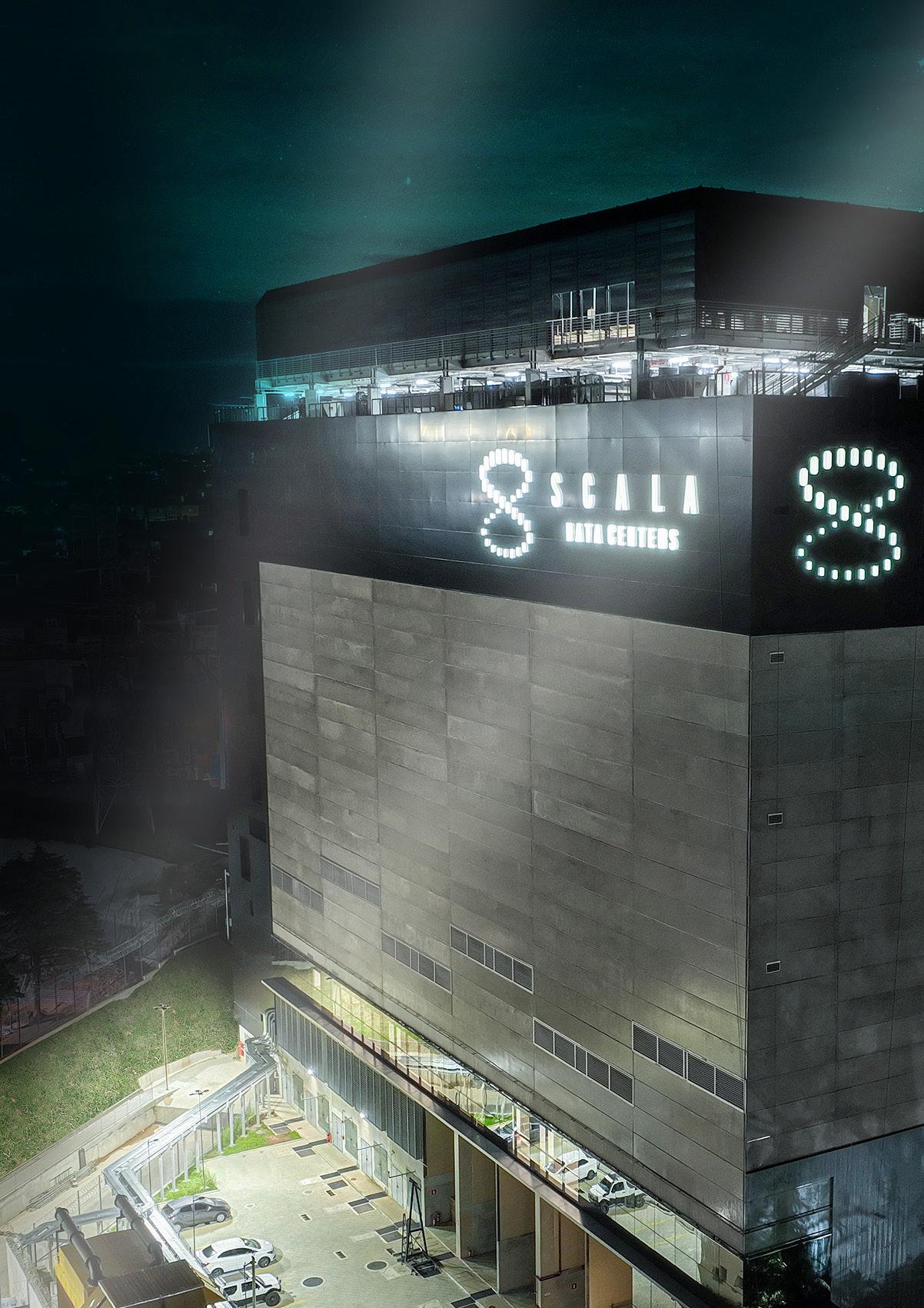
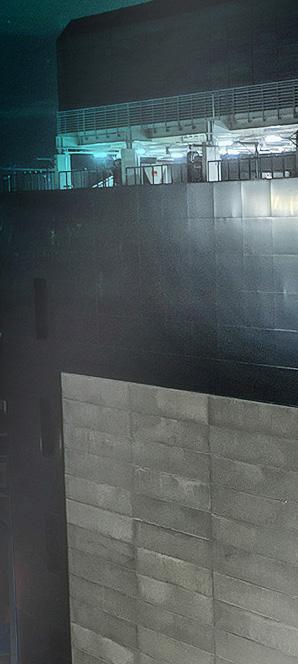
SGRUTB04 went into service in 2022, dedicated to a single hyperscale client, with a commitment to full capacity for more than a decade
from which we control everything from the design up to construction management.”
The Center of Excellence gives Scala a far greater degree of control in the design, construction management, planning and performance evaluation of its data centres. Rather than using general contractors, the centre gives the company centralised control, helping it to implement a streamlined, uniform approach across its entire Latin American portfolio.

“Instead of having branches of Scala, we have uniform sites. So, if you’re working for Scala in a data centre – whether it’s in Colombia or Rio – it's the same local structure, supported by our centralised command centre. We basically change the address.”
This approach is not only fostering efficiencies across the entire portfolio, but this approach is a cornerstone of Scala’s company culture.
“Add to this equation that the majority of the existing DC’s in the region were smaller in average size than a single data hall of a real hyperscale facility. Of course, they were built in an era where the capacity and the visibility for the future was very small, but that does not change the fact those structures were not ready for the current demand. Plus, they were designed without the sustainable requirements that we have today.”
Peigo explains that, very early on, Scala realised the hyperscale expertise on engineering, design and sustainability for data centres were practically non-existent in LATAM. Then, they instead decided to invest in creating this expertise from the ground up.
“So, we hired a lot of people and built our Center of Excellence in Engineering (CoE),
“We are not creating the sense that Brazil is the biggest country and the centre of our portfolio – Scala is a Latin American platform.
“With the non-Brazilian employees that we have hired, we bring them to the headquarters, and they stay with us for three to six months, working and getting trained in the common centre. Then, when they get back to their countries, they’ve left a piece of their country here and they take a piece of Scala there. This forges our culture and strengthens the bonds among our people, it doesn’t matter where they live or work.
“This is the way we are growing as a unique company: a single entity, operating all of these campuses in a sustainable way throughout Latin America.”


s the data centre industry seeks to pinpoint a new energy source, future-proofing is a matter that’s far from straightforward.
Any energy source now needs to meet the rising consumer demand for zerocarbon, while also being suitably low-cost and completely reliable. Add to this the ASA’s announcement in the UK that carbon reduction and net-zero claims in adverts need to be qualified with digestible action points (an approach likely to be implemented in other areas of the world) and it’s clear to see why seeking alternative energy sources for data centres is of prime importance.
Could nuclear energy offer a solution? Can this previously-unexplored, but oft-discussed solution not only tick all three of these major boxes, but do so at the massive scale required for this rapidly growing global industry?

Cumulus Data is currently constructing its flagship zero-carbon, nuclear-powered data centre campus, located in Susquehanna, northeast Pennsylvania in the US. The site will comprise a 1,200-acre campus (when complete) utilising nuclear energy as a sustainable power source.

the ongoing search for sustainable
solutions, we speak to Cumulus Data about the future potential for nuclear energy’s deployment in data centres
Strategically located around the world, our 800-strong team and global partnerships can deliver and support your Data Centre cabling and networking requirements, wherever you are, whenever you need them.

Want to know more about the unique capabilities we’ve built over 30 years, delivering multi-layered solutions and support services across the globe?
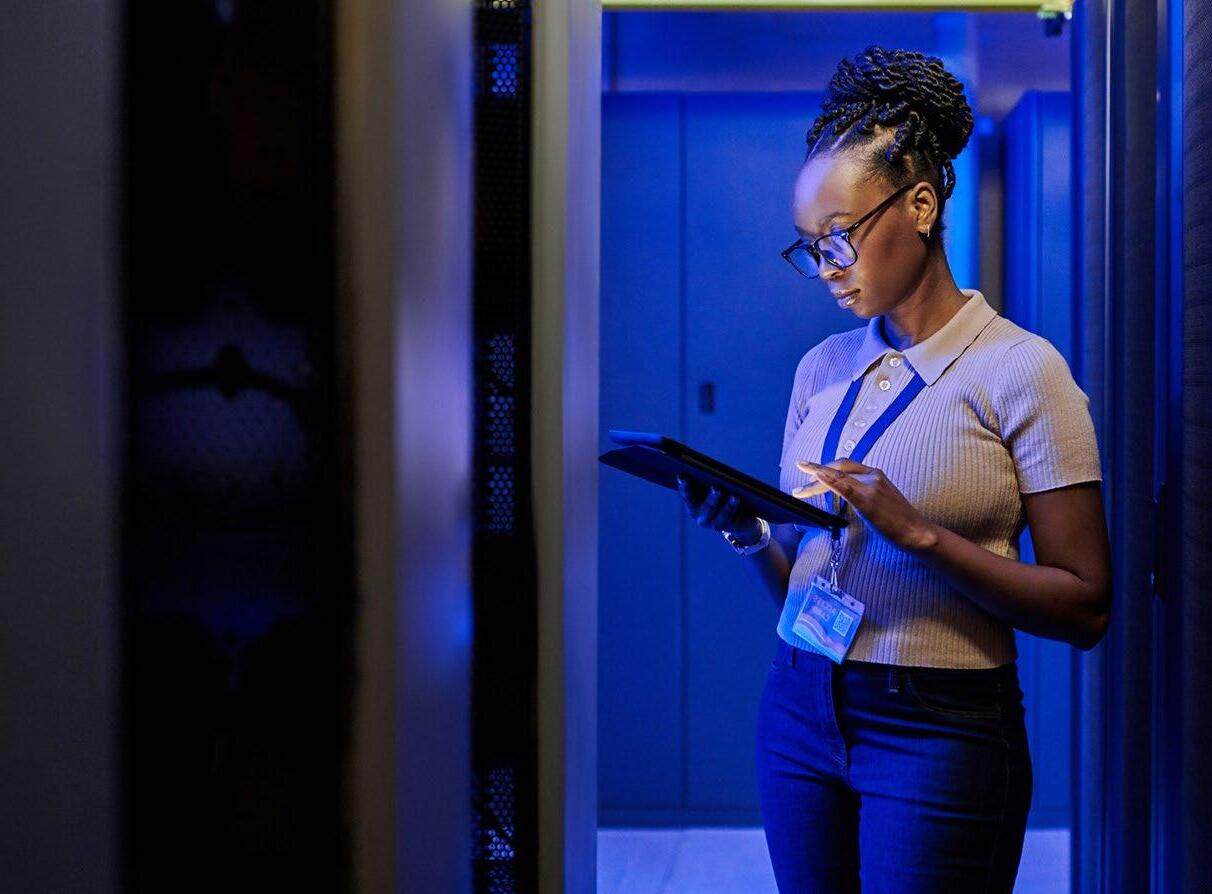
LEARN MORE


Cumulus Data itself is a subsidiary of Talen Energy. So, the question of energy sourcing was a natural fit for the development of this new site.

The energy for the site will be entirely generated by Talen Energy’s Susquehanna nuclear power generation facility, through a direct connection to the 2.5GW Susquehanna power stations, without intermediation by legacy electric transmission and distribution utilities.
This direct-connect, on-site power generation model enables industry leading total cost of ownership, with an exceptionally attractive power rate.
Thanks to the success that it has already attained in this sphere, Hanna explains that Cumulus Data plans to build on this success and continue deploying nuclear energy technologies across its portfolio.
“Our focus today is on completing the buildout of our flagship 1,200 acre, 475MW data centre campus. Then, looking further into the future, we expect to replicate this direct-connect model at other locations to provide access to clean, reliable, lowcost data centre services to additional customers and communities,” explains Scott Hanna, the Chief Revenue Officer of Cumulus Data.

a disruptor when it comes to using nuclear power in data centre”
So, is it possible that this first development marks the start of an industry-wide energy shift?
The technology deployed in this site represents a pivotal milestone in the company’s ESG investments.
“Cumulus Data is a disruptor when it comes to using nuclear power in data centres. We’re the only company out there delivering nuclear power via a direct connection from a nuclear power facility. It’s truly groundbreaking, and we strongly


feel it will push data centre sustainability to the next level,” explains Hanna.
As it stands, nuclear energy generates more than 50% of America's carbon-free electricity and 20% of its total electricity. And, from a sustainability perspective, nuclear power offers a wide range of benefits to data centre providers.
“Nuclear energy is clean, safe, reliable, and affordable, all of which makes it a good option for powering a data centre,” Hanna adds.
What’s more, nuclear plants operate 24/7/365, and can fulfil the demand of data centre operations while being
complemented by other intermittent carbon-free sources, such as wind and solar power. As a result, there’s ample scope for it to cater to the extensive (and growing) energy needs of the industry.

In fact, nuclear energy is currently America’s most reliable energy source. In 2021, the country’s nuclear power plants operated at full capacity for more than 92% of the time. In comparison, natural gas only achieved this 54% of the time, coal plants for 49%, wind plants for 34%, and solar plants for 25%.
“We’re in an era when most companies have sustainability initiatives.
Meanwhile, the demand for energy to power technology continues to grow exponentially,” Hanna says.
“By directly connecting to zero-carbon nuclear energy, data centre customers receive a 100%-verifiable source of clean energy. And, because nuclear energy is ‘always on’, it can deliver the reliability that data centre operators require.”
“We believe the Cumulus Data model solves what we call the energy Trilemma. It delivers electricity that is zero-carbon, low-cost, and reliable. With nuclear being carbon-free and the most reliable source of electricity,



this is a big step forward in making data centres more sustainable.”

Cumulus Data is leading the data centre industry in this sphere, with the company’s new site in particular representing a first of its kind in the American market.
“No other company in the data centre industry is using nuclear in this way. Because of that, we are paving our own path, proving that there are new and innovative ways to elevate sustainability in our industry,” Hanna states.
“Tremendous gains have been made when it comes to using less water, making cooling more efficient, and lowering PUE. The use of nuclear power is truly groundbreaking and can make a significant impact as the industry works to meet sustainability goals.”
To get both its clients and the wider public on board with the shift towards nuclear energy, Cumulus Data is also playing a key role in the industry’s sustainable energy discussions.

For instance, not only is the company a founding member of the iMasons’ Climate Accord, but Talen and Cumulus Data are also working to help their customers achieve carbon neutrality by uniting to adopt a common standard. This approach is being enabled by solutions such as the Cumulus Data carbon-free data centre platform.
“We’re joining together with industry leaders to advance sustainability. Key leaders are already having discussions around the importance of nuclear power in reaching the United Nations’ net-zero emissions by 2050 goal, so we’re heading in the right direction,” Hanna concludes.
“We are committed to working with our customers and stakeholders in the industry to advance sustainability goals and keep nuclear energy as part of the conversation.”

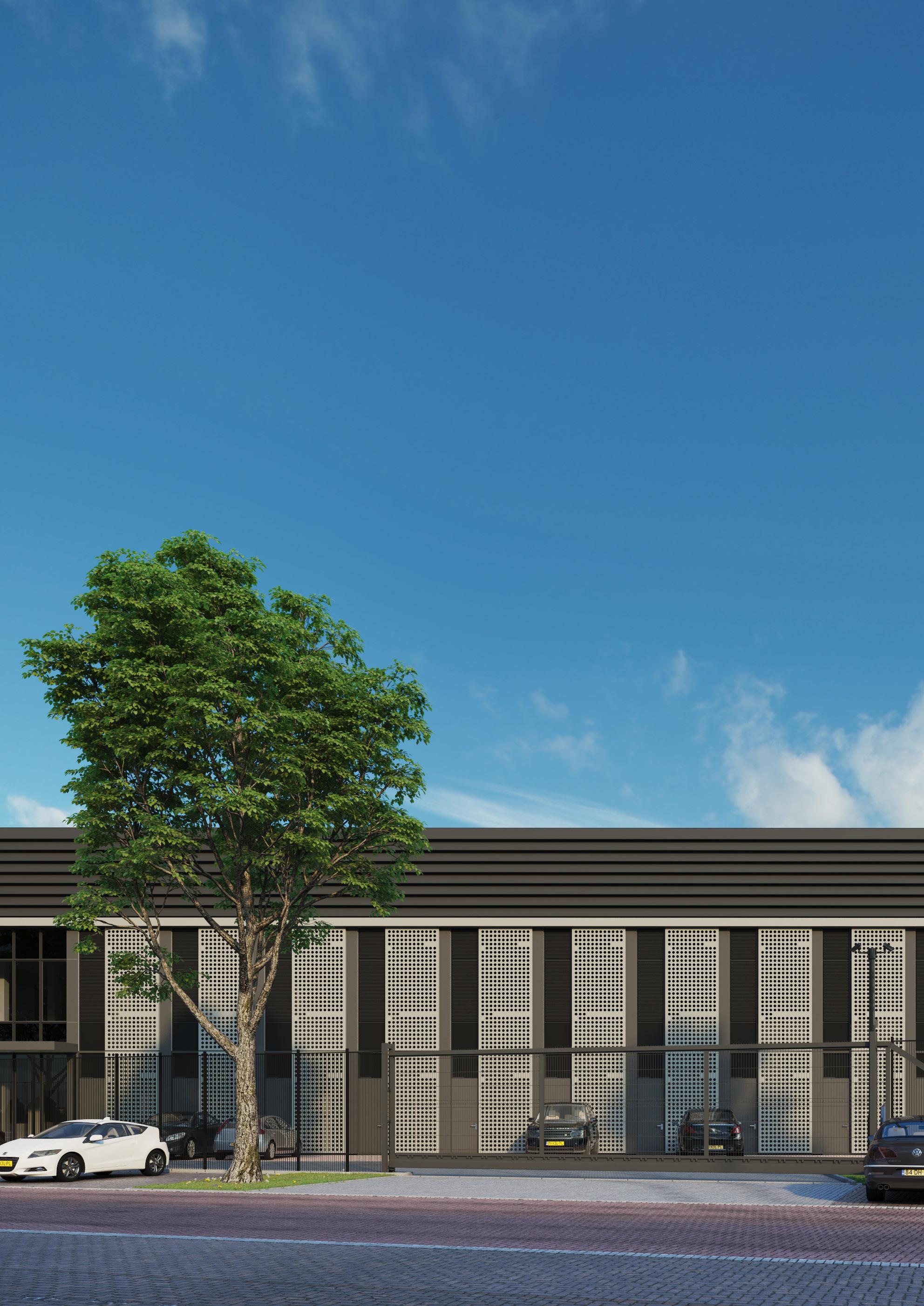


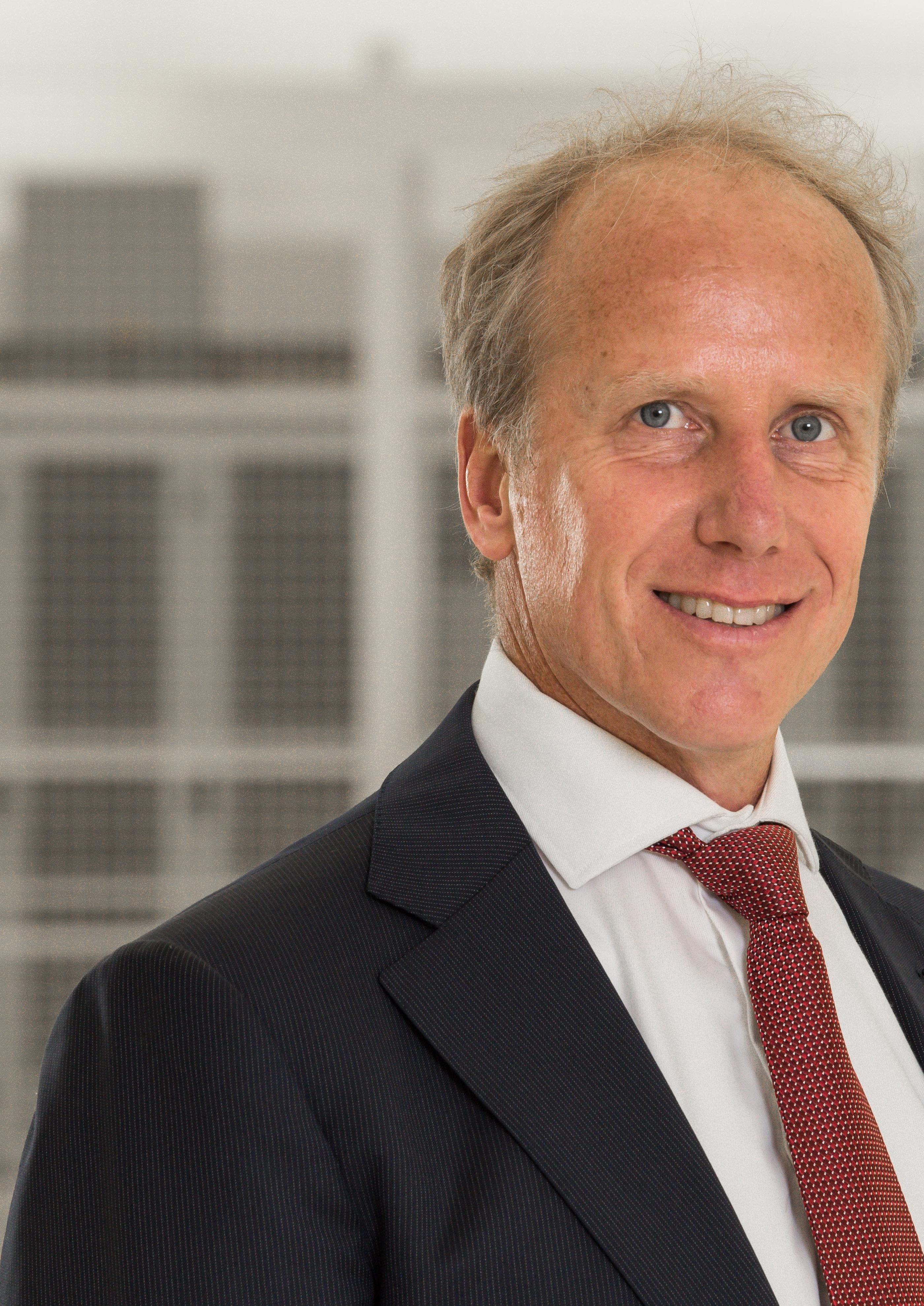
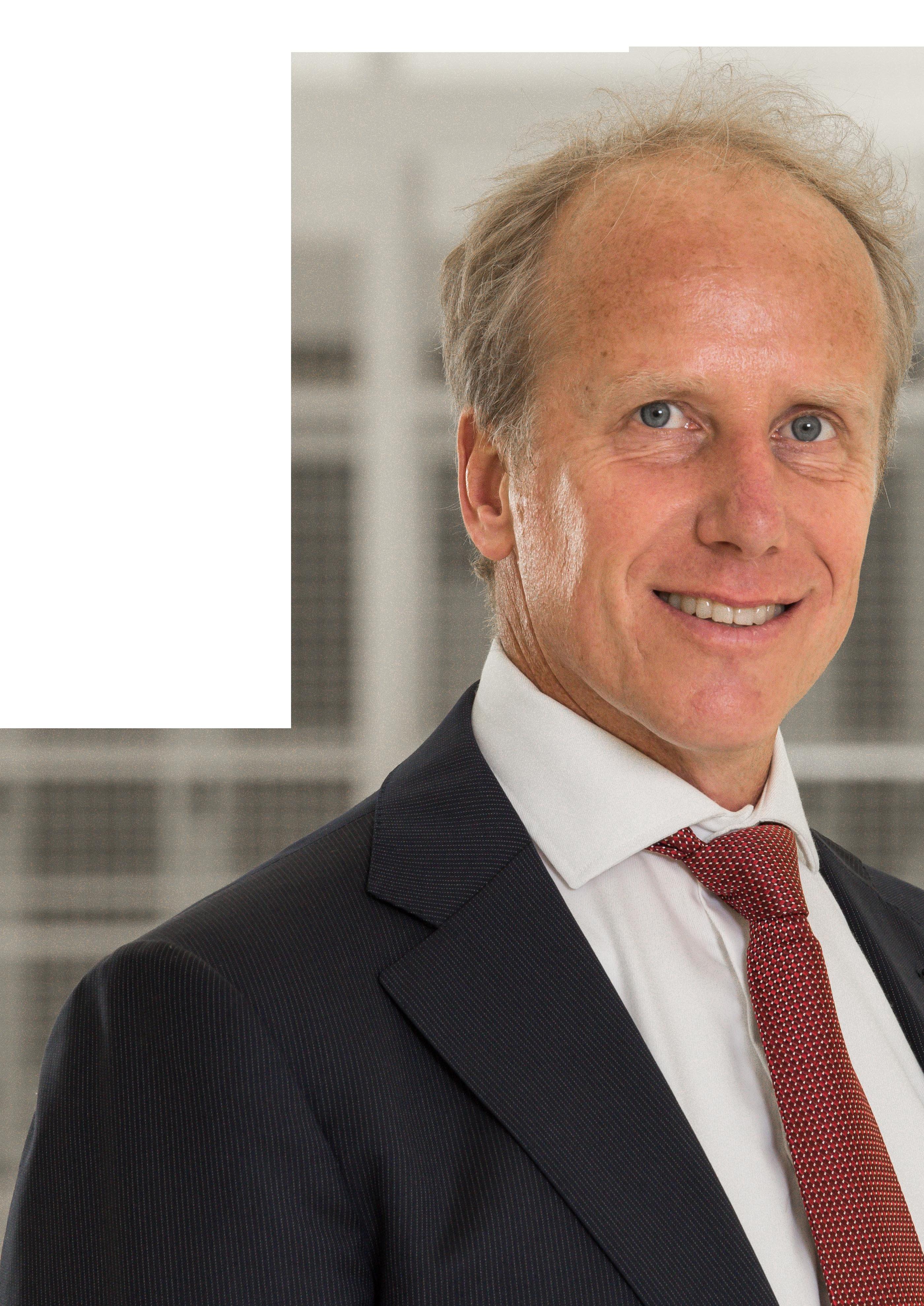

When it comes to public opinion, data centres are among the industries that face the biggest of uphill battles. The sector – and not always without good reason – has long been perceived as the antagonist of the world’s sustainability targets. And now, this long-standing reputation is proving a major obstacle to the growth of the sector.

Despite the fact that the data centre industry is full of pioneering sustainability advocates, each of whom is developing sophisticated, future-proof, green solutions, it’s still a challenge to reverse the state of public opinion.
So, how can companies that are leading the charge towards a greener future establish the right reputation in their marketplace and successfully demonstrate their sustainability commitment to the public?
In an exclusive interview with Edgar Van Essen, Managing Director of Switch Datacenters, we learned about how the company is deploying unrivalled green initiatives and ensuring those efforts don’t go unnoticed.
TITLE: MANAGING DIRECTOR
COMPANY: SWITCH DATACENTERS
Van Essen joined Switch Datacenters five years ago as Managing Director and - together with Gregor Snip (CEO & Co-Founder) - is responsible for the strategic, daily growth of the company.
Before joining Switch Datacenters, Van Essen was an Executive Vice President leading a large region for a renowned Swiss high tech company.
Van Essen has a long and successful track record in building out the digital infrastructural markets in EMEA, and has been very successful in implanting new growth strategies across Europe. He holds a Master Degree in Business from Rijksuniversiteit Groningen, and is driven by innovation and smart new business models.
Switch Datacenters is an Amsterdambased data centre provider that has been at the forefront of the region’s sustainability focus for the last 15 years.
moved into large hyperscale and wholesale site development. We’re not known to everybody, and we like to keep it that way,” explains Van Essen.
“We are not shouting from the rooftops what we do – that doesn't help us in our plans to get the right locations and the right new sites in Amsterdam. So we have a deliberately low profile, but in Amsterdam, we know every street, and every potential building that we could turn into a data centre.
Every year, Switch develops new data centres and adds to its expanding portfolio.
“So we have more than 120MW of data centre capacity in development in Amsterdam. But, when we have bigger customers on board, we might also follow them abroad,” Van Essen adds.


“Our role in the Dutch data centre market is to be the challenger. We’re coming from a relatively small position in retail and, over the last three years, have succesfully
The company was founded to address what they saw as a gap in the market and bring a new approach to the industry.
“Switch Datacenters started 15 years ago by
“Our role in the Dutch data centre market is to be the challenger and innovator”
EDGAR VAN ESSEN MANAGING DIRECTOR, SWITCH DATACENTERS
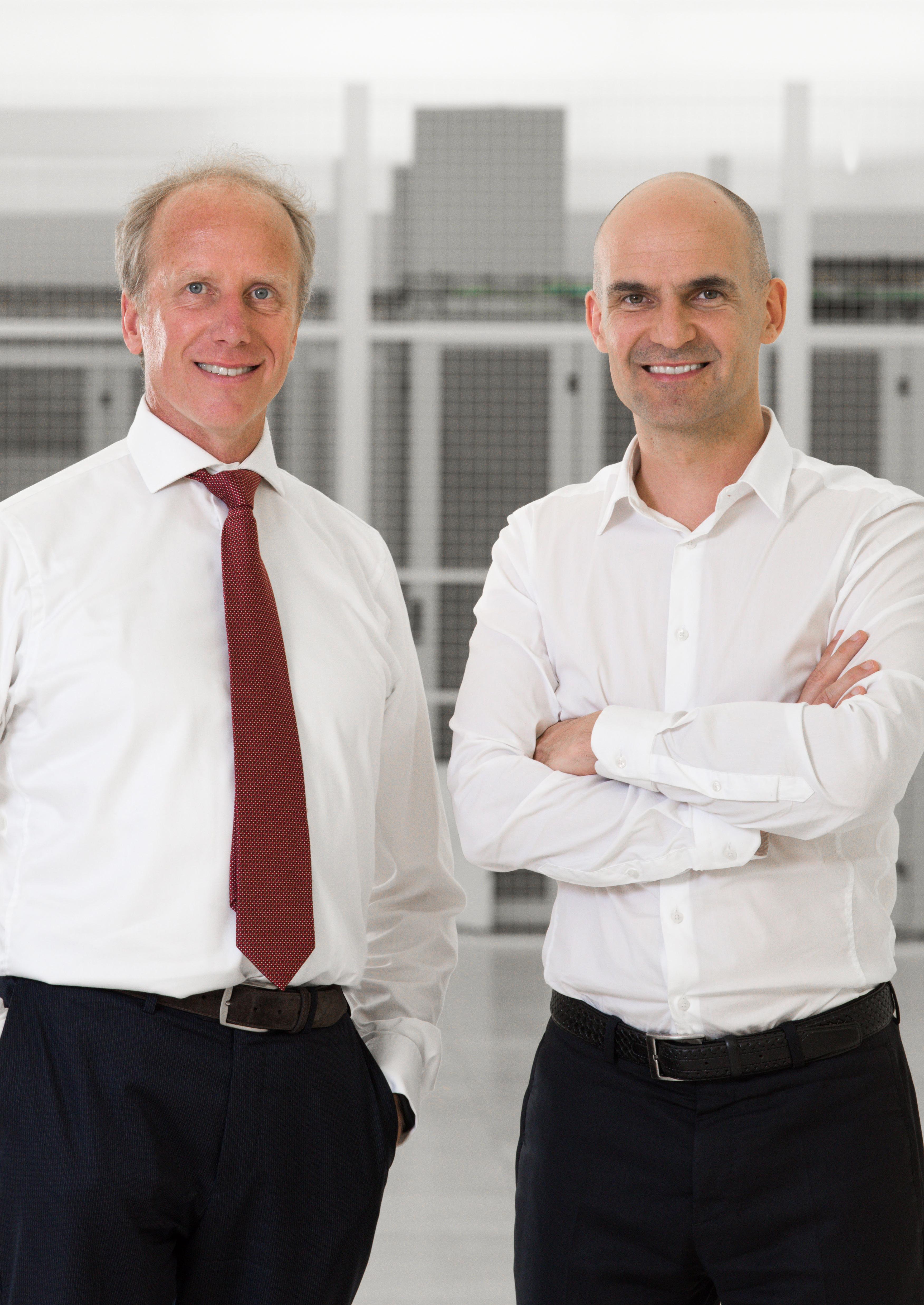
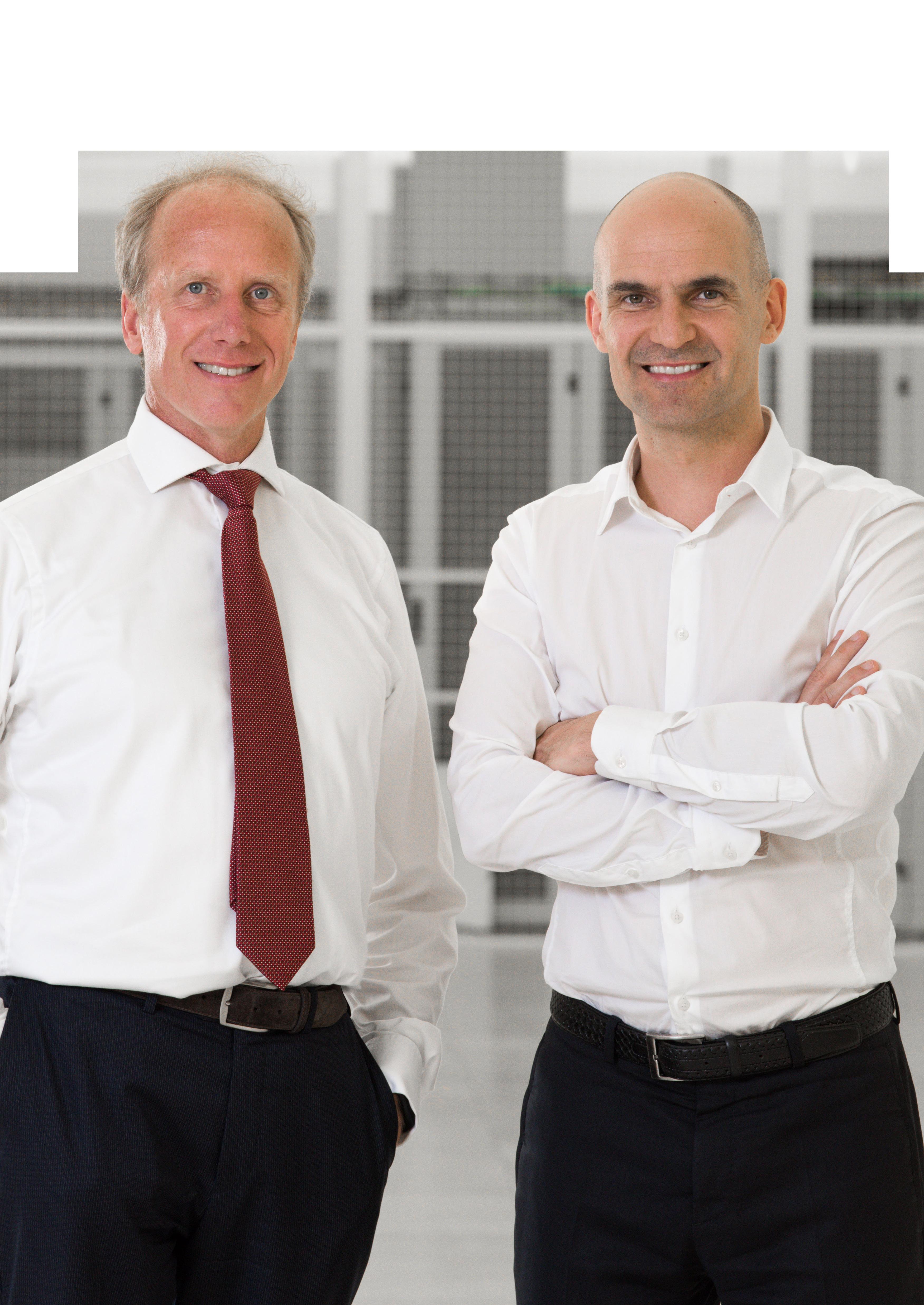
Schneider Electric’s Thierry Chamayou explains why sustainability is a strategic imperative for the data centre industry
THIERRY CHAMAYOU, VICE PRESIDENT CLOUD & SERVICE PROVIDERS EMEA, SCHNEIDER ELECTRIC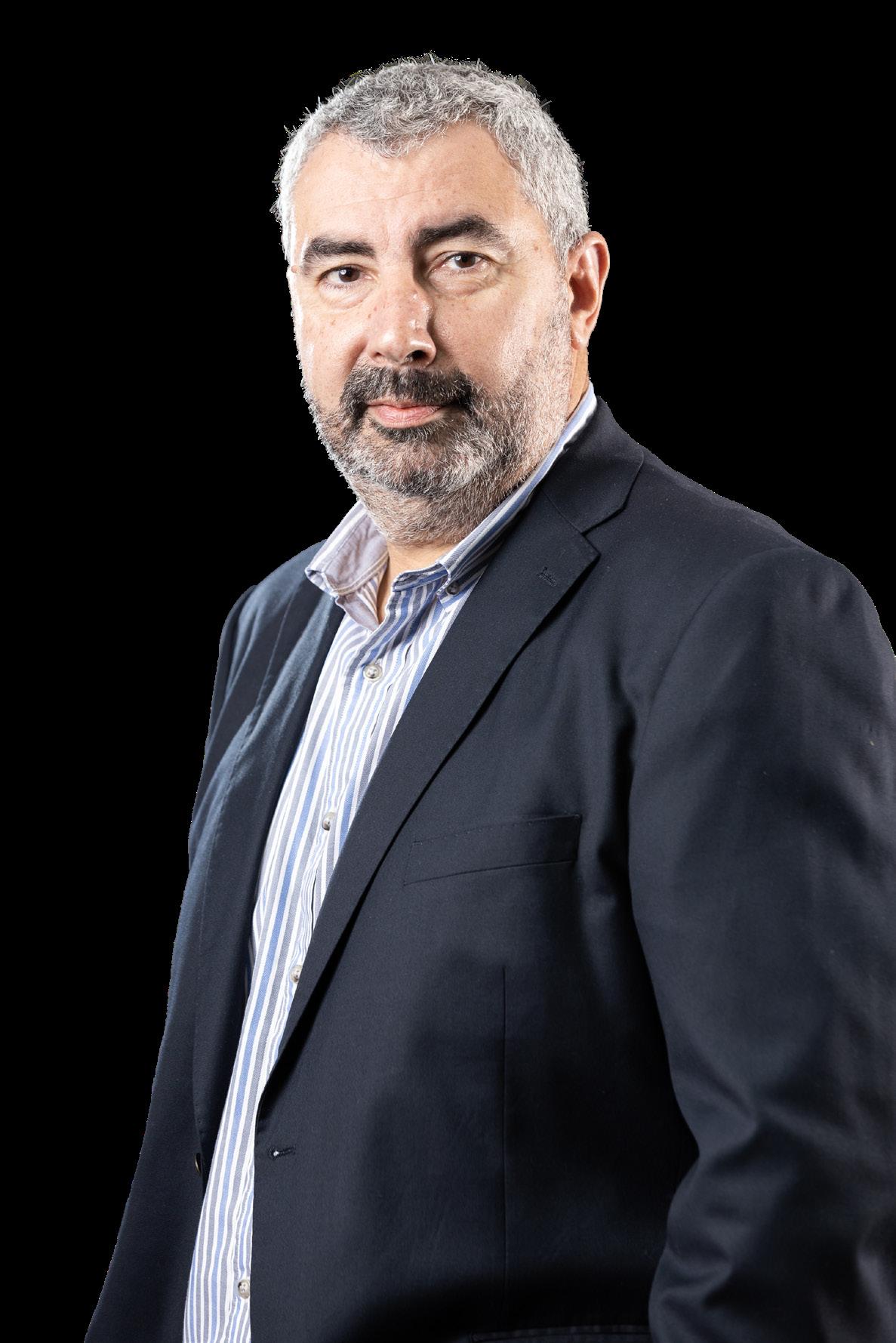
“Within the last few years sustainability has moved from a ‘nice to have’, to one of the top three procurement considerations for end-users and operators.” says Schneider Electric’s Vice President, Cloud Service Providers, EMEA, Thierry Chamayou.

Schneider Electric, who has signed the 17 science-based targets that form the foundation of the United Nations’ sustainable development goals has made sustainability a fundamental focus of its operations, positioning itself as one of the world’s leading authorities on net zero. Today the company develops technologies for several critical sectors, including buildings, grids, industrial manufacturing, and of course, data
centres. It is here that Chamayou believes data centres are leading the charge and demonstrating that energyintensive industries can be a key enabler for decarbonisation.
Sustainability has indeed become a strategic imperative for data centres, and for businesses embarking on this journey, Schneider Electric is leading by exampleestablishing new innovations and investing significant amounts of revenue in research and development. Chamayou tells us that the company is not only helping organisations improve efficiency and reduce emissions, but is helping business to establish strategies that will enable long-term, sustainable change.
A key example is its position as a leader in the Power Purchase Agreements (PPA) market, where it was recently ranked No. 1 for its NEO Network and Zeigo platforms. These acquisitions have enabled Schneider Electric to simplify the buying process by connecting customers with trusted experts, and offering exclusive market intelligence to accelerate decision making.
Chamayou tells us that there is “no trade-off”, and sustainability is not just good for the planet, it’s now become a central of focus for organisations both in the industry and outside of it. Many businesses, for example, are becoming more climate-conscious, and as such, making significant investments in Greentech to futureproof and safeguard their operations.
In the data centre sector specifically, sustainability has been driven by enduser requirements, pushing operators to measure and prove their environmental impact in a multitude of ways. “One way in which the company is helping here is through its industry-first sustainability framework”, says Chamayou, “helping operators to measure their impact through five key areas – energy, greenhouse gas emissions (GHG), water, waste, land and biodiversity.”
For Schneider, these are vital, as they give data centre organisations fixed and quantifiable metrics for them to measure their progress towards improved sustainability standards.
“Ultimately, creating sustainable change comes down to setting a bold and actionable strategy,” continues Chamayou, “but no two strategies are entirely alike. Each customer will define its ambition in terms of climate impact, and we take a data-driven approach to help them drive change. To do that, we use our global platform with suites of different software, called EcoStruxure™.”
One example is EcoStruxure’s Resource Advisor, which enables customers to unlock greater optimisation, while giving them access to the analytics and reporting tools that are critical to the first phase of improving sustainability. For data centres in particular, this level of transparency and measurability is invaluable.
Interestingly Schneider Electric’s efforts within the space coincide with the publication of several of its recent research papers. One example is ‘Sustainability at the Edge’, exploring the gap between enterprise plans and edge sustainability programs. One of the report’s key findings was the revelation of a ‘perception-versus-reality dilemma’ across much of the industry.
According to the report, “the maturity evaluations of nearly half of respondents (48%) did not match a previous answer,” as many enterprise organisations believe their sustainability programmes are more advanced than they are, in-reality. What’s more, the paper found that 73% of organisations surveyed ranked sustainability as their second-most important business priority. Critically, only 33% say they have created a strategic sustainability plan.
Chamayou tells us that having clear, definable metrics that data centres can use to shape their sustainability strategies will be an immense aid. Through its framework, technologies and expertise, Schneider Electric is helping the industry to create datadriven strategies, where success and progress are measurable.
coincidence, because Gregor (CEO) and his brother were running the first hosting company in the Netherlands.
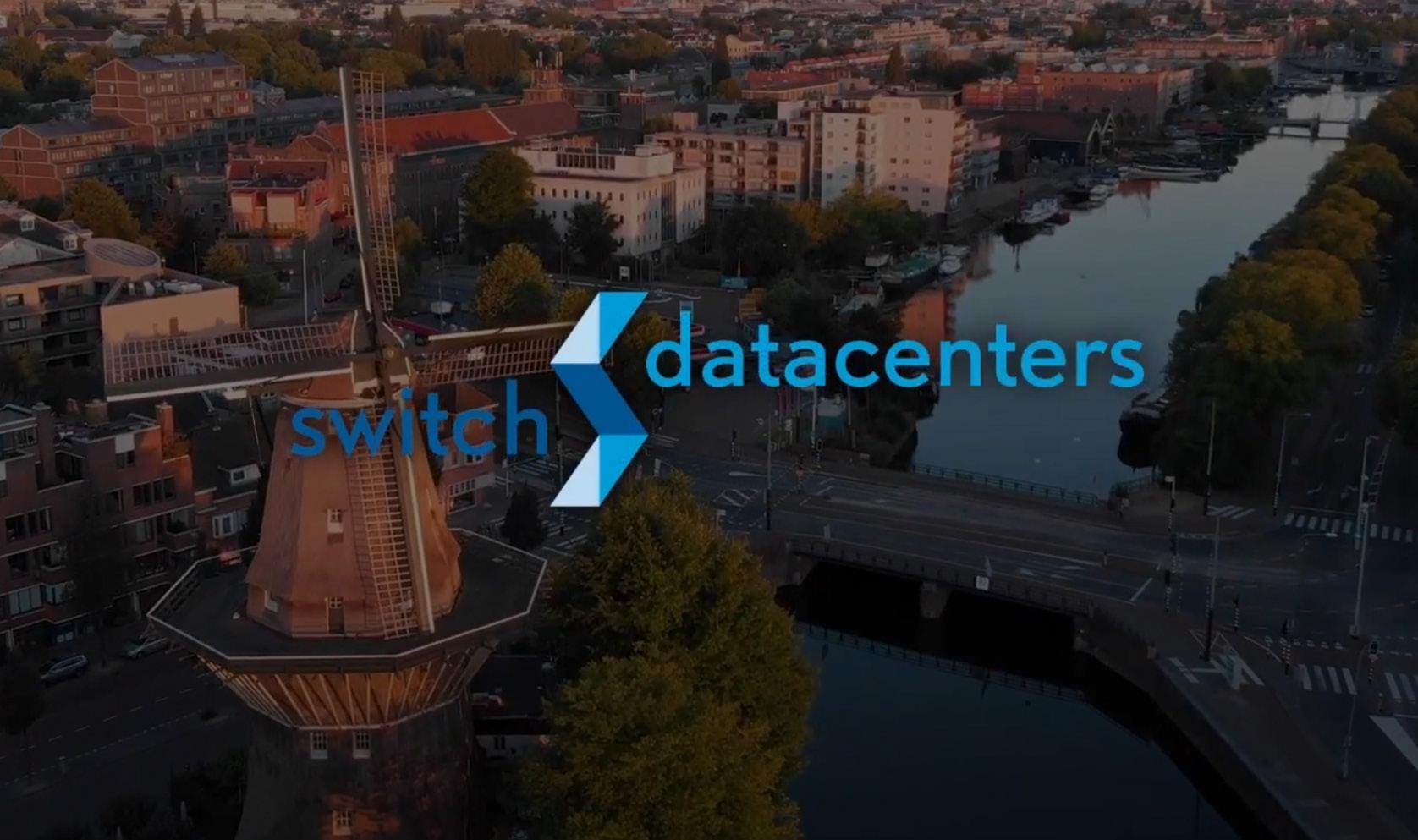
“They felt really mistreated on pricing, flexibility and customisation. So they decided, typically entrepreneurially, to just build a data centre themselves. They had no clue what it was, but they did that, improved their designs over the years and, actually, they succeeded in doing so.”

From there, Gregor and his brother spent a lot of time optimising their technology and innovating in the data centre space.
“They achieved this not just by buying everything that was on catalogue, but by actually thinking for themselves what they needed and reinventing smarter and better
“We have totally forgotten to understand that we have to actually adapt our language to the language of the public and give something back to them”
EDGAR VAN ESSEN MANAGING DIRECTOR, SWITCH DATACENTERS
strategies, and getting the public on-board
solutions. In the end, this led to very efficient solutions that we developed ourselves and in-depth knowledge on cooling systems, modular design, construction and energy efficiency.
“Today, Switch still has a natural focus on independent development. We have a lot of engineers that have a thorough background in industrial design, meaning we have all the knowledge in-house that we need.”
30MW Switch Datacenters currently operates around 30MW of IT data centre capacity

“At this point in time, we’re one of the best at finding and developing new plots – and we do this in a totally different way to a lot of our competitors. The reason we are good at this is because we focus on Amsterdam, and we know the Amsterdam market inside-out. We know the language, we know the politics, we know how to get the power, and we know the right areas for new locations.”
And now, after almost two decades spent establishing its presence in the Dutch market, Switch’s next goal is to utilise its learnings, grow even bigger in Amsterdam and perhaps strategically expand across the continent.
“So we decided, ‘Let's first build a strong base in Amsterdam and, once we have that base and we have those customers on board, we will replicate that model in other countries’.”

Switch Datacenters was founded in 1998 and is one of the most sustainable data center operators and developers in Amsterdam. Today it owns three data centers in the Netherlands, and provides premium hosting, colocation and connectivity services for cloud, retail, and government organizations.
Sustainability is embedded within Switch Datacenters’ DNA and it believes that data centers can be reliable, affordable, innovative, and sustainable, all at the same time. Its locations in Amsterdam also places it within a global trade hub, while its position within the FLAP-D market makes it one of the world’s most competitive regions for data centers and cloud providers. Sustainability and innovation have, therefore, become key differentiators for Switch Datacenters, and are vital to its leadership position.
For more than a decade Switch Datacenters and Schneider Electric have established a long-term, strategic partnership to build an efficient, adaptive, and resilient data center platform. Across its portfolio, Switch Datacenters has worked with Schneider Electric to design and build its data centers, and today it uses turnkey solutions from Schneider Electric's EcoStruxure™ for Data Centers architecture to deliver marketleading services.
Switch Datacenters designed its facilities primarily to minimalize the impact of CO2 emissions on the environment and it was the first data center operator in Europe to reduce its Power Usage Effectiveness (PUE) to 1.1 by using revolutionary cooling concepts and innovative liquid cooling solutions.
From a power and resilience perspective, Switch Datacenters uses Schneider Electric Galaxy™ VX UPS with LithiumIon, which offers up to 99% energy efficiency using Schneider Electric’s patented eConversion technology, and critical powertrain solutions including its Busbar and Medium Voltage (MV) panel technologies.
The collaboration between Switch Datacenters and Schneider Electric has resulted in an initial 30% initial cost savings and 25% greater energy efficiency, enabling Switch Datacenters to meet today’s demands for industry-leading uptime and sustainability, and provision for a sustainable future.
According to Van Essen, the Amsterdam market is a particularly difficult one for data centres.
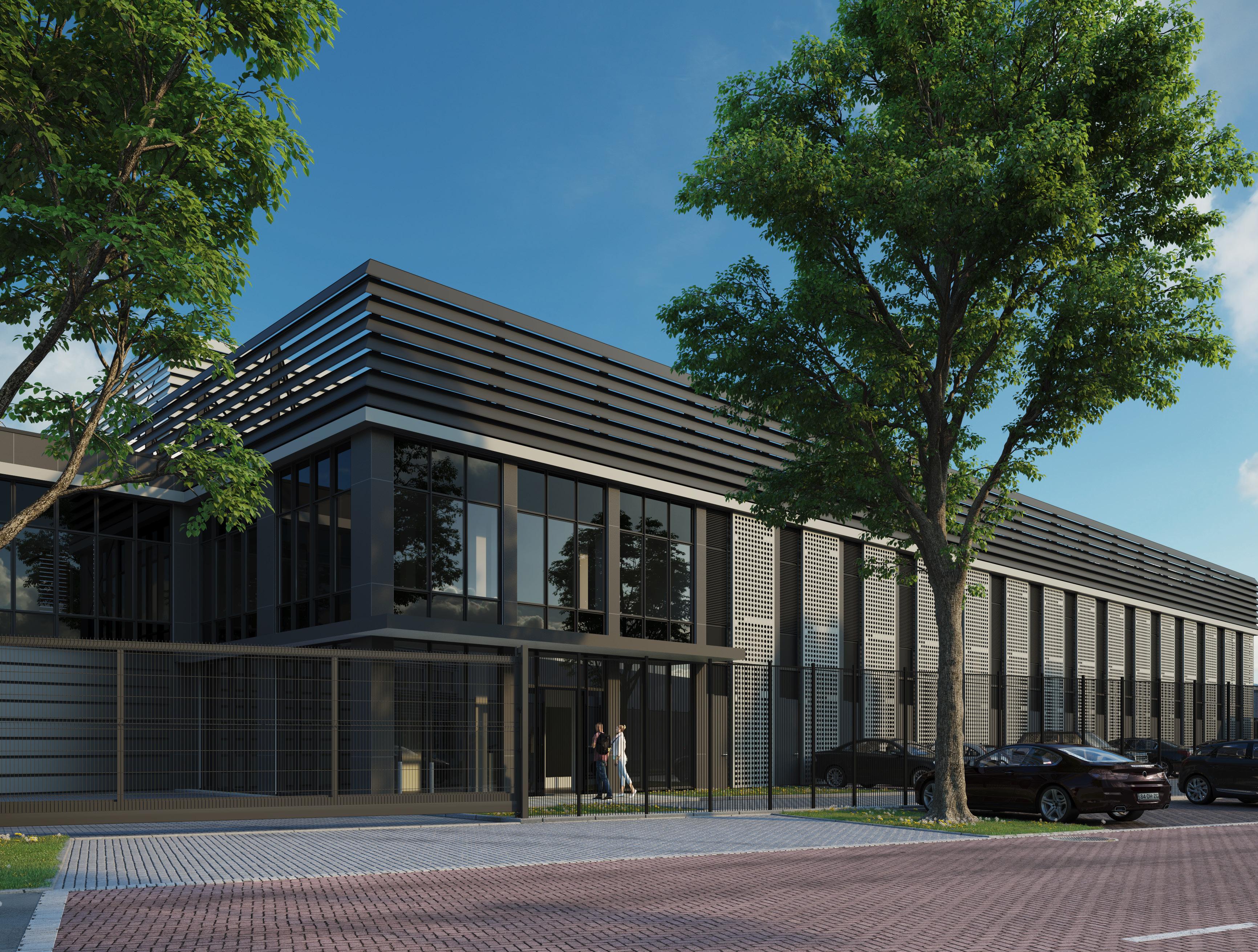
“The main challenges in the Amsterdam market are mainly about sustainability and getting power and permits. There's a lot of political pressure in this regard, and I think it all comes back to the public not understanding what data centres are about,” Van Essen explains.
Continuing in this vein, he asserts that one of the industry’s key flaws lies in the fact that its leaders and innovators are talking exclusively in technical language. This mode of communication is actually creating a big gap, because politicians aren’t engineers, and the general public are unable to follow these explanations. As a result, those outside the
EDGAR VAN ESSEN MANAGING DIRECTOR, SWITCH DATACENTERS
“ This optimisation game – data centre 1.0, as I call it – was very technologyoriented and not at all society-aware. That is actually what caused a lot of frustration in Amsterdam with the policymakers and the public”

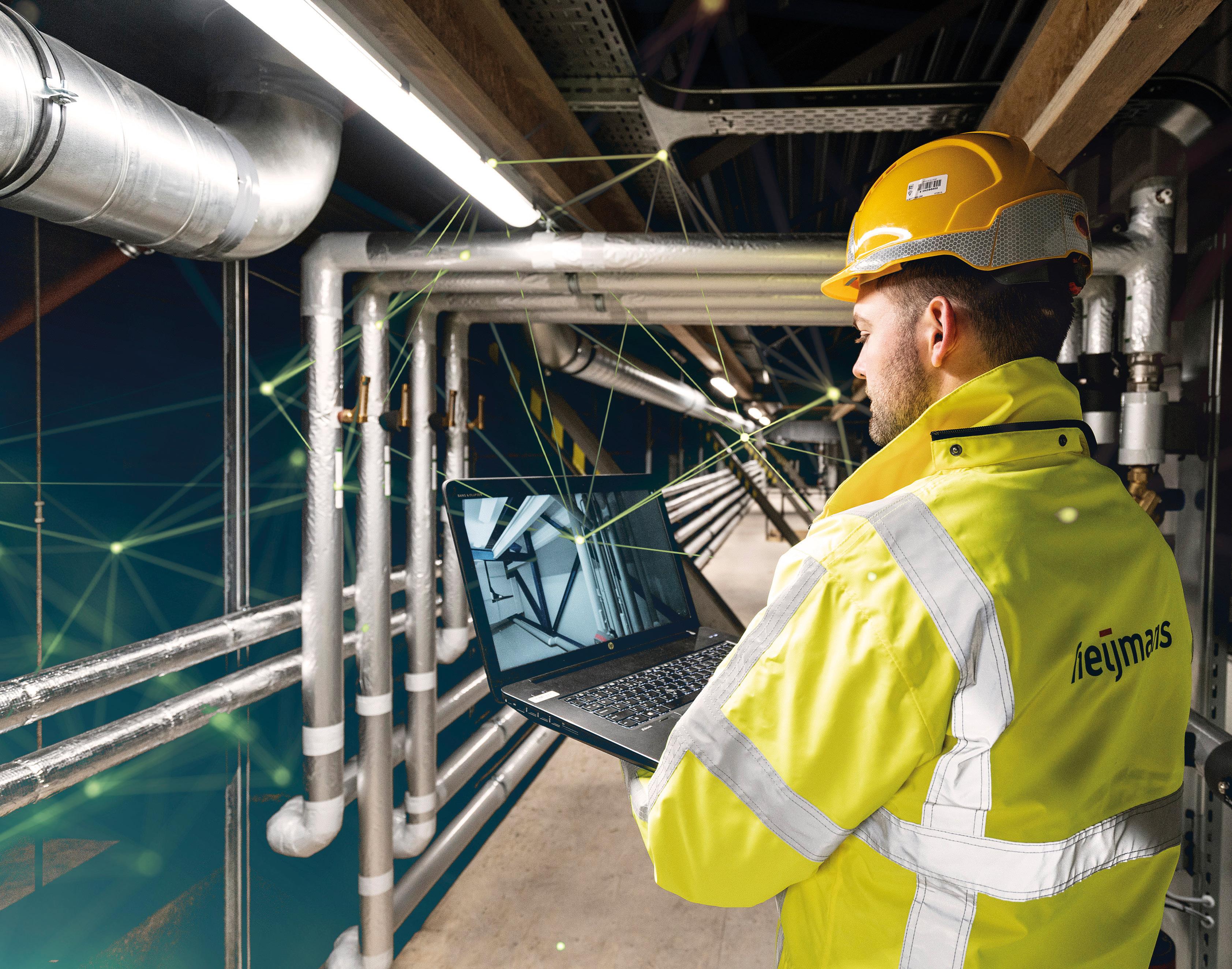
Everyone wants clean air, to live in a nice neighbourhood, to work in a good workplace and to be able to travel safely from A to B. By making things better, more sustainable and smarter, Heijmans is creating that healthy living environment. We are a stock exchange-listed company that combines activities in property development, building & technology and infrastructure. In addition to this, we work safely and we add value to the places where we are active. This is how we build the spatial contours of tomorrow together with our clients: www.heijmans.nl/en/
For more information:
industry are becoming increasingly alienated from – and therefore mistrusting of – it.
“We have totally forgotten that we have to actually adapt our language to the language of the public and, when using scarce resources like land, power etc, give something back to the public,” Van Essen explains. “I also think a lot went wrong there, specifically, after a lot of foreign capital came to Amsterdam and adopted a one-size-fits-all push out of their US headquarters.”
For many global enterprises, Van Essen says a ‘copy-paste’ approach across all their new locations is common. However, this can be a serious hindrance to efficiency, and be highly detrimental to a brand reputation and a reason for slow innovation.
“This optimisation game – data centre 1.0, as I call it – was very technologyoriented and not at all society-aware.
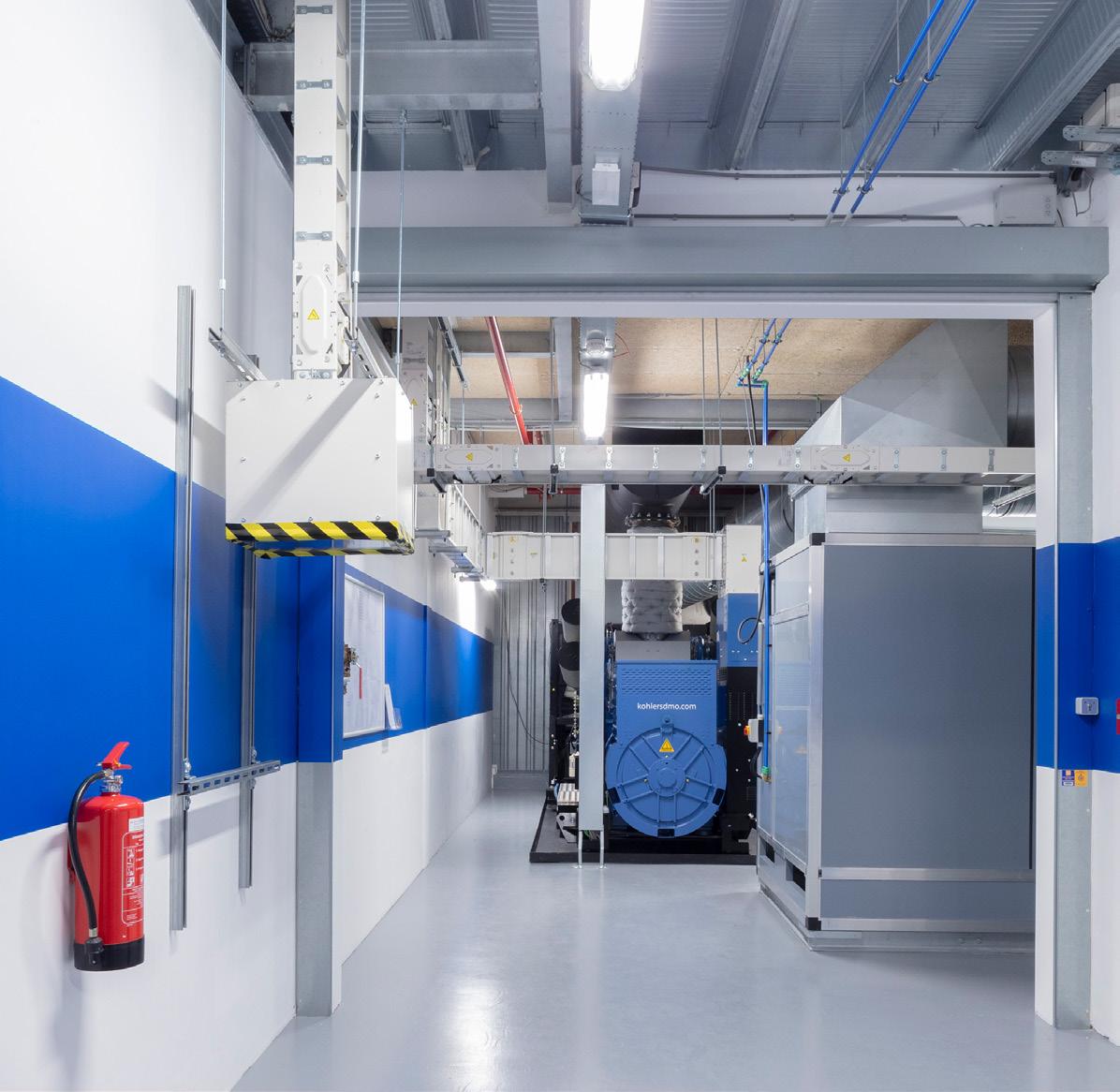
That is actually what caused a lot of frustration in Amsterdam with both policymakers and the public, and it is now also becoming a broader European topic.”
“Amsterdam was one of the first cities that started to block the growth of data centres because, actually, they were consuming too much space and power, which were meant for other things. In the end, the industry was very much the root cause of creating this block, and you see the same happening now in Frankfurt, and even in London and Dublin.”
Unexpectedly, Van Essen says that because Amsterdam has always been leading this trend towards high sustainability demands, that has proven to be a major advantage of developing solutions there.
“Once you have a working solution in Amsterdam, the chance that you can copypaste it into Frankfurt, Dublin, and the others is pretty high. If you start the other way around – develop something in London and then try to get into Amsterdam – the likelihood that you will fail is pretty big,” Van Essen asserts.
“Amsterdam was one of the first cities that started to block the growth of data centres because, actually, they were consuming too much space and power”
EDGAR VAN ESSEN MANAGING DIRECTOR, SWITCH DATACENTERS
One of the biggest challenges for MTDC’s and their Cloud Scale tenants is that they must think about the infrastructure requirements in terms of workloads rather than in space and power.
To meet future scalability and bandwidth demands, Cloud service providers must have the ability to rapidly deploy any type of workload at any required network speed, at any time, and at any location.
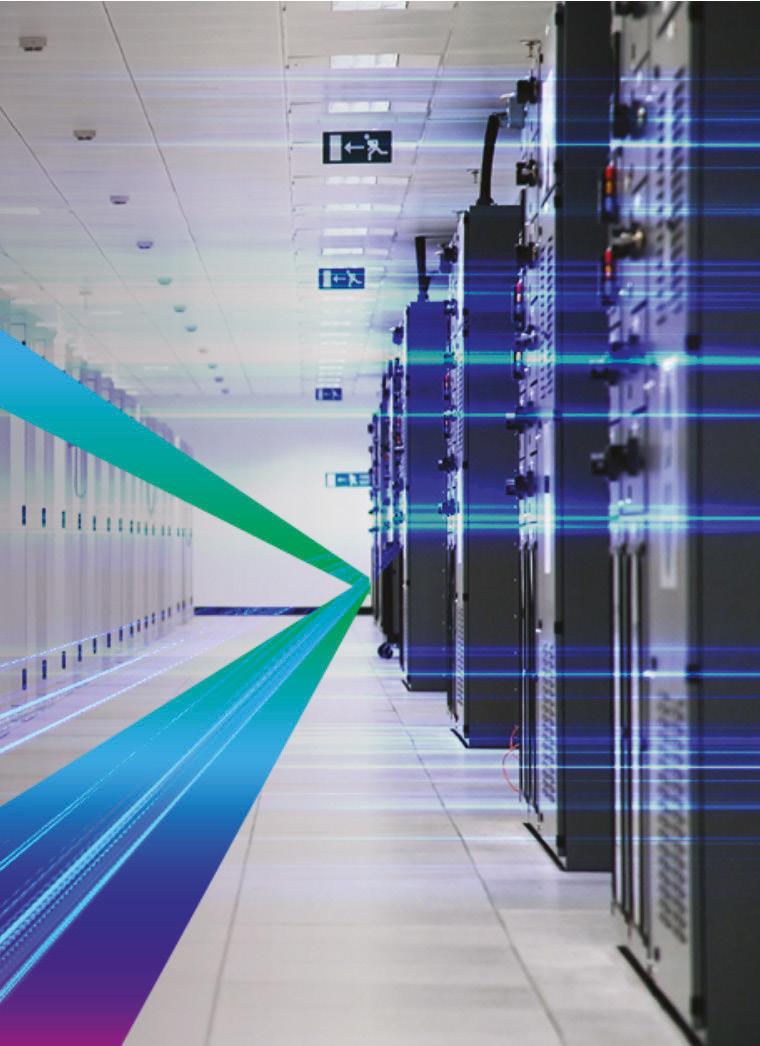
As a result, we see Cloud Type Data Centers rapidly evolving, as data speeds, power usage per rack, and infrastructure complexity increase.
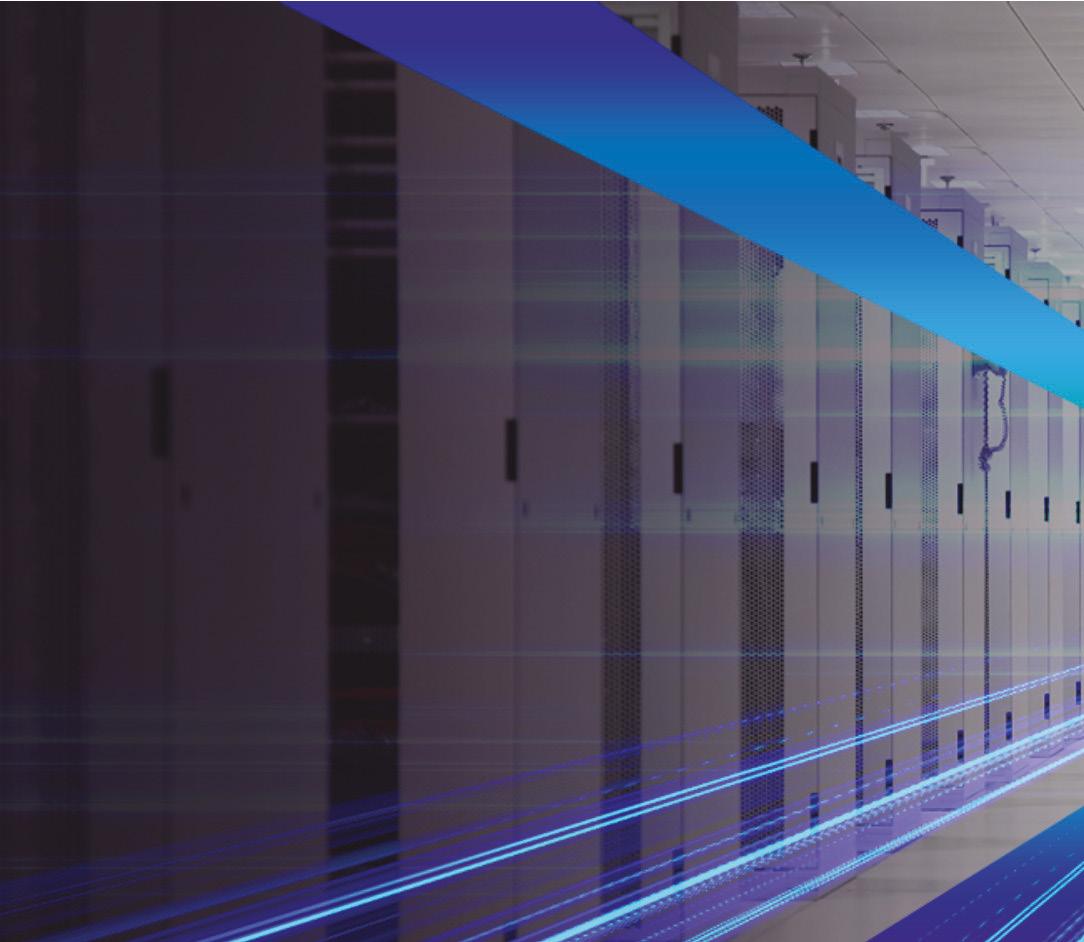
This requires smarter than ever Data Center designs. From smart power and cooling techniques and designs to smart and future ready high speed fiber infrastructure designs, from the entrance room in the grey space to and in-between the equipment and storage racks in the white space.
The objectives of a fiber infrastructure design are comparable to those for designing a highway. To meet current and future traffic demands it needs to be safe, efficient and allows for fast movement of traffic. Next to that overall cost, maintenance, sustainability, and planning for anticipated future traffic must be considered.
In an ideal world the MTDC’s and their Cloud Scale tenants would like to have a fiber infrastructure that can easily be migrated to higher speeds in the most sustainable way and at lowest CAPEX and OPEX thinkable. No matter if you’re on a 100G, 2 fiber backbone today and want to migrate to a 400G or 800G 8 or 16 fiber tomorrow or if you already think about 1.6TB backbone, the solution is already there.
Interested in hearing more about a solution that has ultra-low loss connectivity, is highly modular, has minimum weight, allows for one person install, is sustainable and drives cost and efficiency let us know.
Contact
Bas Mondria Sales Manager EMEA bas.mondria@commscope.com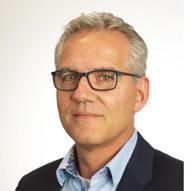
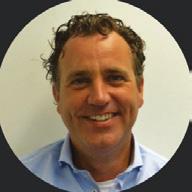 Dick Philips Sr. Manager Global Cloud Accounts EMEA dick.philips@commscope.com
Dick Philips Sr. Manager Global Cloud Accounts EMEA dick.philips@commscope.com
“So, it's all about understanding what is the best spot to start developing a new data centre formula. And we are 100% convinced that Amsterdam is the perfect ground for that. Not only due to the size of the market, but also the political environment we are in.”
Switch Datacenters has more than 120MW of data centre capacity in development in Amsterdam
Communicating sustainability –how to get the public on-board So, the twofold challenge becomes implementing future-proof sustainable solutions, while also communicating those efforts to clients and the public. As Van Essen states, preserving the industry requires nothing short of a new reputation.
“What we really now need to see happening, very quickly, is for the hyperscalers to start adapting their operational data centre technology models to actually become much more green by nature,” he urges.

“If they still build new, huge land-consuming data centres designed on air cooling, the situation will never change. So we will really call on the hyperscalers and the forwardlooking companies to start implementing alternative cooling technologies and start looking at site redevelopment, rather than builing new ones from scratch.”
Despite being a relatively small industry player, Switch is renowned for being a major presence on the sustainability stage and a key voice in these global discussions.
“We have been a very active member of all the forward-looking innovation committees in the global industry for many years, and try to contribute there as much as we can. We've been very active in the Open Compute Platform, for instance; we're also one of the founding members of the Sustainable Digital Infrastructure Alliance and a member of the Climate Neutral Data Centre Pact.”
To help drive innovation further in the sector, Switch even opened up one of its Amsterdam data centres as a test batch for new sustainable technologies.
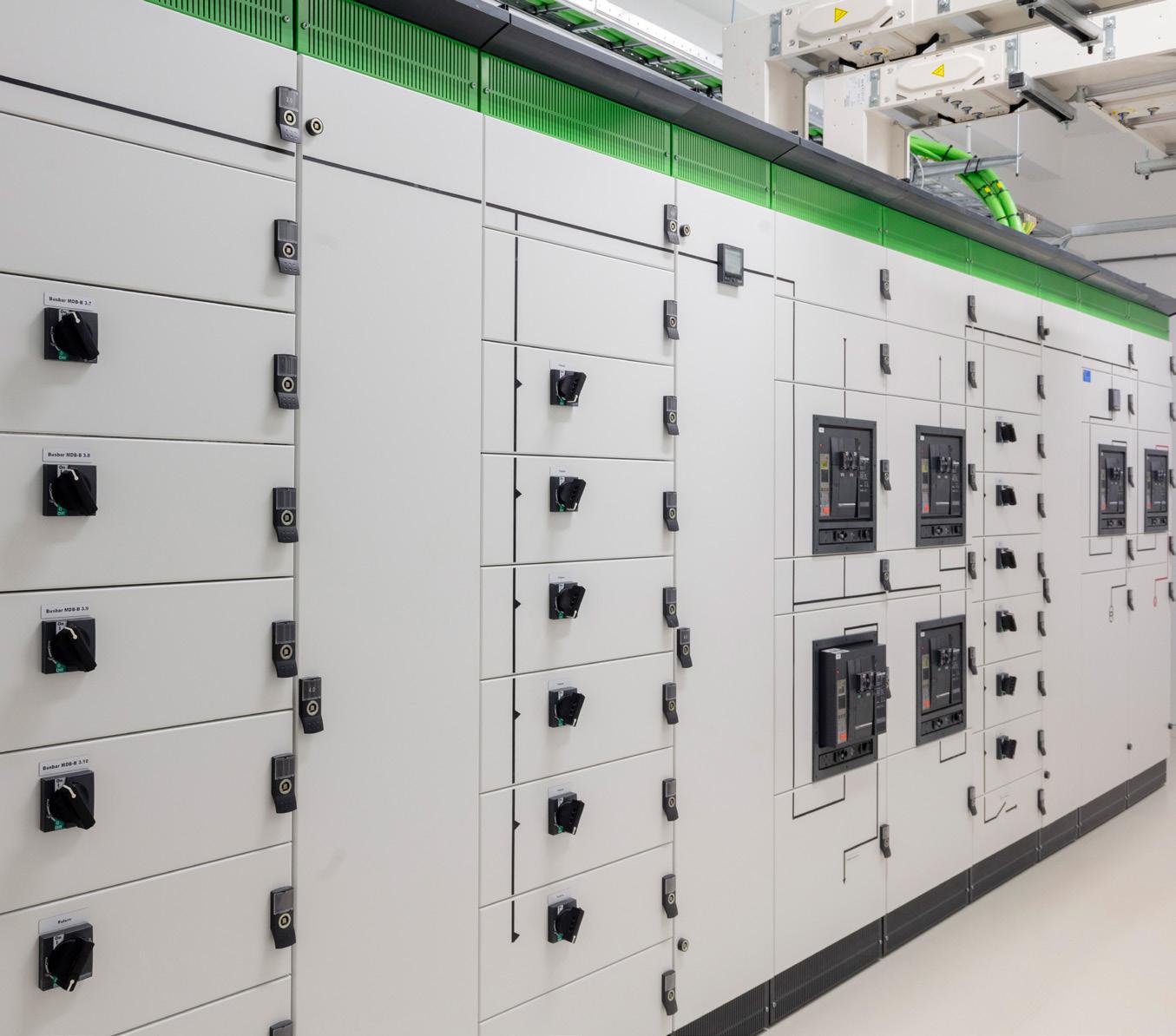
“We said, ‘If you guys want to see how this works and try it out, come to us, and we will actually help you to develop your solutions’. Already, we have quite a number of forward-looking companies coming to us because they want to do something with liquid cooling, reusing heat or using refurbished equipment.”
“They naturally come to us now: we understand their way of thinking, and we actually facilitate their division models. And that's
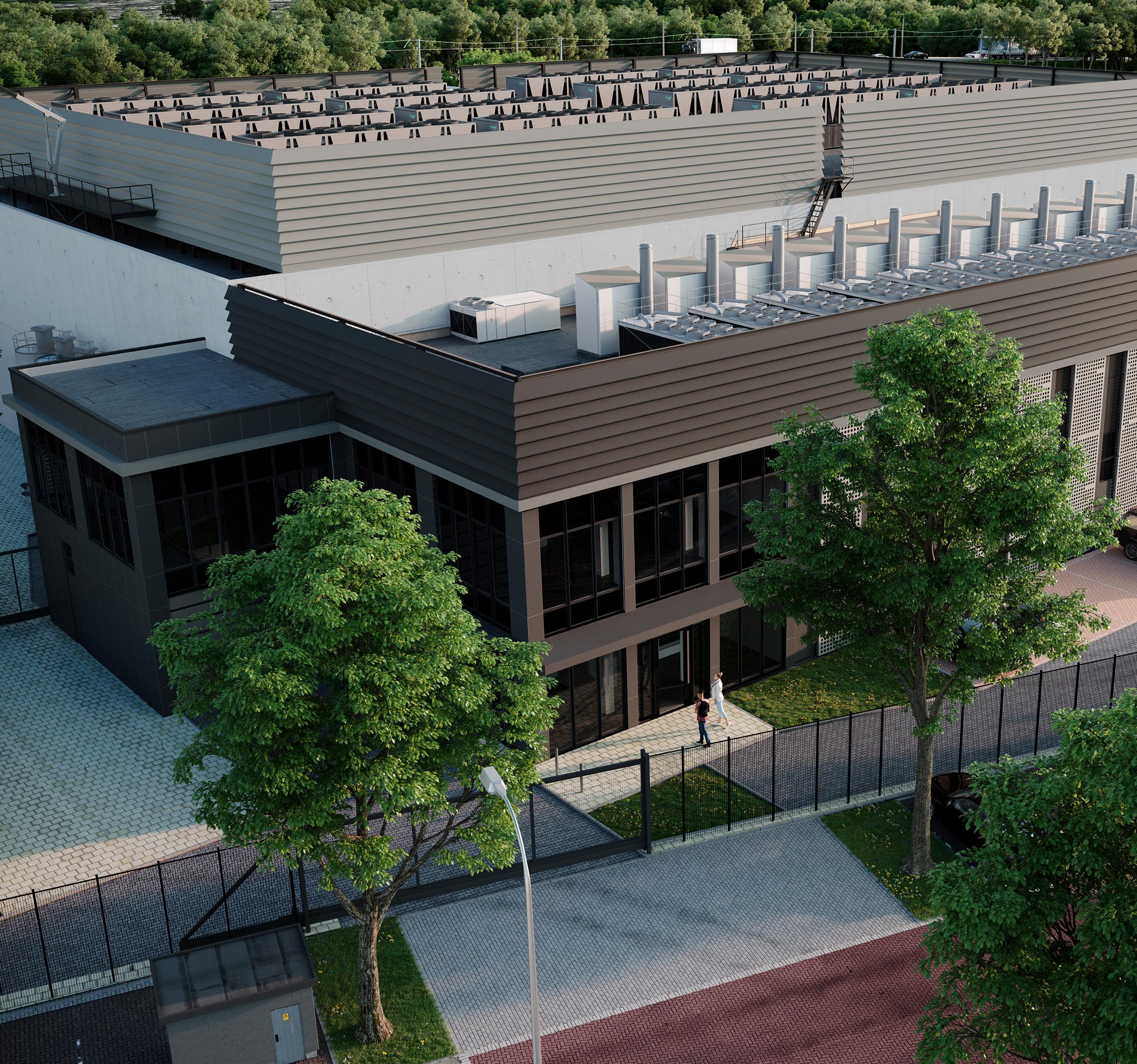
“It's all about understanding what is the best spot to start developing a new data centre formula. And we are 100% convinced that Amsterdam is the perfect ground for that”
EDGAR VAN ESSEN MANAGING DIRECTOR, SWITCH DATACENTERS
totally different if you go to the big names – we take the opposite approach to them. We say, ‘Please come to us and, jointly, we will find the next level’.”
For instance, experimenting with reusing server heat is a key part of those activities. For Switch, reusing the heat generated by its servers is an essential part of both futureproofing tech design, and preparing its customers for new business models and sustainability legislation in the future.
Switch’s long-term ambition is that data centres will eventually become heating
plants for district heating, thereby helping cities, policy makers and utility providers to move away from the current fossil fuel heat plants much more quickly.
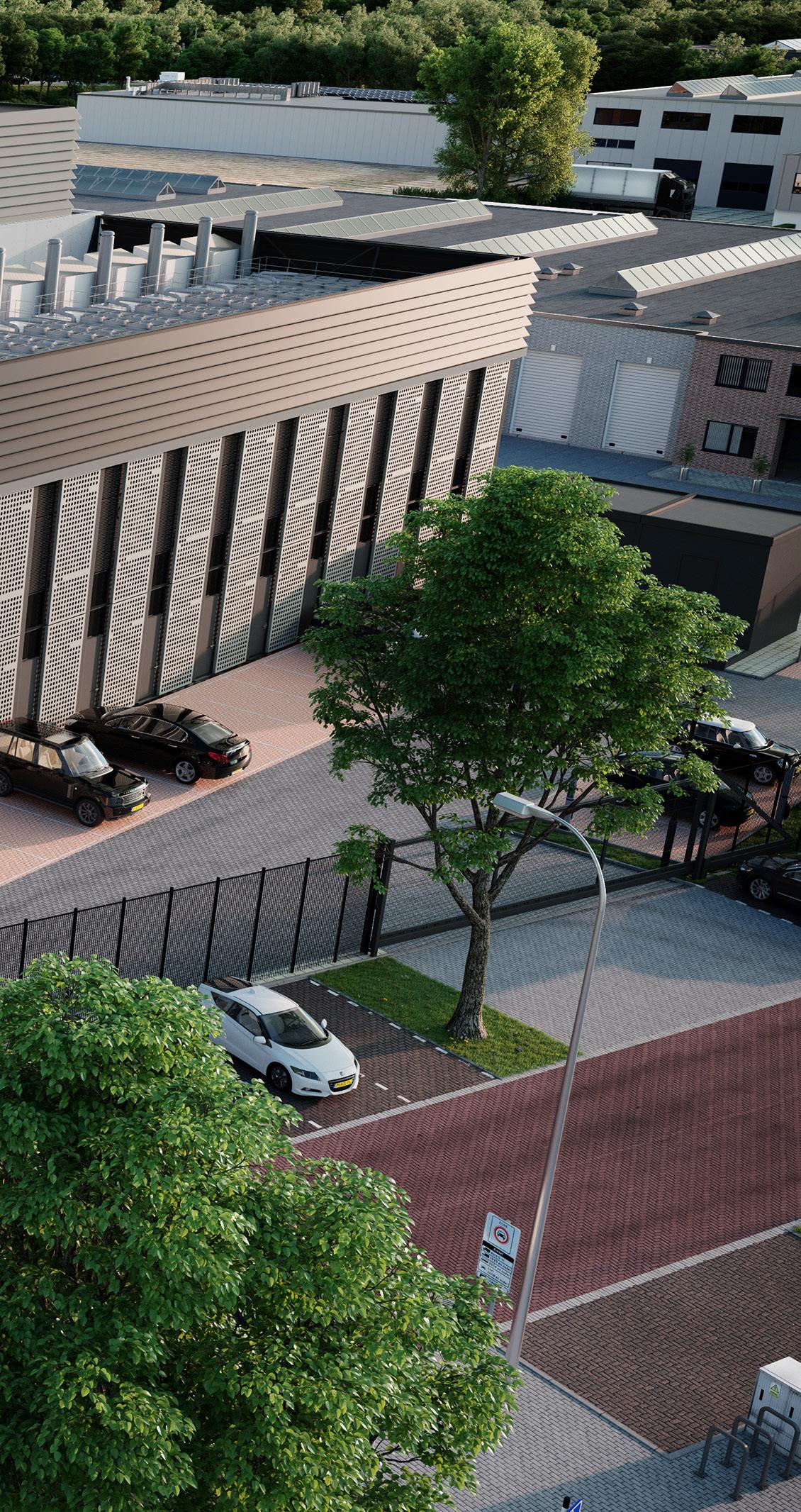
“Data centres will no longer be seen as enemies of the people, and will contribute to wider society in a much smarter way. And that's what we call data centre 2.0.”
It is through these market differentiators that Switch has been able to establish a unique, immensely strong relationship with its network of partners.
“Our partners see that we're the odd one out – the new kids on the block, in a certain way. They’re also seeing that we're growing quite substantially. So, now, we are really on a lot of innovation calls with really big suppliers,” Van Essen explains.
“They start to understand what we're doing, why we’re doing it, and see the value of our approach, that actually brings us into very strong strategic alliances. Despite the fact that we don’t yet have the volumes of the really large data centres, we still get the same level of board attention, because we bring much more to the table than just volume.”
In this way, Switch is adopting a multifaceted, intuitive approach to sustainability, bringing all the required elements together, while successfully showing the public that data centres can have a place in our greener future.
“It's all about understanding where the public opinion is heading to understand new things around the corner that will impact your business. It is absolutely not technology alone that defines our future. It's much more about understanding society and contributing to society – and that's where we differ from the rest.”
In the face of climate change’s devastating ripple effects, we explore the power of varied data in evolving data centre sustainability to stem the tide

t’s no secret that the world is in the midst of a climate crisis.

From heat waves, forest fires, and catastrophic floods to water scarcity and species loss, it seems that new climate crises are emerging weekly.

Being as data centres function as the ‘supercomputers’ upon which much of the world’s industry relies, they are central to our economy and society at large. Yet, conversely, they’re also some of the biggest energy, water, and fossil fuel gluttons.
Since 2017, there’s been a 266% increase in DC servers’ overall power consumption due to the proliferation of digitisation and smart tech. Increased power consumption means that not only is more energy required to generate the capacity needed, but more heat energy is being produced, too, which in turn means larger volumes of water for cooling.
Add to this the fact that many data centres are made up of concrete, cement, steel, and glass – formed by carbon-intensive processes, though beneficial in other ways – and it’s not hard to understand why data centres are the focus of much political scrutiny when it comes to improving sustainability metrics.
“Data centre operators play a dual role in addressing the challenge of sustainability. On the one hand, they are a major contributor to the problem, consuming significant amounts of energy. On the other hand, they also lead in implementing technologies, such as cloud computing, that can help deliver sustainable solutions,” explains Terry Storrar, Managing Director at Leaseweb UK.
To get a grip on sustainability, many data centre providers are turning to ‘diversified data’ to evaluate current measures,
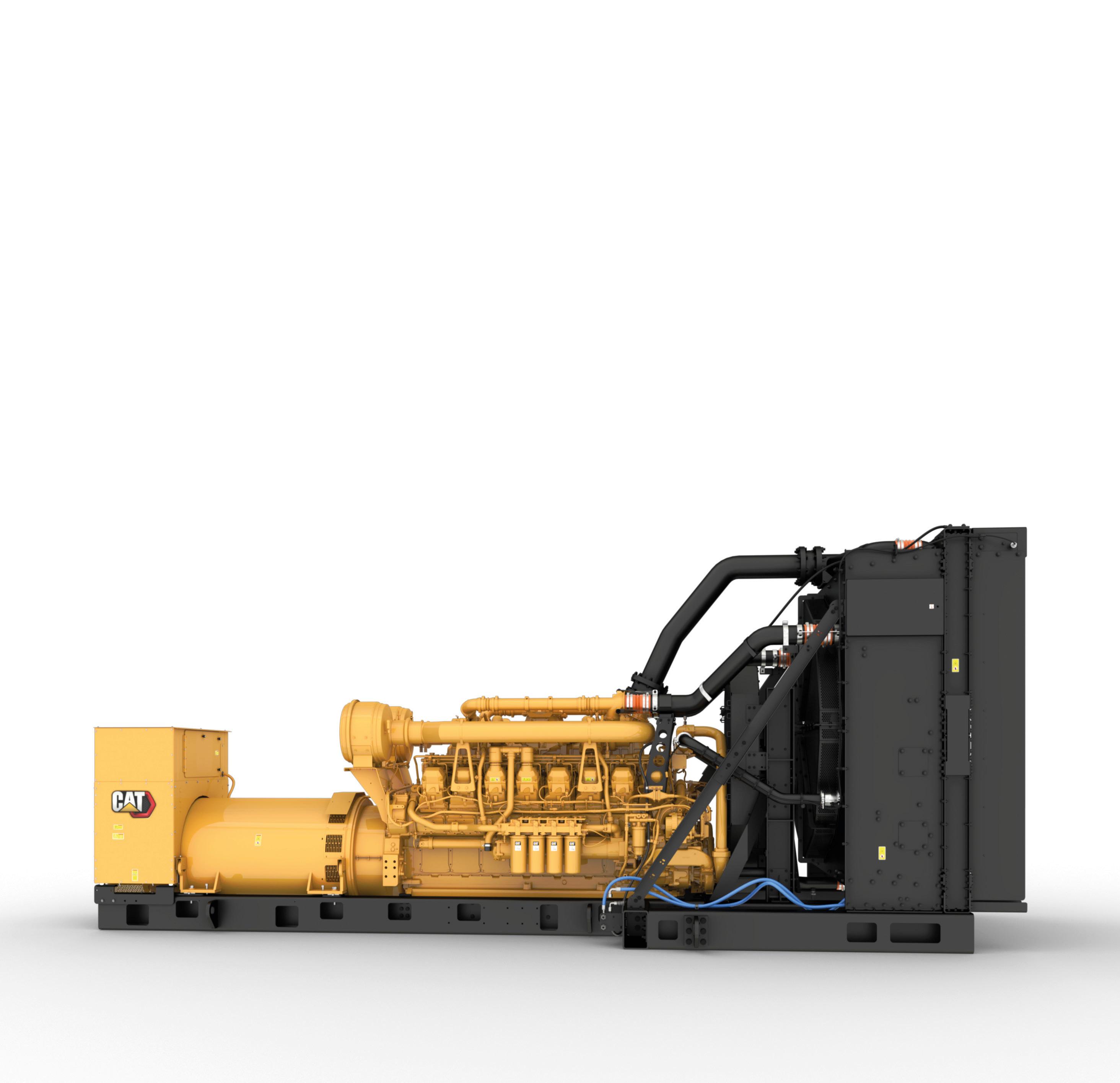
In sensitive application environments, a reliable power supply is crucial. Avesco-Cat emergency power systems are recognized for highest safety and availability. With our expertise in advanced exhaust aftertreatment, we set the standard for maximum emission reduction in emergency power systems. Avesco has been the market leader in Switzerland for more than five decades and has an installed base of more than 1,500 systems to date.
We are proud to be the partner of Green Datacenter on their journey in Switzerland.
For more information contact:
Gian Franco Broggi, Head of Sales Electric Power Diesel Phone +41 79 788 09 67 | gianfranco.broggi@avesco.ch
highlight problem areas, and identify practical solutions. But how exactly does this work, and what sorts of solutions are being dreamt up to meet targets?
The notion of collecting data to glean information may not be a new one, but it has – thanks to the ever-evolving nature of tech – become a much more efficient and worthwhile endeavour for businesses.
Switching from manual data collection and monitoring to new methods has culminated in vast swathes of data,revealing unique opportunities to streamline processes with sustainability in mind.
In late 2022, for example, Google reported that data collection had revealed its global data centre fleet consumed approximately 4.3bn gallons of water throughout 2021.
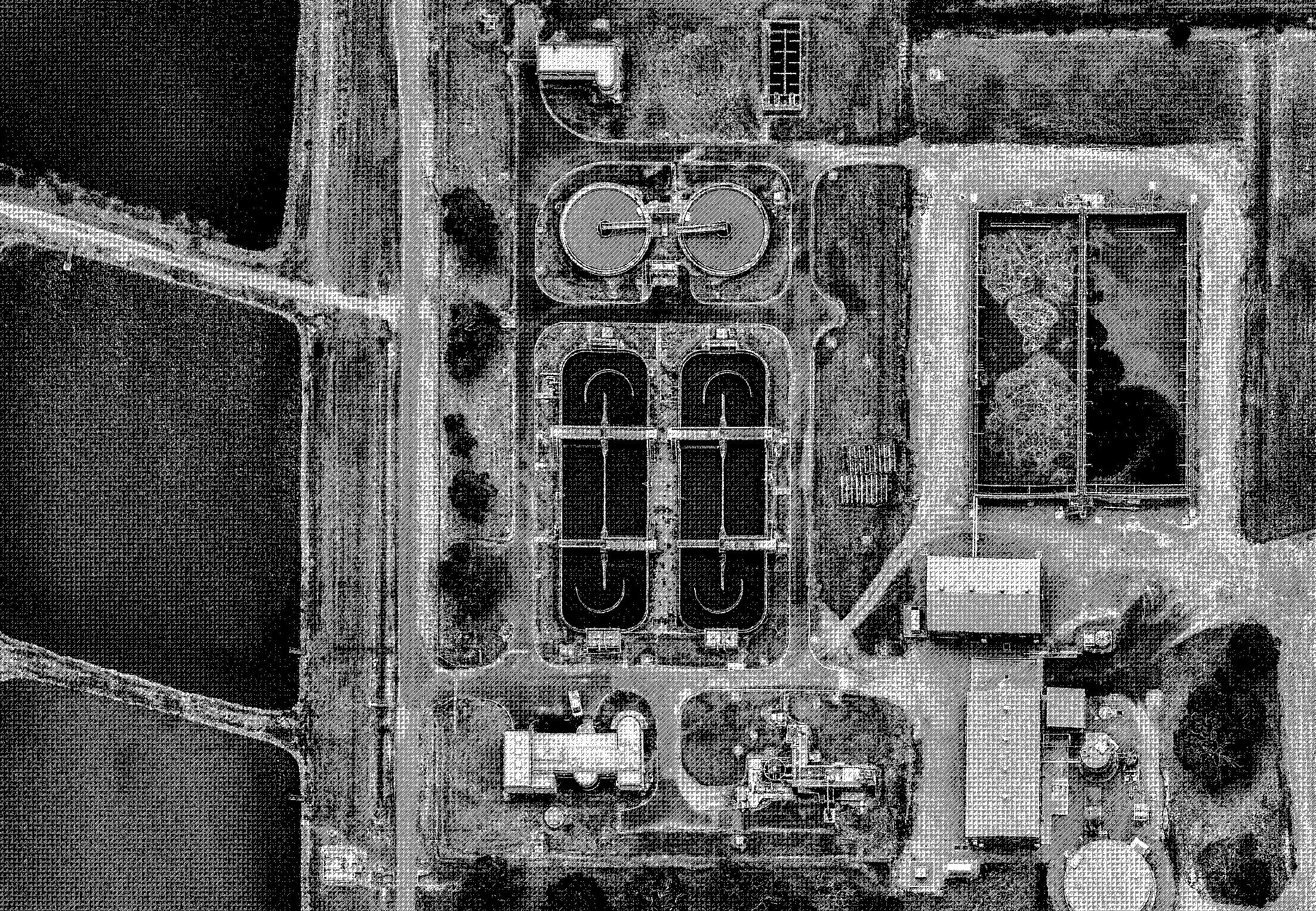
The tech giant has since announced measures to aid water recycling via wastewater, seawater, and industrial water sources to future-proof its fleet.
As well as aiding businesses’ sustainability measures, data can also help performance.
“Data is empowering providers to deliver better, more consistent utility supply to consumers, despite ever-increasing demand,” concurs Alastair MacLeod, CEO of Ground Control, highlighting the business benefits. “Companies failing to incorporate a robust data strategy into their business plan are likely to find themselves at a major competitive disadvantage in the very near future, if not already.
“Our recent paper, Data’s journey in shaping digital transformation in utilities, and what it all means, examined this very dilemma, and how far utilities companies have come in terms of collecting and analysing data to streamline their operations.”
“It’s these detailed insights into customer habits that does and will allow utilities to achieve maximum efficiency and customer satisfaction”
IoT generating data-informed decisions
One tech evolution that’s helping aid data centre sustainability is the Internet of Things. Characterised as a network of connectivity embedded with software and sensors for the collection and exchanging of data, IoT has the capacity to collect vast amounts of accurate, detailed insights.
Comprising millions of devices around the globe, the IoT helps businesses monitor their environmental impact so it can be mitigated. This may include noting outages, emissions, energy loss, or inefficiency in various processes or systems.
Storrar highlights some of the ways in which IoT-based data is helping sustainability:
• Replacing legacy technology
“As data centre equipment gets older, it typically becomes less energy efficient and requires more power to run. With newer, more energyefficient technologies available from manufacturers, many operators are choosing to upgrade their infrastructure to improve performance and save energy.”
• Virtualisation

“This allows multiple systems and functions to run on the same server, while also combining multiple servers into one.”
• Power-on-demand
“Using power only when it is needed is an approach that can be optimised through continuous monitoring and analysis. Tools are also available to help data centre operators reclaim unused power and distribute it to other areas of the facility, further reducing their reliance on power generation.”
Other environmentally-minded, efficiency-focused systems developed as a result of the IoT include electrical grids and gas distribution systems. Outages or supply interruptions are a headache for both consumers and providers, but smart grids – which are IoT-enabled – have the capacity to reduce these, aiding efficiency and, as a result, environmental impact.
MacLeod expands on an ongoing usecase: “The UK Department of Energy and Climate Change has invested heavily into its smart grid vision and route map – building a smart grid across the UK. Smart metres and sensors along grid lines transmit usage data to providers, enabling them to match supply with demand.
“Likewise, smart appliances can alter the times of electricity usage, avoiding peak times when pressure on the grid is high, resulting in lower costs and reduced risk of outages.
“It’s these detailed insights into customer habits that does and will allow utilities to achieve maximum efficiency and customer satisfaction. And, at a time of expensive grid updates, usage trends could prove invaluable to planning and prioritising engineering work, as well as the most efficient means of distributing utility supply.”
What’s more, IoT sensors allow for the real-time flow of energy through this grid to be monitored, recorded, and timestamped, automatically alerting of power outages or loss in real-time so maintenance can be conducted.
It’s important to note, however, that IoT data collection isn’t an infallible solution just yet – as Storrar highlights: “Connectivity has been identified as a common barrier to the full exploitation of the Internet of Things (IoT). Inmarsat’s 2021 report states that 58% of electrical utility providers are unable to

Vertiv experts predict that the following DC trends will likely come into circulation in 2023:
• Increased data centre regulations
• ‘Off-the-rack’ (colocation) shopping for hyperscalers
• Diesel generator competition, including new battery tech
• Alternative thermal strategies
• 5G meeting the metaverse at the edge

implement IoT projects due to availability of reliable connectivity in the areas required.”
AI empowering sustainable operations IoT’s partner in crime, artificial intelligence, also has a role to play in the data-based sustainability game – as Yuval Stein, AVP Technologies at TEOCO, says: “AI and data insights offer operators a 360-degree awareness of the network – including potential failures, which translates into anomaly detection and prediction.
“Operators can detect and predict anomalies in the network in real-time, as well as proactively fix issues before customers are negatively affected and their services are interrupted.
Additionally, AI can predict whether a similar problem will occur in future, taking steps to prevent and solve it in advance. This then improves performance and allows operators to deliver an optimal experience to customers.”
Combined with machine learning (ML), it can detect patterns, anomalies, identify root causes, and recommend remedial actions, with ML able to establish “a log of best practice actions for similar future events”.
Stein continues: “The advantage of this approach is that it allows network operators to establish a service operations model that is both dynamic and selfimproving. As more data sets are continually analysed, the operator is able to achieve

higher levels of accuracy and operational improvements.”

Together, Stein posits that they have the potential to “transform existing systems and processes”, though success relies on them being properly embedded in service operations.
Gartner predicts that by 2025, the volume of infrastructure strategies integrated on-prem, colocation, cloud, and edge delivery options will have reached 85% compared with just 20% in 2020, highlighting both the role and importance of connected ecosystems in data collection for sustainability.

“AI and data insights offer operators a 360degree awareness of the network, including potential failures, which translates into anomaly detection and prediction”
TERRY STORRAR MANAGING DIRECTOR, LEASEWEB UK

Mark Pestridge, Senior Director of Customer Experience at Telehouse, emphasises this: “The ability to access connected ecosystems will be critical in helping organisations to extend network reach, reduce latency and costs, and improve performance – particularly as user and infrastructure demands continue to grow.
“Having a data centre that is secure, power dense, and highly connected will become increasingly pivotal in enabling enterprises to quickly ingest and process data, gaining an edge over the competition. With the right data centre partner, businesses can build the essential infrastructure foundations and connections to thrive in this new, interlinked landscape.”
With growing connectivity, the future of data-driven sustainability is looking bright: 82% of business leaders surveyed by Inmarsat state that IoT is critical to improving ESG outcomes, with 80% planning an increase in their use of IoT solutions over the next 12 months.
However, though data-driven initiatives and systems have the potential to aid DC sustainability, it’s vital that organisations seek to avoid misleading statements about their impact, which could be deemed ‘greenwashing’. To ensure that this doesn’t occur, it would be prudent for the data centre community around the world to work together to form a set of regulations that will aid management.
With the variety of data available continuously expanding – along with the methods of collection – resulting data centre sustainability-focused innovation could be an industry game-changer.

AD FEATURE

WRITTEN BY: JOSEPHINE WALBANK
PRODUCED BY: LEWIS VAUGHAN

EXA Infrastructure (EXA) owns and operates the most extensive dedicated infrastructure footprint connecting Europe and North America. Since launch in September 2021, EXA has worked tirelessly to expand its global presence in pursuit of its clear aimto become the undisputed pan-European and transatlantic data centre to data centre connectivity provider.
The digital infrastructure provider focusses on data centre to data centre interconnectivity, enabling core to edge data distribution and core to core connectivity across all major European data centre markets. Not only has EXA established a critical position in the key FLAP market, but it is also relied upon by data centres players throughout Europe’s emerging Tier II & Tier III markets, including the Iberian Peninsula, the Nordics, and Central, Southern and Eastern Europe.
So, to find out more about the role EXA plays in data centre interconnectivity, and its predictions for the future of these critical markets, we spoke to two experts in the team driving the company’s inter data centre initiatives: Pravdomir Dobrev, Senior Product Manager, and Georgi Lesov, Network Investment Manager.


A leading pan-European, transatlantic connectivity provider One of EXA’s key market differentiators is the sheer size of its established and growing network.
“Our network is an impressive panEuropean digital platform with over 500 Points-of-Presence (PoPs) globally. We own and operate three transatlantic cables, including the fastest and lowest latency link between London and New York. EXA has considerable presence on the east coast of the United States and in Canada too.” Lesov explains.

“Customers can rely on us to continue to expand into new hubs and geographies as they emerge. We always strive to be our customers’ growth enabler”
GEORGI LESOV, NETWORK INVESTMENT MANAGER, EXA INFRASTRUCTURE
The focus of Lesov’s team is on strategic network investments, with Lesov looking after the CEE and Nordic regions. Lesov is also responsible for overseeing data centre interconnectivity with a global lens.
Dobrev’s role is the management of the colocation product line and supporting EXA’s growth strategy in the colocation market space. Since launch, EXA has connected – or is in the process of connecting –tens of new strategic data centres across Europe and North America, with the former spanning considerably beyond the region’s traditional markets.

TITLE: NETWORK INVESTMENT MANAGER
COMPANY: EXA INFRASTRUCTURE
Georgi Lesov is currently a Network Investment Manager within EXA Infrastructure, and is focused on CEE as a region, but also DC-to-DC connectivity globally.

Georgi has been with the company long before it became EXA. He joined, back in 2016, what was then Interoute. Over the past 7 years, he has spent time in Operations, Access, Product and most recently, Strategic Investments – the latter he describes as the most exciting position yet. Prior to that, he was a Project Manager for a local software company and before that was backpacking his way through South-East Asia. Interesting fact – Georgi also graduated from South Bank University in London with a BA in International Politics. He did his MA in European Public Policy at King’s College London.
“The dedicated data centre interconnectivity programme – which we launched a few months after the launch of EXA and is still ongoing today – enables us to take a more proactive approach to capital deployment, building into key strategic data centres ahead of customer orders, rather a game of “pin the cost on an anchor customer,” Lesov explains.
“We look at each data centre individually, by focusing on size (in terms of MW and floor space), power density, PUE, age of the facility, future scalability, and many other
factors, which are all part of our due diligence process. Then, once a candidate site has made it to the shortlist, we execute within a few months, and bring the site online.”
EXA also proactively surveys its customers, to understand where they need their sites to be – not only today, but in one, three- and five-years’ time. EXA aims to be amongst the first movers in these locations. Operating in such a strategic way not only enables EXA to grow with its customers but it means EXA is also driving industry developments.
“It’s a positive mutualism,” Lesov says.
EXA also offers a set of professional services for customers and partners needing help, for instance with designing and building Cable Landing Stations (CLSs) and other key network nodes. EXA has experience in building, operating, maintaining, and the service assurance for those sites, with years of expertise. Those services and sites, as Lesov describes, are the glue that joins the pieces of the puzzle together, thus allowing EXA to be a onestop-shop for its customers and align its operations to their growth plans.
TITLE: SENIOR PRODUCT MANAGER
COMPANY: EXA INFRASTRUCTURE
500+ Points of Presence
Pravdomir (Prav) Dobrev has joined EXA Infrastructure as a Senior Colocation Product Manager and has over 8 years of experience in the data centre industry. His former role includes Senior Global Product Manager, Colocation at Digital Realty where he oversaw the core product lifecycle and in the last few years, their product integration with Interxion. Prior to this, he worked as a Senior Engineer at Romonet where he consulted hyper-scale and large enterprise DC operators on energy management and sustainability. He holds an MSc in Data Science from Birkbeck College London, and BEng
3 Transatlantic cables
(Hons) in Building Services Engineering from London South Bank University. He is a member of the Institute of Engineering and Technology (IET).

34 Countries
13 Tier 3 equivalent datacentres
As can be seen from the recent flurry of AI chatbot launches, advancing interconnectivity between data centres is a rapidly growing need, which is proving critical to fostering the successful growth of the industry at large.
“This year in particular, one of the top trends that we’re seeing is enterprises looking into more distributed types of workloads” Dobrev explains.
“Essentially, it’s no longer the case that all enterprise applications are only positioned in the cloud. So, to be able to serve increasing distributed workloads, core colocation sites and edge sites, connectivity providers need a reliable and low latency network infrastructure. That’s why EXA and its services are playing a key role”.
build directly, or in geographies that we don’t see it as commercially viable, and our partners do the same with us. This means we help each other but also challenge each other and push each other to do better.”
300+ Cities Connected
As discussed, the growth of data centre interconnect services is linked to the increasing demand for higher bandwidth associated with technologies’ advances, such as the Internet of Things (IoT), machine learning etc. This has triggered the need for linking data centres in a reliable and cost-effective way.
<59 ms
“We are a B2B-focused business, so we work very closely with all the major telecom operators and carriers as well as small, medium and large tech companies needing to connect to them. We leverage existing partner networks where we can’t
If we take Europe as an example, the European data centre market set to grow by 6.7% from 20182028, and a projected 2.86% CAGR predicted for the FLAP market from 2021-2027. And this trend shows no sign of slowing down.
Being able to respond quickly to this demand is what EXA strives to achieve by investing where its existing or future customers need PoPs.
“In the traditional markets, particularly FLAP, there is still a large amount of growth (these cities dominate in terms of population and GDP) but this is also, obviously, where there is the greatest amount of legacy investment to capitalise, and hence competition”. Lesov states.
“This is a growing trend, and we expect to see more capacity coming online throughout 2023. However, it’s important to note that other European markets are also growing considerably, with plenty of edge nodes to improve end-user experience as well as new interconnection points coming online – between continents. This will be a game
“This year in particular, one of the top trends that we’re seeing is enterprises looking into more distributed types of workloads”
PRAVDOMIR DOBREV, SENIOR PRODUCT MANAGER, EXA INFRASTRUCTURE
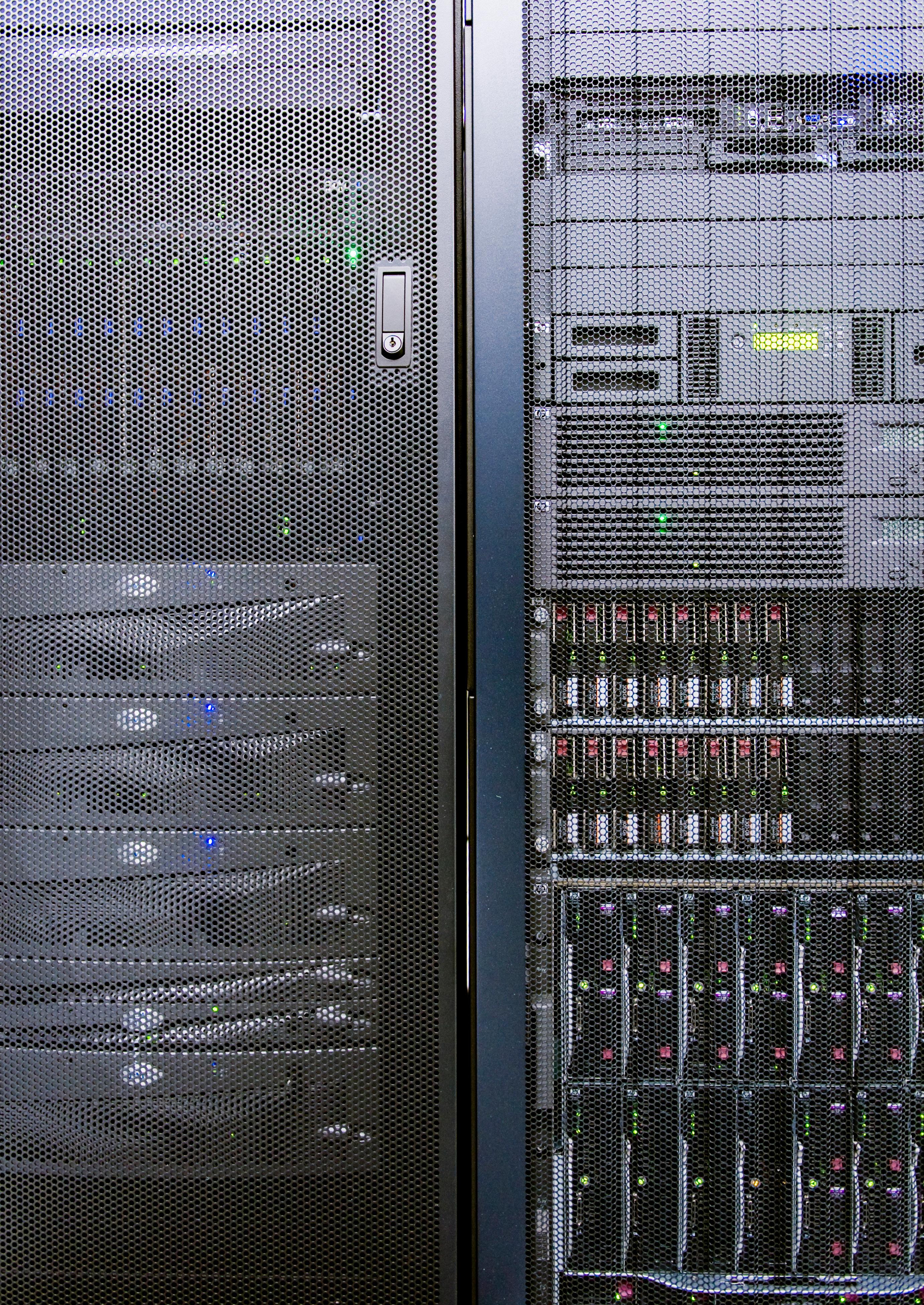

changer for the industry over the next few years, in colocation and in connectivity” Dobrev explains.
EXA’s works hard to make sure that that growth at the edge comes with the resilience the industry needs – something it does through it’s drive for constant route diversification.
“There are parts of Europe that are data centre and networkdense and where supply often exceeds the demand, challenging returns. The solution for us at EXA Infrastructure lies in creating extra diversity when it comes to routes, introducing the latest network technologies, and building greater resilience overall” Lesov states.
In the case of more emerging markets – such as Southeast Europe and the Mediterranean – though, the situation is dramatically different. “It’s more about who takes the risk and aspires to be the first mover, taking ownership in building routing diversity. It sounds like a cliché, but at EXA, we don’t just think about the future – we invest and work to create it” Lesov adds.
Dobrev provides another example of the diversification taking place in the industry: “let’s think about the success story of Marseille that over the years has become the world’s ninth largest internet hub, with links to 15 international subsea cables.”
“Enterprises across the continent continue to leverage Marseille as a low latency gateway to Africa, Asia, and the Middle East. But recently they started looking to diversify away from Marseille and invest in places like Barcelona, Athens and other location points along the coast of the Mediterranean, such as Southern Italy. Diversification increases security and creates more competition in attracting the future big projects.”
“Simply put, if data centres exist on their own – if they’re not connected to the rest of the world – then they don’t have much value.” Dobrev says. “That’s why they need backbone architecture enablers, like EXA, to connect them to other customers and hubs. The greater the number of locations that we establish a presence in, the higher EXA’s value is as a partner to our customers and the industry as a whole.”
Quite a few of these projects and diversified routes are still in the planning or building stage, but when they will be ready for service, they will attract considerably more sub-sea cables and require solid and redundant connectivity solutions. This is what makes EXA’s growth and investment in its network so important and forward looking.
EXA is uniquely positioned to capture emerging connectivity demand waves due to its network presence in both the mature, growing and early-stage markets. This is a key strategic strength in the data centre interconnectivity play.
EXA is proud to be the industry challenger, a flexible and solid organisation willing to meet its customers’ bespoke connectivity requirements.
Lesov adds: “Customers can rely on us to continue to expand into new hubs and geographies as they emerge.”
“We always strive to be our customers’ growth enabler. It can be either technically or commercially, but we help our customers win in the market.”
114,000 Route kilometres fibre networkKevin Restivo, Director of Data Centre Research at CBRE, shares insights and predictions garnered from his supply-demand analyses of EMEA markets
The data centre industry is largely unique, in that it has absolutely no qualms regarding demand.
The current state of the world’s economy has impeded almost every other industry to varying degrees, but in comparison, data centres are struggling to manage the extent of the investment and expansion demands that they are being presented with.

The problem here, however, lies in finding and securing appropriate land for expansion. In the metro markets, it is becoming increasingly harder to find the land you need, regardless of whether you're a data centre developer or you're trying to build homes. But, considering the amount of power that data centres need and their phenomenal growth targets, meeting the demand of the industry's largest customers is becoming a major challenge.
To devise growth strategies that successfully manage this situation, data centre providers are increasingly relying on data insights.
WRITTEN BY: JOSEPHINE WALBANK






















GENIUS Modular Data Centers are purpose-built, compact, economical, energy-efficient and quick to deploy with an impressive speed to market of five to eight months. GENIUS delivers the flexibility of a stick-built data center for edge or colocation providers while enhancing cloud computing operations, reducing carbon footprints and lowering CapEX costs.
Learn more >
To better understand this approach and its value, we spoke to Kevin Restivo, the Director of Data Centre Research at CBRE, who leads the company’s globallyrecognised data centre research team.
Data centre build plans, cemented by data Restivo’s team conducts supply-demand analyses of the European, Middle Eastern, and African data centre markets.



“Our heritage is the FLAP markets, so the top five markets of Europe. That's what we're best known for, but we have rapidly expanded our geographic coverage across other global regions,” Restivo explains.


Historically, CBRE has focused on European markets and, while that's still where the company has the most robust data, it has expanded its coverage considerably over the past year. Today, it has asserted itself as a leading EMEA data centre research provider.
“We essentially help data centre operators, investors and governments to plan and make decisions as to where they're going to set up shop, where they're going to build their next data centre or – in the case of occupiers – where they may want to make space,” outlines Restivo.
“At its core, we help decision-makers and organisations come to the conclusions that they need to arrive at.”
For Restivo, CBRE's market differentiators in this area lie in the strength of its dataset and the rigour with which it collects the data.
“I would say there are a number of differentiators, but the age of that dataset and the robustness of it are what sets us apart,” Restivo explains.
“We're able to deliver data-driven insights that others may not be able to – or certainly not to the same degree – because of the way we collect the data and the tenacity with which we've done so over the last 25 years.”

Given the current climate – where the data centre market is threatened by build restrictions, as well as land and power shortages – the data provided by CBRE has never been more valuable.
“Capacity is increasingly difficult to source, as is the land upon which your organisation's operators want to build those data centres. So, sourcing that land and understanding how the markets are operating and the cost of entry is, I would say, an increasingly difficult proposition. Power is also an issue as well,” Restivo advises.
“So, our team helps organisations better understand where they can build or where they can expand appropriately, where that land is suitable, and so on.”
Alongside this, data can also help data centre providers to better understand where they can best source capacity, within reasonable proximity of their availability zones.
“The strength of our dataset and the rigour with which we collect the data is certainly our number one differentiator”
KEVIN RESTIVO DIRECTOR OF DATA CENTRE RESEARCH, CBRE
“Those availability zones matter when they're choosing their operating partner, or when they're looking for capacity. And since they're driving the market, they need to be able to understand where there's appropriate land, and their operating partners need to be able to work in concert with them to make those decisions,” Restivo asserts.
The definition of metro markets is currently undergoing considerable changes, as a direct result of the current build
constraints, coupled with the increasing difficulty of sourcing available land and securing power.
In fact, as Restivo explains, you could go across any metro market in Europe and find that there are varying degrees of difficulty when it comes to securing power.
“In the next three years, you're going to see a real change in the top five markets of Europe.
“Due to the fact that the constraints that industry players are faced with are so prominent, they are having to look outside of areas where they've typically built before.”






As a result, providers are having to rapidly identify new areas to build to ensure the capacity that their customers require is going to be made available to them in the required timeline.
“A good example would be the south of Paris: it has typically been, I would say, underdeveloped, or it has not been as revered or as valued as the north of Paris. But, the north is considerably constrained – land, as I've mentioned, is considerably more difficult to source there. Plus, the Olympics are coming to Paris next year, and that has put additional pressure on available land,” Restivo outlines.
In comparison, there is plenty of available land in the south of Paris. So, developers have been forced to shift their attention towards this less popular area.
“As a consequence, we've seen a real migration of development there. These massive campuses in the south of Paris are now being built as a result, and DATA4 was really a forerunner of that trend.”

“ The definition of metro markets is changing, because of the constraints, and how increasingly difficult it is to source available land and secure power”
KEVIN RESTIVO DIRECTOR OF DATA CENTRE RESEARCH, CBRE
“People often scratch their heads and ask, ‘Why would you build there, when you really should be in the north?’. Well, in fact, it turns out that they were quite prescient. And there are others that have followed suit since then.”
To help data centre providers manage the hurdles and anticipate the shifts in these markets, key applications of CBRE’s research are its vacancy rate data and its in-depth analysis of data at the sub-market level.


“If we focus on Dublin as an example, Grange Castle is the biggest sub-market, as far as data centre capacity goes. If you include hyperscale self-builds and co-location data centre capacity, it is easily the largest sub-market in Dublin. The reason I'm mentioning that is that vacancy also happens to be lowest there, too. If you go out there, it's hard to swing a cat without hitting a data centre.
“It's particularly constrained in that area, making it very hard to expand there. So, as a consequence, those that have built there are looking at other sub-markets in Dublin.
And this is precisely where the value of CBRE’s data really shines.
“You might have a sense of what's happening there, but we would validate those assumptions, with our data. Then, people can make those planning decisions or decisions to develop, with our support.”
As cyber attacks continue to rise, the need to assess and advance the cybersecurity policies being deployed in data centres has never been more pressing
ccording to Deloitte's 2023 Global Future of Cyber survey, it’s critical that organisations embed cybersecurity strategies within their wider growth plans.
Building cybersecurity in the foundations of digital transformation is, in fact, an essential component of success for any organisation with a digital or technological presence.


According to the results of the annual survey, 91% of organisations surveyed reported at least one cyber incident in the past year – a 3% rise on the figure of the previous year.
What’s more, a staggering 56% of respondents report that, to a either a moderate or large extent, they suffered from related consequences.
WRITTEN BY: JOSEPHINE WALBANK

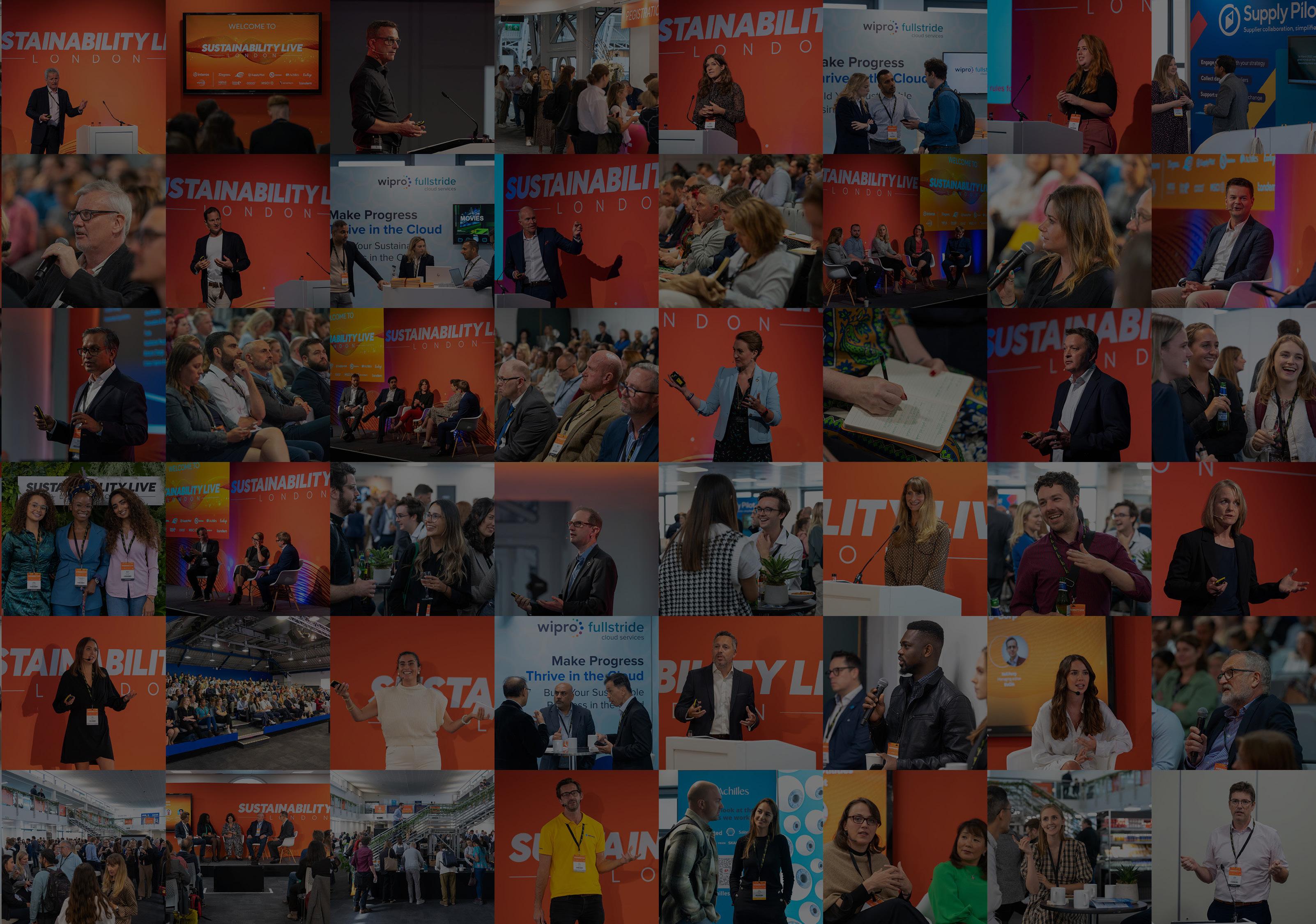
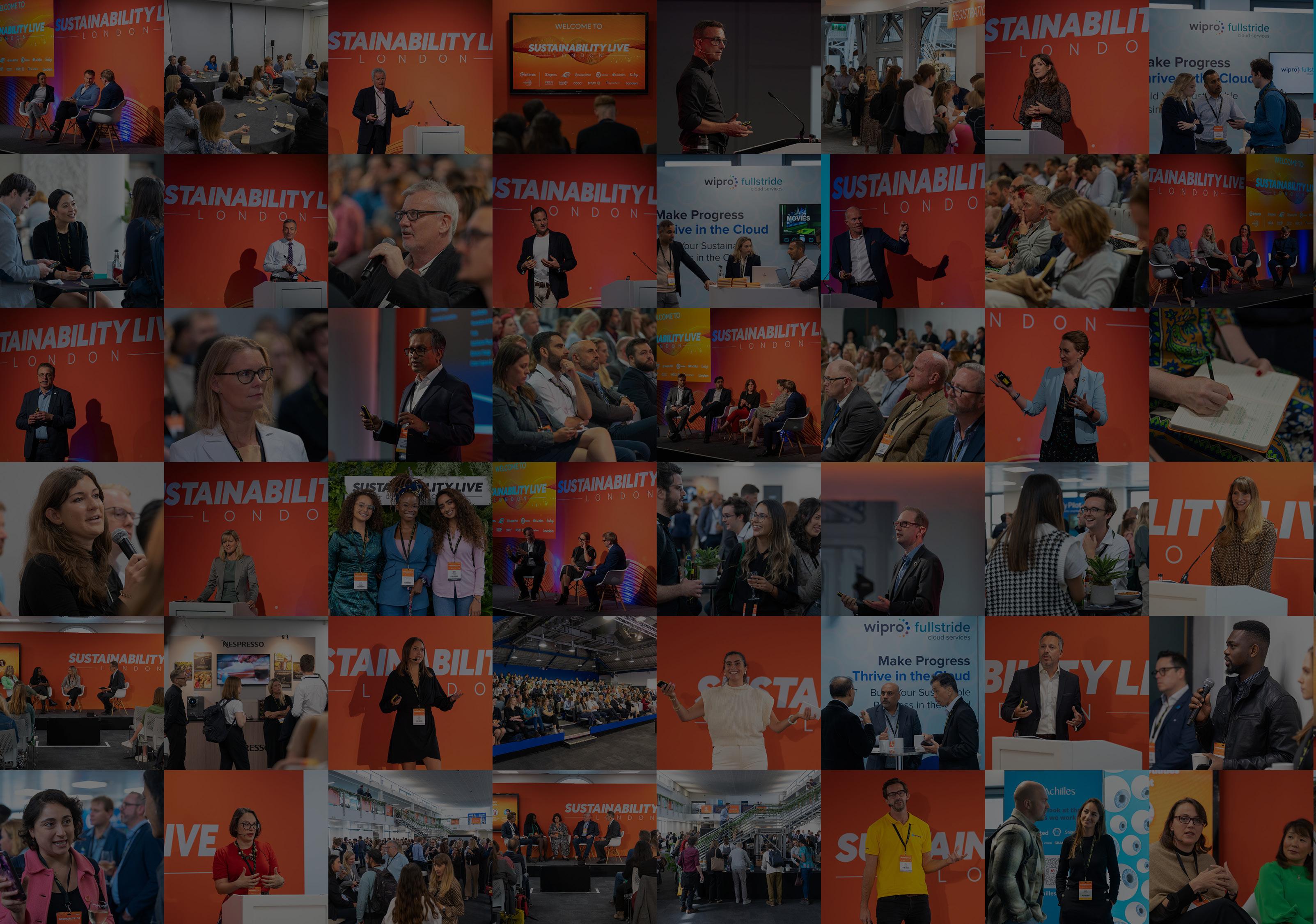
6 - 7 September 2023

Business Design Centre, London
SPONSORSHIPS GET YOUR PASS
On the flipside, the report also reveals that an impressive 86% of cyber decision-makers say their focus on cyber has made a significant, positive contribution to their business.
As cyber attacks across the world show no signs of halting – or of growing less detrimental to many, if not all, business functions – the importance
of building resilient, flexible, and advanced cybersecurity policies is critical.
The need for, and biggest hurdles to, cybersecurity policies
Cybersecurity is, in general, the focus of a lot of attention at present, with a new wave of cybercrime consistently making headline news.
“It can get very busy, with a lot of different projects taking place at the same time. Perhaps ‘organised chaos’ is a good way to describe it?” questions
Jason Kent, Director of Open Seas.
“High-profile cyber attacks have shown that no company is too big to fall victim and only highlights the fact that many companies are still unequipped to deal with the modern cyber-threat landscape, where breach prevention is becoming

“Unfortunately, organisations are in an arms race with the threat actors they are facing. In an ideal world, cyber economics and spending should evolve faster than the cyber threats it’s being allocated to counter”
increasingly difficult,” agrees Brian Martin, Head of Product, Strategy, and Innovation at Integrity360.
Yet, in many organisations, overcoming the skills shortage and finding the talent required to implement a cybersecurity policy is one of the biggest challenges to face.
“The challenge here takes somewhat of a ripple effect in practice. The first hurdle for many organisations is finding qualified employees to protect their critical IT systems. In reality, 39% of companies struggle with SOC staff shortages and finding qualified employees,” Martin explains.
“The shortage of staff not only reduces the effectiveness of an organisation's cybersecurity defences, but also places a tremendous burden on small teams that are expected to process an extremely high volume of alerts, with limited access to the tools or employees necessary to do this effectively.”
In fact, according to a recent survey of IT and SOC decision makers, 51% feel their team is being overwhelmed by the volume of alerts, while 55% admit they aren't entirely confident in their ability to prioritise and respond to them. For the data centre industry, navigating these challenges will require not only automation, but a more effective and efficient deployment of existing human resources. To this end, two of the approaches that are most commonly being deployed in the industry are Managed Detection & Response (MDR) and zero-trust policies.

One of the most widely adopted solutions – which is helping providers to successfully get ahead of the threat landscape – are MDR services.
“With data breaches becoming more difficult to prevent, it is essential to rapidly respond to security incidents to reduce the potential impact on business continuity or data security,” Martin explains.
“The most effective way to decrease incident response time is with an MDR service, which provides 24/7/365 support from a remote SOC that helps companies detect and respond to threats ASAP.”

The popularity of MDR solutions is largely due to their high degree of effectiveness at combatting and containing many of the biggest threats to data centre cybersecurity, such as ransomware attacks, advanced malware, insider threats, supply chain compromise, and phishing.
“MDR provides enterprises with all the support they need to detect and respond to the next generation of cyber threats. Rather than paying to maintain an on-site SOC, paying a single monthly service fee and having a team of security analysts on-call to help means that security incidents can be detected, investigated, and contained, significantly reducing the chances of damaging data leaks and business-impacting downtime.”
Another of the most popular cybersecurity policies that data centres are adopting is the zero-trust framework.
“Technically speaking, a zero-trust network (ZTN) is a security model that maintains strict access controls and does not trust any device, user, or process by default, even if connected to a permissioned network,” Kent explains.
“This approach advocates mutual authentication and provides access to the network, based on the confidence of device identity and device health in combination with user authentication.”:
it turns your data into information on the cloud, rather than allowing your users to have access to the hard assets, and makes it of value if only used for a specific reason,” Kent adds.
“This is also better for data centres than other older solutions, because it’s much easier for the administrators to manage the flow of information between the data centre and end-users with less manual approvals of software updates, data access requests, and similar headaches.”
By establishing these access restrictions and implementing them on a company-wide scale, data centres can significantly reduce the threat of a breach.

“This is why businesses need to put a gap between their data centre and end-users – whether it’s employees, remote workers, or contractors – so that the data centre is never exposed. This is where a zero trust model works best,” Kent explains.
“It’s a hard job because you need to find a balance between building a wall around your data and allowing your employees to work, but models like this make it significantly easier.”

“ This is why businesses need to put a gap between their data centre and end-users – whether it’s employees, remote workers or contractors – so that the data centre is never exposed”
JASON KENT DIRECTOR OPEN SEAS
We spotlight the top 10 women who are revolutionising the sector and changing the game for women in data centres, cloud & technology
WRITTEN BY: JOSEPHINE WALBANKAccording to a recent survey conducted by the Uptime Institute, over 75% of data centre operators said that their workforce consists of a maximum of 10% women. What’s more, almost a quarter don’t have any women in either their design, build or operations teams.
It’s a story that’s as old as the sector itself – women have, historically, represented a very minor portion of the data centre industry.
But the last few years have proved critical in turning this tide. Today, not only are we seeing more and more women supported in the transition to a tech career, but the proportion of women in senior leadership positions is rising along with it, too.
And it’s the influence of these ten industry-leading women that has played a pivotal role in bringing about such a long-awaited shift.
10
Natalya Makarochkina SVP
Schneider Electric
As Senior Vice President of the Secure Power Division at Schneider Electric, Natalya Makarochkina is a passionate executive with a wealth of expertise in leading successful transformations within the IT, software, and energy management industries. Her mission is to lead over 1,000 seasoned professionals who support Schneider Electric's customers and partners in their digital transformation journeys and the achievement of sustainability goals in an All Electric World.

09
Dana Adams is the COO of AirTrunk and has been working in the data centre industry for over 15 years, having a critical influence in global markets spanning North America, Europe, and Asia-Pacific.
Before joining AirTrunk in 2018, Adams previously held senior leadership positions at Iron Mountain and Digital Realty, and has contributed to data centre projects representing over 1GW of capacity.

Funke Opeke is one of the leading voices in African data centres, and a hugely inspirational figurehead for women in the regional market (as well as the wider data centre industry).
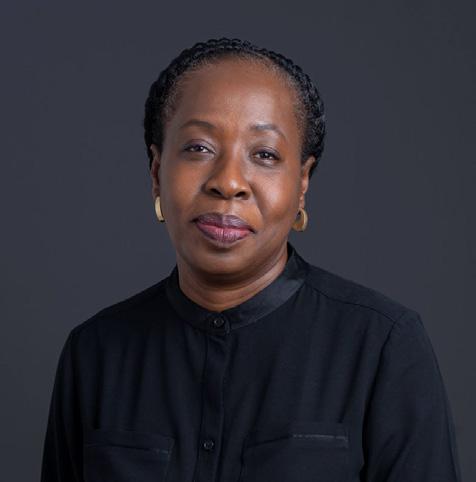
She is the CEO of MainOne, a Lagos-based telecoms company, and the leading communications services and network solutions provider in West Africa.
Prior to joining MainOne, Opeke also held the position of Chief Technical Officer of MTN, was an Executive Director of Verizon, and worked in the American telecoms market for over twenty years.
In 2020, Yali Z Liu was awarded the role of Executive VP for Network & Strategy at Chayora. Chayora is a data centre developer offering world-class hyperscale and scalable digital infrastructure solutions. Its client base includes companies from across the world – including a number of Fortune 500 names – pursuing an expansion into the Chinese market.
Yali has over 15 years of experience in strategic and operational leadership roles, in the spheres of global internet, cloud and data centre development. She also previously held the role of Executive Director at Verizon.


Michelle Zatlyn is indisputably one of the most successful and influential women in cybersecurity.
She is the Co-Founder (alongside Matthew Prince and Lee Holloway, who she met during her time studying at Harvard Business School), President, and Chief Operating Officer of Cloudflare.

The cybersecurity firm was founded in 2010 and has since grown to become one of the world’s largest networks. In fact, millions of internet properties are already on Cloudflare, with the platform powering internet requests for millions of websites and serving around 39 million HTTP requests every single second.
She also ranked at number 35 in Forbes’ 2022 list of America's Self-Made Women.

With over three decades of experience in the data centre industry, exceptionally few in the industry boast either Susanna Kass’ data centre knowledge or her sustainability credentials.
Not only is Kass an Energy Fellow at Stanford University, but she is also the Co-founder of InfraPrime, and a Data Centre Advisor for the UN SDG Programme.
At InfraPrime, Kass enables countless organisations to realise their goals of carbon neutrality.
At the start of this year, Google promoted the former head of its international cloud business to the role of President of Google Cloud International.
Now in the company’s leading sales job, Adaire Fox-Martin has over 25 years of experience in the business-technology sector.

Prior to this role, she led the organisation’s EMEA region, served on the Executive Board of SAP SE, and held a number of key leadership roles at Oracle.
Fox-Martin is renowned for her extensive social entrepreneurship work. In addition to being the Global Executive Sponsor for Google’s Social Enterprise, she is also the Founder of One Billion Lives, and serves as the Global Buy-Social Ambassador for Social Enterprise UK.

At the helm of one of the largest, most influential technology and cloud companies in the world is Safra Catz.

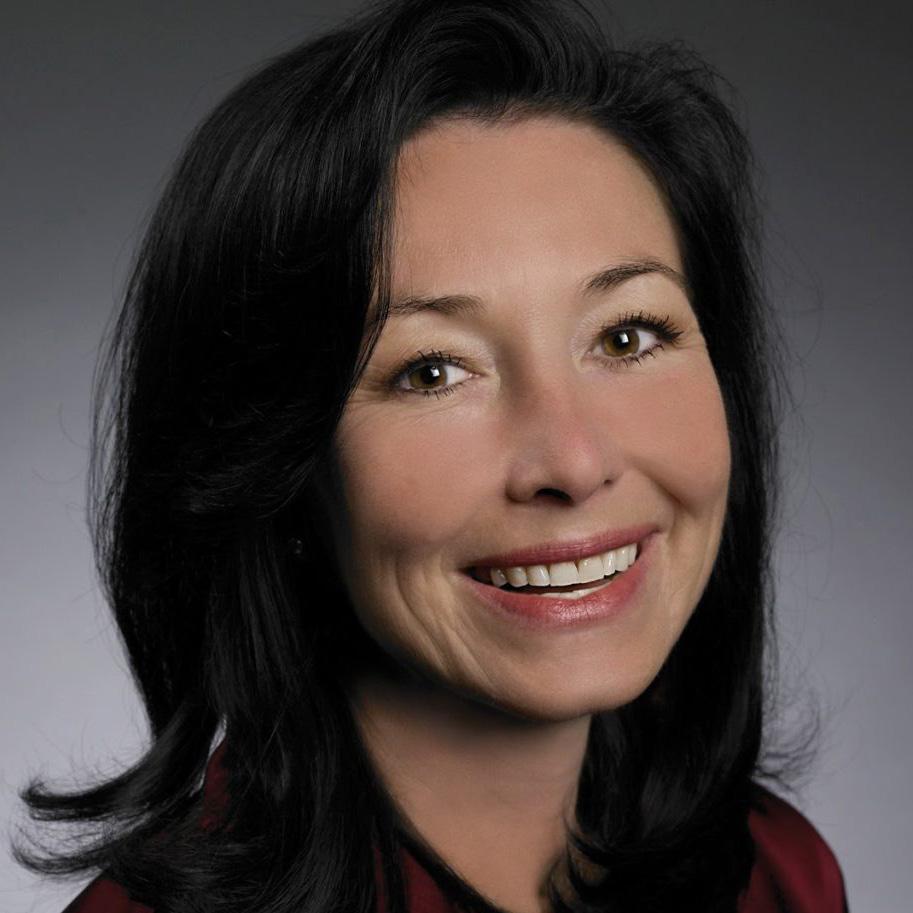
In September 2014, Catz was awarded the joint CEO role (alongside Mark Hurd). Then, five years later, she became the company’s sole CEO.
Catz is one of the most influential and renowned female CEOs in the entire global tech industry, even securing a place in Forbes’ The Richest in 2022 world billionaires list.
“
The fact is you can recover from being stupid, but you can never recover from being a liar. Integrity matters. Don't be afraid to look stupid, but never let your integrity be compromised”

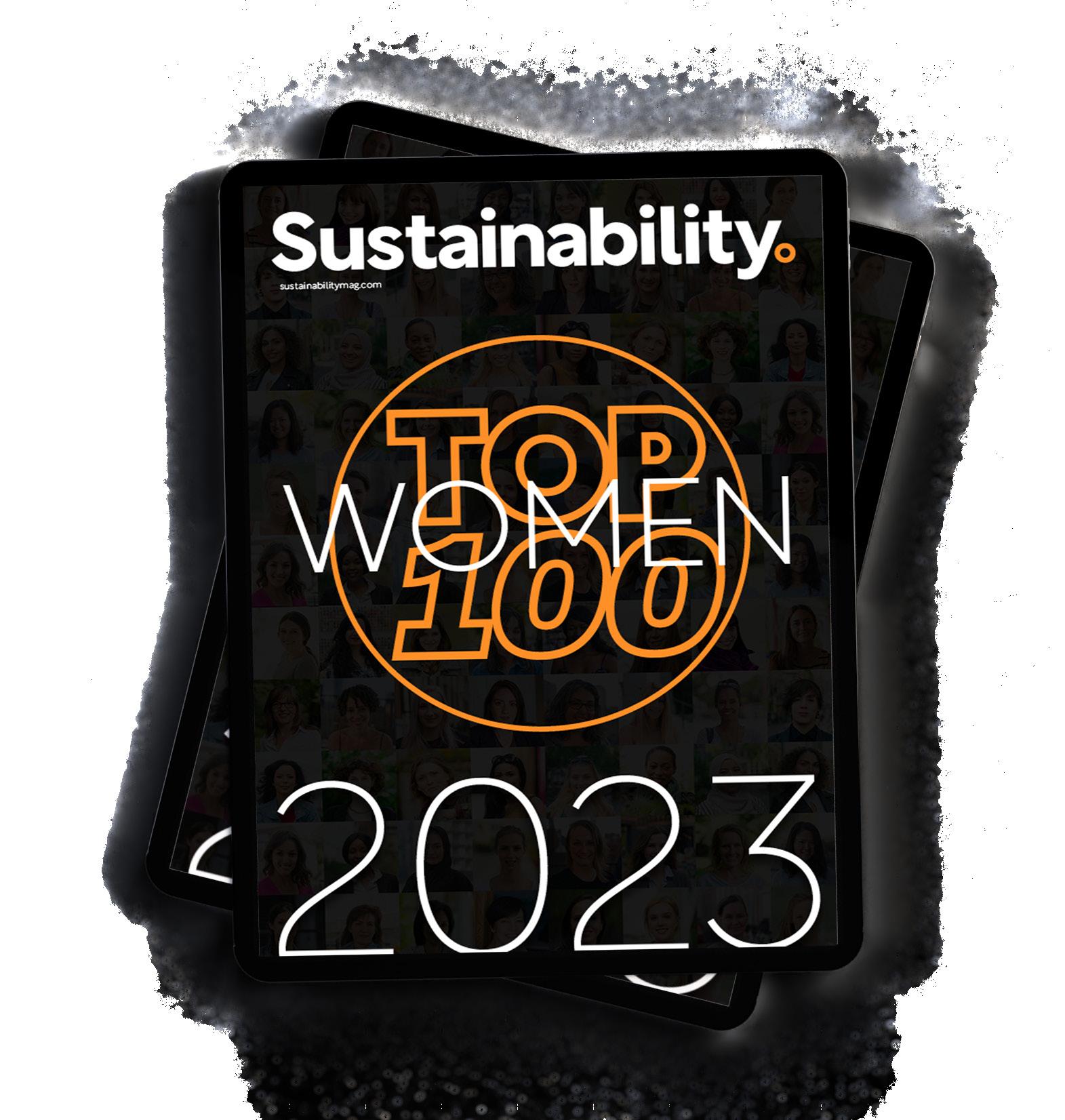




Laura Ortman was appointed as Cologix’s new CEO in 2022 by the company’s Board of Directors.

Prior to this, she held the roles of Co-President and Chief Revenue Officer within the company. Her career represents over 25 years of experience in technology and executive leadership positions with some of the industry’s largest names, including Equinix and VMware.
Ortman is the company’s first CEO, and she holds DE&I as one of her top leadership priorities.
“Currently, Cologix has more than 50% female representation on its leadership team.
I also spearheaded the company’s first employee resource group, Cologix Women’s Connection Network, where we have over 90% participation. Last year, we formalised our DEI initiative programming to help drive our diversity programmes forward,” Ortman explained, in an interview with Jaymie Scotto Cutaia of JSA TV.
“I also want to set an example for my two daughters and for girls who aspire to get into the technology field or business and leadership positions. They essentially can accomplish anything they aspire to in the future.”
